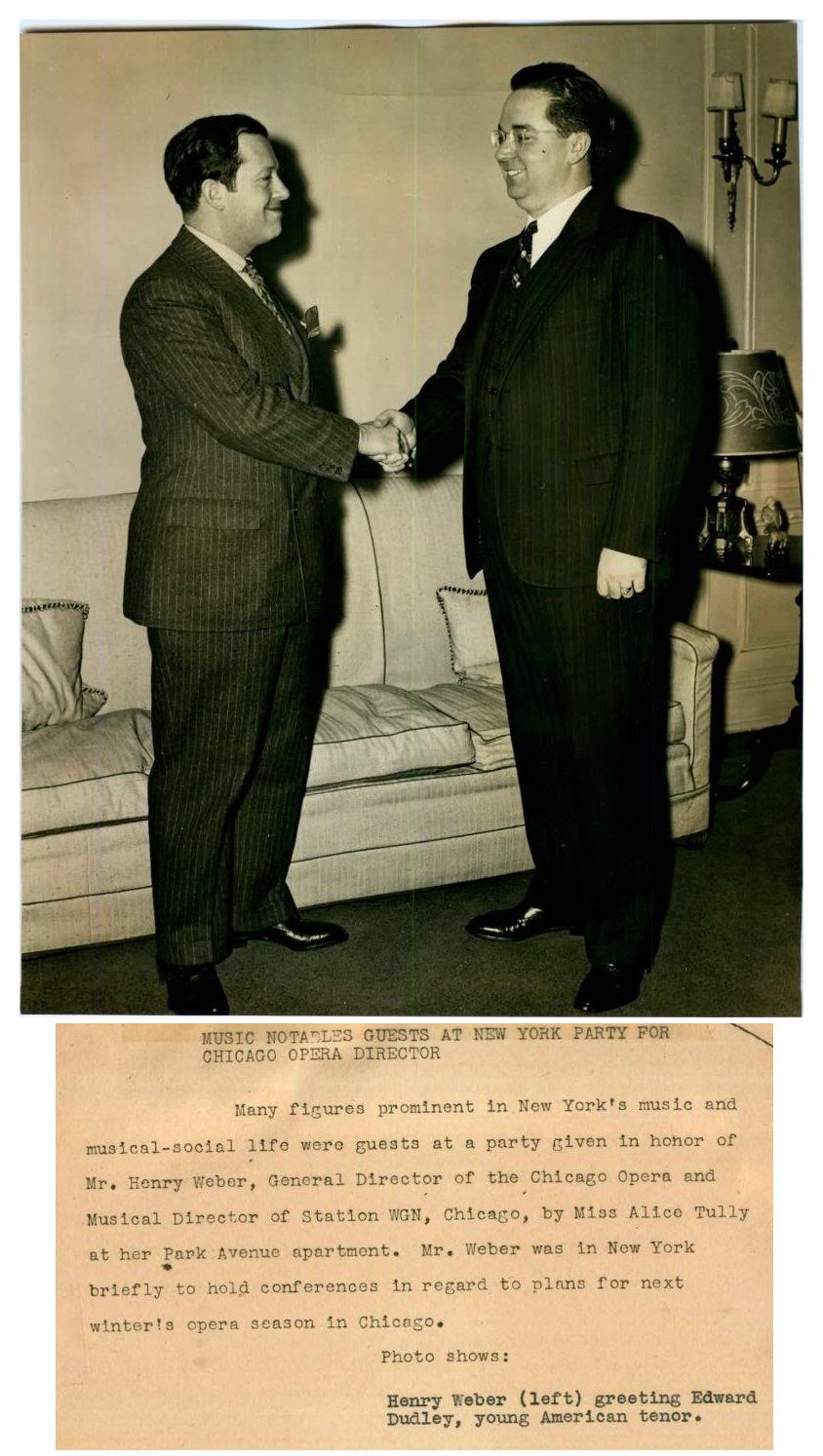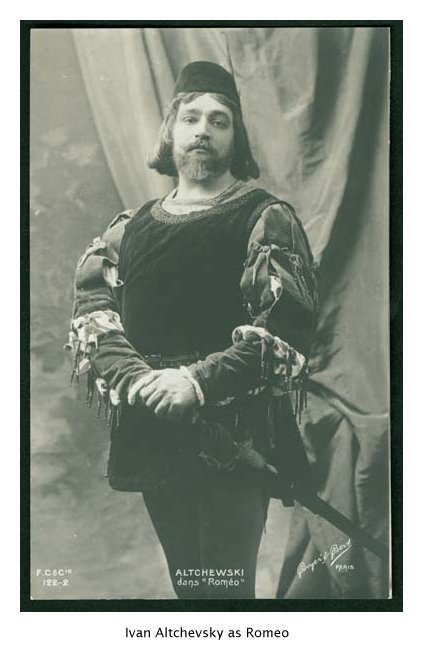 Ivan Altchevsky (b. Moscow, 1876; died there,
1917) was one of Hammerstein's new tenors in the season of 1906-1907,
and was described as one who sang with a large quantity of badly
produced sound with dramatic intent, but with a hopelessly faulty
method. He did not stay long in America, but some time later he is said
to have lost his mind and to have been without resources. Ivan Altchevsky (b. Moscow, 1876; died there,
1917) was one of Hammerstein's new tenors in the season of 1906-1907,
and was described as one who sang with a large quantity of badly
produced sound with dramatic intent, but with a hopelessly faulty
method. He did not stay long in America, but some time later he is said
to have lost his mind and to have been without resources. Altschevsky was the son of wealthy parents and had been reared in luxury with the belief that he would inherit large property from his father. When the father died it was found that everything was spent and the property mortgaged. Young Altschevsky was thrown on his own resources. He took to singing, and was able to earn a living by his voice. When Hammerstein heard him he was singing in a cafe at Brussels. After returning to Europe he created the leading role in an opera called "Le Cobzar"' and had surprised the audience by the unusual fervor of his singing and acting. After the performance it was found that he had lost his reason completely. Chaliapin, the Russian basso, organized a benefit for him in Paris. [Bio from The Grand Opera Singers of To-day; An account of the leading operatic stars who have sung during recent years, together with a sketch of the chief operatic enterprises. By Henry C. Lahee. Revised Edition - 1922] *
* *
* *
[The following items are translations from various Russian and Soviet dictionaries and encyclopedias.] Ivan Alchevsky [abroad acted under the name of Jean Altchevsky; Alčevskij; Altschewsky] 15 (27) December 1876, Kharkov - 26 April (May 9) April 27 or May 10), 1917, Baku, buried in Kharkov) was an outstanding Russian opera singer (lyric-dramatic tenor). He was born into a wealthy family. His father was a known banker, businessman and philanthropist, mine owner Alexey K. Alchevsky, the founder of Russia's largest steel plant that he founded (with BB Gerbertsom) in 1895. The Metallurgical Plant and still bears his name - Alchevsky Steel. Ivan's mother Christina Danilovna Zhuravlev-Alchevsk was a teacher, a prominent activist of National Education, created a methodical training system. In 1862 she organized the first free Ukraine girls' school, in 1889 she was elected vice-president of the International League of Education in Paris. Ivan was the fourth or fifth child of a large family. At first Ivan studied music, thought to succeed further in life he entered Kharkov University, where he studied in 1896-1901. But he continued to make music, although intended to devote his life - as his mother did - to teaching activities. The sudden suicide of his father so affected him that he changed his mind. His older brother - who was his first teacher - insistently urged to study singing seriously. With the family in bankruptcy, he had to think about wages. After graduating from Kharkov University, Alchevsky went to Moscow to make his unsuccessful debut at the Bolshoi Theatre, but in 1901 made a successful debut at the Mariinsky Theatre in St. Petersburg as the Indian Guest in Sadko. He remained for four years singing twenty roles. One critic called him the "singing Rubinstein". In the summer when the theater was not open, he went to Paris to study with Jean de Reszke. He received invitations from La Monnaie in Brussels, and in the summer of 1906 he sang at London's Covent Garden. He then was immediately invited to the Manhattan opera in New York. In 1907 he toured in Boston. Then, returning to Russia in 1907-1908 season he was soloist of the Moscow Opera. In March 1908 he was invited to the Moscow Bolshoi Theatre (Moscow Imperial troupe), however he only sang there for two months, including Hermann in Queen of Spades. In May 1908 at the invitation Diaghilev he sang in Boris Godunov by Mussorgsky in Paris, and in 1910 sang the title role in Samson and Delilah. In 1914 he appeared in Boris Godunov and The Maid of Pskov by Rimsky-Korsakov in London (Drury Lane Theater) with Chaliapin. 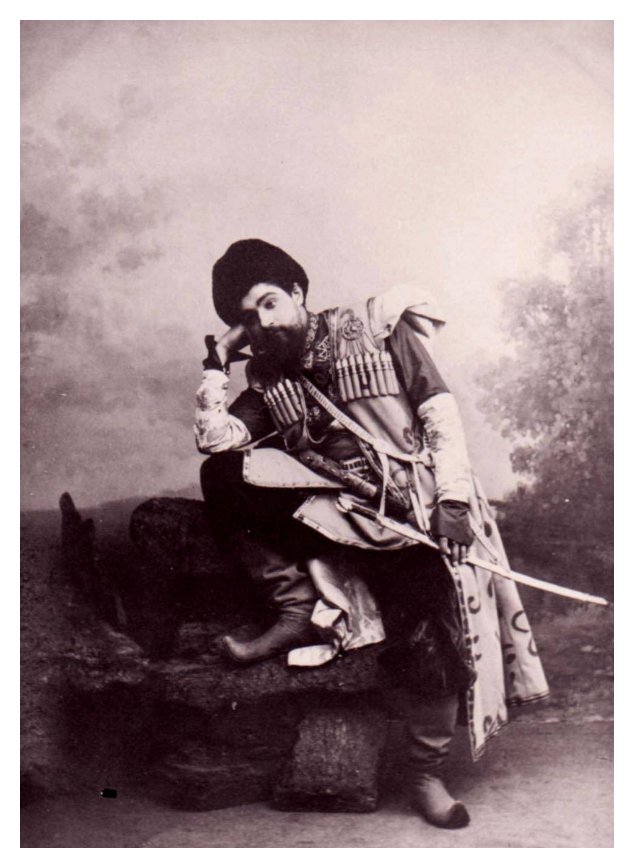 Along with the staged operas, he sang a variety of songs in the classical repertoire in Russia and on tour in America and Europe. This included works by his brother, as well as Sergei Prokofiev, M. Glinka, A. Borodin, Rimsky-Korsakov, Rachmaninov, Lysenko, Yakiv Stepovy, A. Goldenweiser, Claude Debussy, Maurice Ravel, Camille Saint-Saëns and Russian and Ukrainian folk songs. In 1909 he organized the Moscow "Poet" circle, which invited many composers of Ukrainian songs which he performed himself. He also read lectures on musicology and Ukrainian music, and organized Ukrainian music concerts in collaboration with singer Natalia Ermolenko-Yuzhina. During his career, Alchevsky worked very hard and he always helped the needy partners and employees of the theater scene. Once during performances in the Ukraine, he learned that a stagehand died leaving a widow and children without means. The next day went to the cemetary and gave money to his family. In another instance, knowing the value of money, he decided to postpone to repayment of a debt owed to him. He worked in various private troupes just to help them survive. He knew the harsh conditions of small troupes, but understood that they performed for sometimes illiterate, provincial areas of the Russian Empire. He was tired and sick, but appeared in Odessa and was the director of The Queen of Spades by Tchaikovsky. While in Kharkov, Tbilisi, and finally in Baku, he performed even though he was quite sick and exhausted. After an appearance, he was taken to the hospital where died. He was buried in his homeland in Kharkiv. 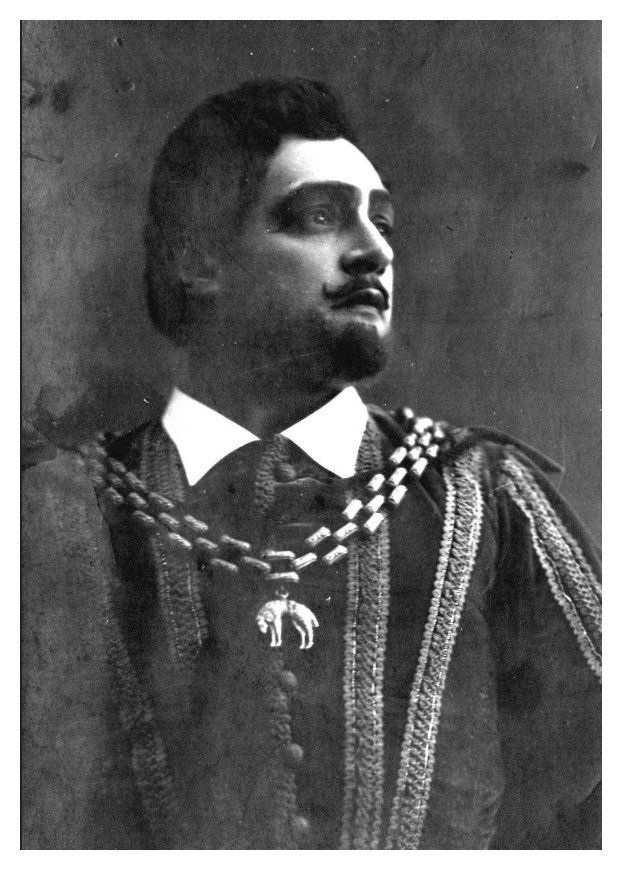 A Russian dictionary of domestic singers wrote that "Alchevsky possessed absolute pitch, had a wonderful musical memory, used sotto voce, and had an extensive range, freely going to D and E Flat. His lower voice had a baritonal quality, and the upper range had flexibility, enduance and freedom. He sang fifty-five roles, nineteen of them in operas by Russian composers. These comprised heroic dramas and lyric characters." The Great Soviet Encyclopedia says that "Alchevsky had a wide range, a beautiful tone, and was an outstanding performer of chamber music." The magazine Soviet Music, 1949, #10, said that "Alchevsky could create complete vocal and scenic images. His performances were of high artistic culture and had great dramatic power and expressiveness." He recorded eight arias in St. Petersburg in 1903 for G & T and Zonophone and HMV. |
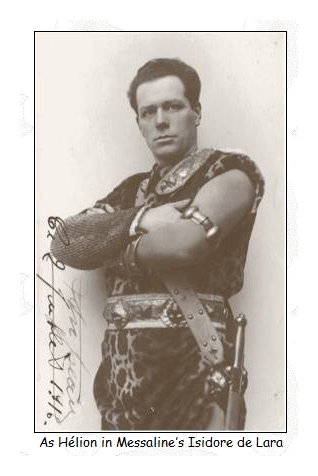 Fernand
Ansseau’s
background was musical. His father played the organ in the village
church of Boussu-Bois near Mons (Wallonia) where the artist was born in
1890. At the age of 17 he entered the Brussels conservatory and became
a student of the noted teacher Désiré Demest. It was in
church music
(Mozart’s Requiem) he
appeared for the first time. Demest trained him as a baritone, but
Ansseau felt that he was making too little progress. His teacher
directed him to change to tenor, noticing his student’s increasing ease
with the upper register. After studying three years with the celebrated
Flemish tenor Ernest van Dijck, Ansseau made his widely acclaimed debut
as Jean in Massenet’s Hérodiade
(the role was to become one of his most successful achievements).
During his career he appeared in roles such as Sigurd, Faust, Julien
and Don José. He was the tenor lead in Saint-Saëns’ first
performance
of Les Barbares. As a Belgian
patriot he refused to appear on the operatic stage during World War I
and sang only occasionally. After the war he resumed his operatic
career at the Théâtre de la Monnaie in Brussels, as Canio
(1918).
Particularly in Auber’s liberation opera La Muette de Portici
he was much applauded. His repertory at “The Munt” included Radames,
Samson, The Duke of Mantua, Jean, Don Alvaro, Faust (Berlioz), Des
Grieux (Manon) and Cavaradossi. He remained at this important opera
house until his retirement. 1919 saw his Covent Garden debut, singing
Des Grieux with the soprano Marie-Louise Edvina as Manon and Beecham as
conductor. Ansseau became a well-known singer at Covent Garden and
appeared as Faust, Canio, Cavaradossi and Roméo, opposite Dame
Nelly
Melba. He refused a generous offer by general manager
Gatti-Casazza in
1920 to sing at the Met, not keen to leave home for an extended period.
In 1922 he sang at the Paris Opéra as Jean, Alain (Grisélidis),
Roméo, Lohengrin, Tannhäuser, Admète (opposite
Germaine Lubin) and
again as Roméo. From 1923 to 1928 he was a regular member of the
Chicago Civic Opera, enjoying remarkable popularity. The “Reigning
Queen”, Mary Garden was full of praise for the tenor, becoming a
favorite partner of the Diva. He was the tenor lead opposite her in
Alfano’s Risurrezione and in
Montemezzi’s L’Amore dei tre Re.
Ansseau spent his active years in Brussels but often reappeared in
Ghent and Antwerp. His last performance at the La Monnaie was in 1939.
His rather early retirement was often linked to the war and given a
patriotic twist, also by Ansseau himself. Some people who knew him
attribute it more to saturation. From 1942 to 1944 he served as a
Professor of Voice at the Brussels conservatory, devoting the following
decades to his hobbies, fishing and gardening. He died in 1972 where
his was born, in Boussu-Bois. Fernand
Ansseau’s
background was musical. His father played the organ in the village
church of Boussu-Bois near Mons (Wallonia) where the artist was born in
1890. At the age of 17 he entered the Brussels conservatory and became
a student of the noted teacher Désiré Demest. It was in
church music
(Mozart’s Requiem) he
appeared for the first time. Demest trained him as a baritone, but
Ansseau felt that he was making too little progress. His teacher
directed him to change to tenor, noticing his student’s increasing ease
with the upper register. After studying three years with the celebrated
Flemish tenor Ernest van Dijck, Ansseau made his widely acclaimed debut
as Jean in Massenet’s Hérodiade
(the role was to become one of his most successful achievements).
During his career he appeared in roles such as Sigurd, Faust, Julien
and Don José. He was the tenor lead in Saint-Saëns’ first
performance
of Les Barbares. As a Belgian
patriot he refused to appear on the operatic stage during World War I
and sang only occasionally. After the war he resumed his operatic
career at the Théâtre de la Monnaie in Brussels, as Canio
(1918).
Particularly in Auber’s liberation opera La Muette de Portici
he was much applauded. His repertory at “The Munt” included Radames,
Samson, The Duke of Mantua, Jean, Don Alvaro, Faust (Berlioz), Des
Grieux (Manon) and Cavaradossi. He remained at this important opera
house until his retirement. 1919 saw his Covent Garden debut, singing
Des Grieux with the soprano Marie-Louise Edvina as Manon and Beecham as
conductor. Ansseau became a well-known singer at Covent Garden and
appeared as Faust, Canio, Cavaradossi and Roméo, opposite Dame
Nelly
Melba. He refused a generous offer by general manager
Gatti-Casazza in
1920 to sing at the Met, not keen to leave home for an extended period.
In 1922 he sang at the Paris Opéra as Jean, Alain (Grisélidis),
Roméo, Lohengrin, Tannhäuser, Admète (opposite
Germaine Lubin) and
again as Roméo. From 1923 to 1928 he was a regular member of the
Chicago Civic Opera, enjoying remarkable popularity. The “Reigning
Queen”, Mary Garden was full of praise for the tenor, becoming a
favorite partner of the Diva. He was the tenor lead opposite her in
Alfano’s Risurrezione and in
Montemezzi’s L’Amore dei tre Re.
Ansseau spent his active years in Brussels but often reappeared in
Ghent and Antwerp. His last performance at the La Monnaie was in 1939.
His rather early retirement was often linked to the war and given a
patriotic twist, also by Ansseau himself. Some people who knew him
attribute it more to saturation. From 1942 to 1944 he served as a
Professor of Voice at the Brussels conservatory, devoting the following
decades to his hobbies, fishing and gardening. He died in 1972 where
his was born, in Boussu-Bois. |
Vittorio
Arimondi
(1861 in Saluzzo - 1928 in Chicago) made his debut (1883) at
Varese in
Gomes's ‘’Il Guarany’’. He made his first La Scala appearance (1893) as
Sparafucile in ‘’Rigoletto’’. In that same year he created the role of
Pistol in the world premiere of Verdi's ‘’Falstaff’’. He then traveled
to London to appear for three seasons at Covent Garden (1894-96). He
sailed to New York and made his Metropolitan Opera debut (7 Dec 1896)
as Ferrando in ‘’Il Trovatore’’. He spent several seasons at
Hammerstein's Manhattan Opera where he was Arkel in the American
premiere of ‘’Pelléas et Mélisande’’. He spent the last
twenty years of
his life in the United States but also made appearances in Poland and
in Russia.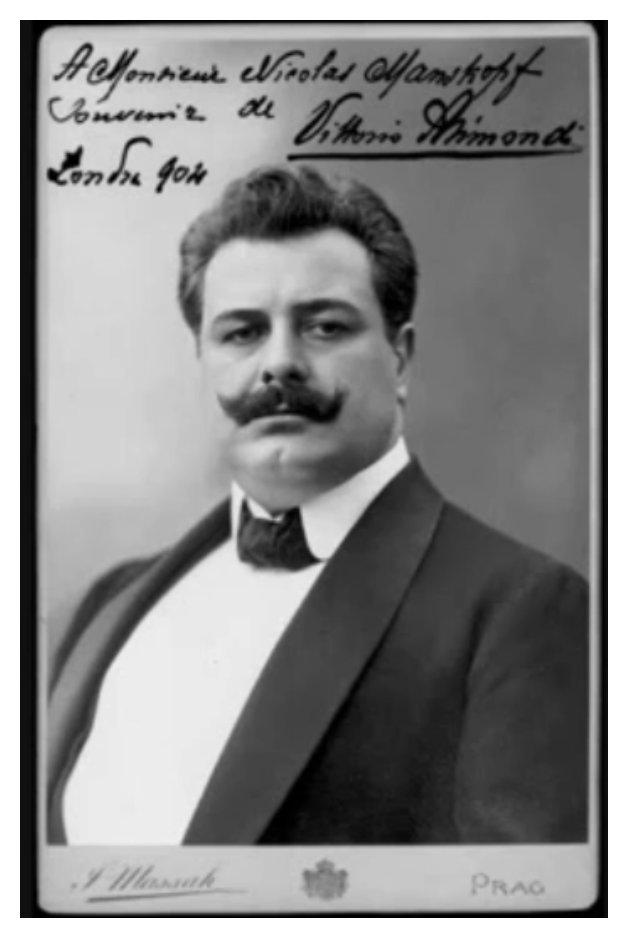 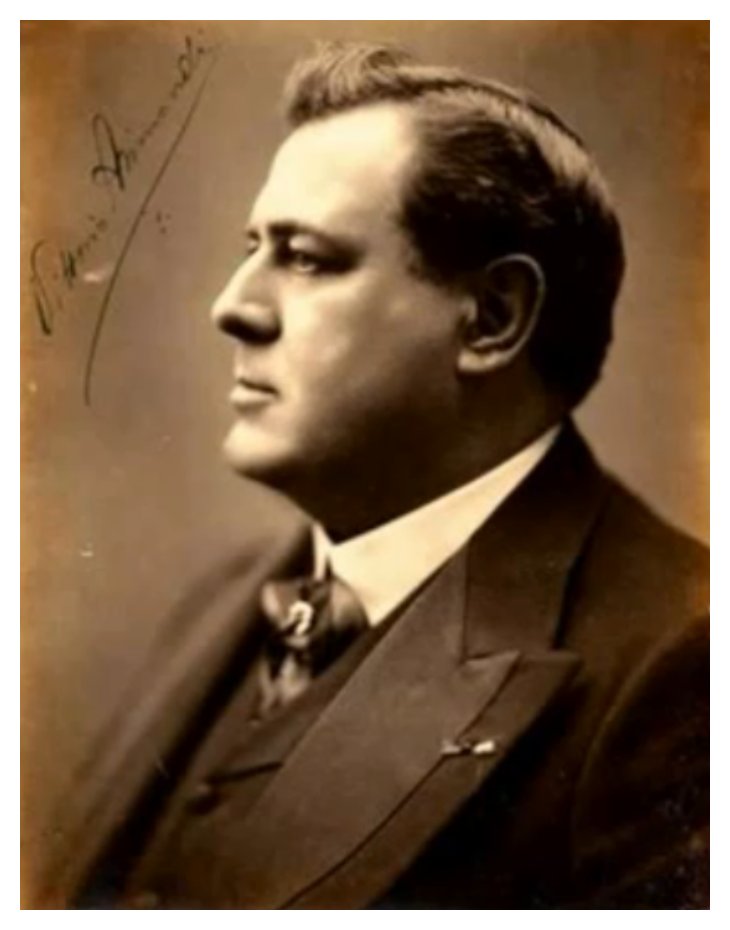 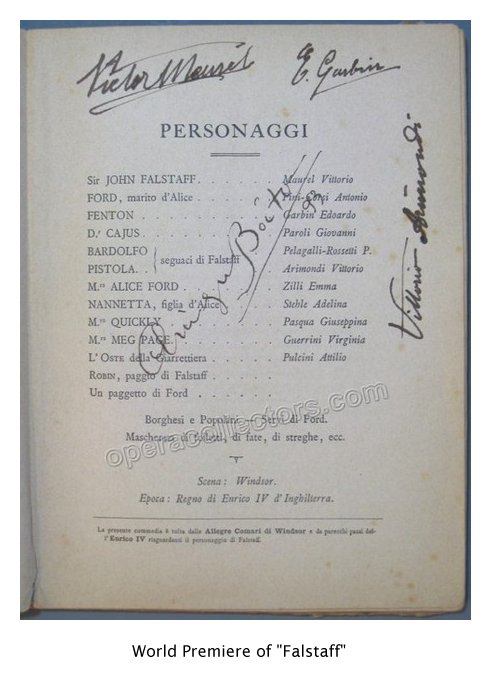
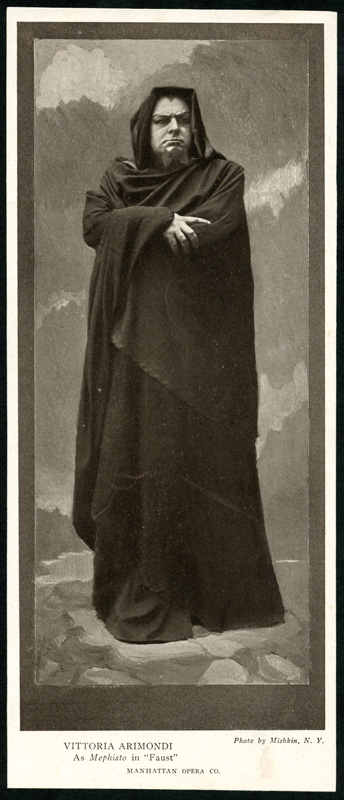 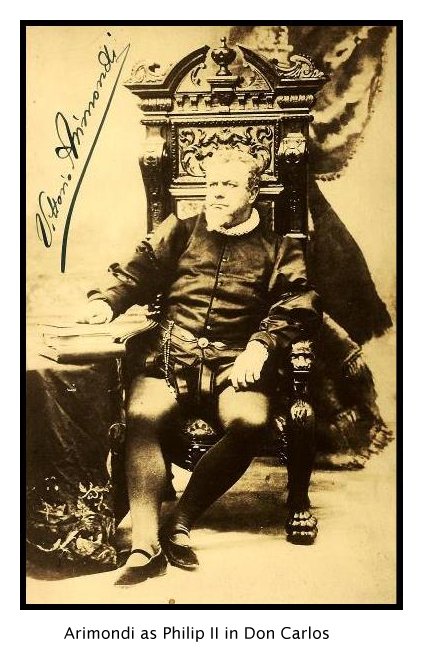
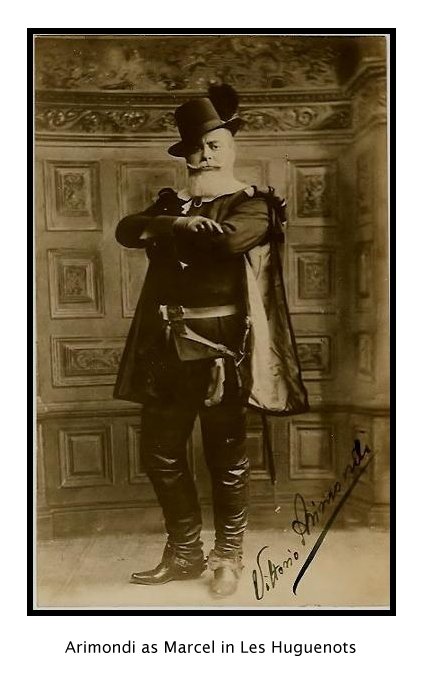 |
Georgy Andreyevich Baklanoff,
known as Georges Baklanoff
(sometimes spelled Baklanov; 4 January 1881 [O.S. 23 December 1880] – 6
December 1938) was a Russian operatic baritone who had an active
international career from 1903 until his death in 1938. Possessing a
powerful and flexible voice, he sang roles from a wide variety of
musical periods and in many languages. He was also highly praised by
audience and critics for his acting abilities.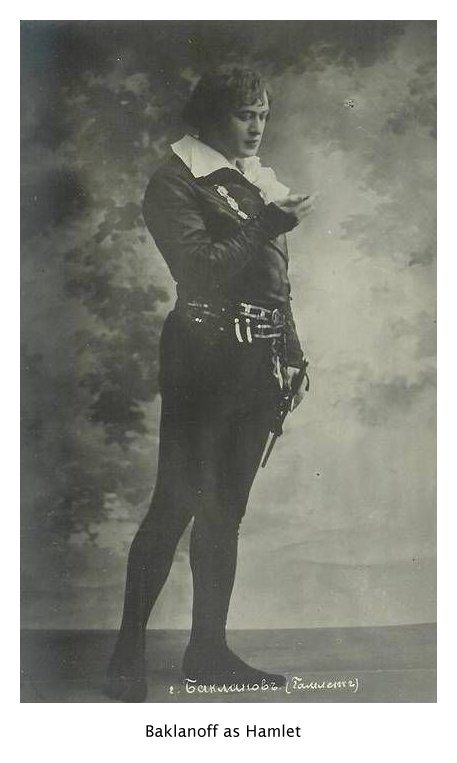 Baklanoff's early career was spent performing
with major theatres in
Russia; including the Bolshoi and Mariinsky theatres. In 1910 he began
performing with important opera houses internationally, and became a
member of both the Boston Opera Company (1910-1915) and the Vienna
State Opera (1912-1914). From 1917-1928 he was the leading baritone in
Chicago and in 1928-1929 he was a member of the Philadelphia Civic
Opera Company. From 1932 until his death in 1938 he was a member of
Theatre Basel. He also appeared as a guest artist with important
theatres internationally. Baklanoff's early career was spent performing
with major theatres in
Russia; including the Bolshoi and Mariinsky theatres. In 1910 he began
performing with important opera houses internationally, and became a
member of both the Boston Opera Company (1910-1915) and the Vienna
State Opera (1912-1914). From 1917-1928 he was the leading baritone in
Chicago and in 1928-1929 he was a member of the Philadelphia Civic
Opera Company. From 1932 until his death in 1938 he was a member of
Theatre Basel. He also appeared as a guest artist with important
theatres internationally.Baklanoff was born Alfons-Georg Bakkis in Riga, Latvia. In 1892 he moved to Kiev after the death of his parents. He initially planned to pursue a career as a lawyer, and studied law at both Kiev University and Saint Petersburg State University. His studies were interrupted due to financial difficulties resulting from the theft of his assets by his legal guardian; a man who eventually committed suicide. He then entered the Kiev Conservatory, and after graduating studied singing for two more years in St. Petersburg with the Russian tenor Ippolit Pryanishnikov. He pursued further training in Milan, Italy in 1902 with Vittorio Vanza. Baklanoff made his professional opera debut in 1903 in Kiev in the title role of Anton Rubinstein's The Demon. That same year he joined the newly formed Zimin Opera. In 1905 he became a member artist at the Bolshoi Theatre in Moscow where he notably created the title role in the world premiere of Sergei Rachmaninoff's The Miserly Knight and Lanciotto Malatesta in Rachmaninoff's Francesca da Rimini on 24 January 1906. From 1907-1909 he was committed to the Mariinsky Theatre in St. Petersburg. There he sang the role of Fyodor Poyarok in the Moscow premiere of Nikolai Rimsky-Korsakov's The Legend of the Invisible City of Kitezh and the Maiden Fevroniya. In 1910 Baklanoff made debuts with three important companies, the Boston Opera Company (as The Miserly Knight), the Metropolitan Opera in New York City (as Verdi's Rigoletto), and the Royal Opera House in London (as Rigoletto and Scarpia in Puccini's Tosca). Although he never again performed at the Met, he returned frequently to Boston for performances up through 1915. In 1911 he sang Rigoletto for his debut at the Komische Oper Berlin and the title role in Pyotr Ilyich Tchaikovsky's Eugene Onegin for his first performance in France at the Théâtre Sarah Bernhardt in Paris. He was soon after engaged as a guest artist at the Paris Opera, the Frankfurt Opera, and with theatres in South America. From 1912-1916 he was a member of the Vienna State Opera. In 1914 he sang in the posthumous world premiere of Amilcare Ponchielli's I mori di Valenza at the Opéra de Monte-Carlo. From 1917-1921 Baklanoff sang with the Chicago Opera Association and from 1922-1928 he performed with the Chicago Civic Opera. In Chicago he sang in the United States premieres of Henry Février's Monna Vanna (1918), Xavier Leroux's Le chemineau (1919, title role), and Rimsky-Korsakov's The Snow Maiden (1923); all at the Chicago Auditorium. Among the roles he sang in Chicago were Amonasro in Verdi's Aïda, Athanaël in Jules Massenet's Thaïs, Escamillo in Georges Bizet's Carmen, the Father in Gustave Charpentier's Louise, King Raimondo in Pietro Mascagni's Isabeau, Méphistophélès in Charles Gounod's Faust, Nilakantha in Léo Delibes' Lakmé, Renato in Verdi's Un ballo in maschera, Rigoletto, Telramund in Richard Wagner's Lohengrin, and Wotan in Wagner's Die Walküre. In 1928-1929 Baklanoff was a member of the Philadelphia Civic Opera Company; singing such roles as Escamillo, Le chemineau, Méphistophélès, and Wotan. In 1929 he performed the title role in the United States premiere of Modest Mussorgsky's Boris Godunov in a concert version with the Philadelphia Orchestra, soprano Rose Bampton, and conductor Leopold Stokowski. He sang with the Philadelphia Orchestra again in 1935 as Agamemnon in the United States premiere of Christoph Willibald Gluck's Iphigénie en Aulide; this time under the baton of Alexander Smallens. 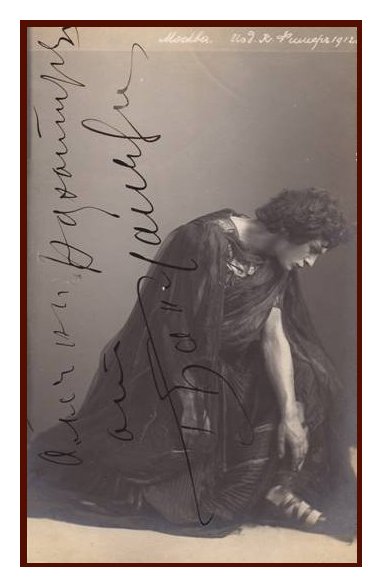
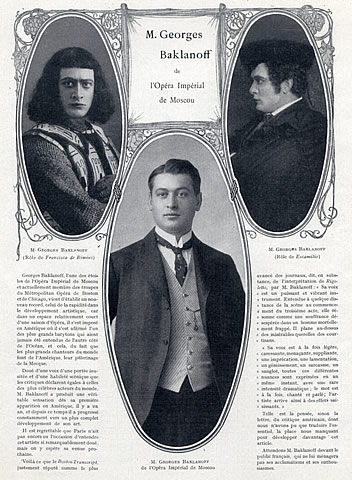 While mainly working in the United States from 1917–1929, Baklanoff continued to appear as a guest artist with major opera houses in Europe during those years and into the 1930s. Some of the theatres with whom he performed were the Bavarian State Opera, the Belgrade National Theatre, the Brno National Theatre, the Croatian National Theatre in Zagreb, the Finnish National Opera, the Hungarian State Opera House, the Opéra-Comique, the Royal Danish Theatre, the Royal Swedish Opera, the Vienna Volksoper, and the Zurich Opera. In 1932 he moved to Basel, Switzerland; making his debut with Theater Basel that year in the title role of Mozart's Don Giovanni. He lived in that city until his death there 6 years later, having never retired. At one point during his life he was married to the soprano Lydia Lipkowska. 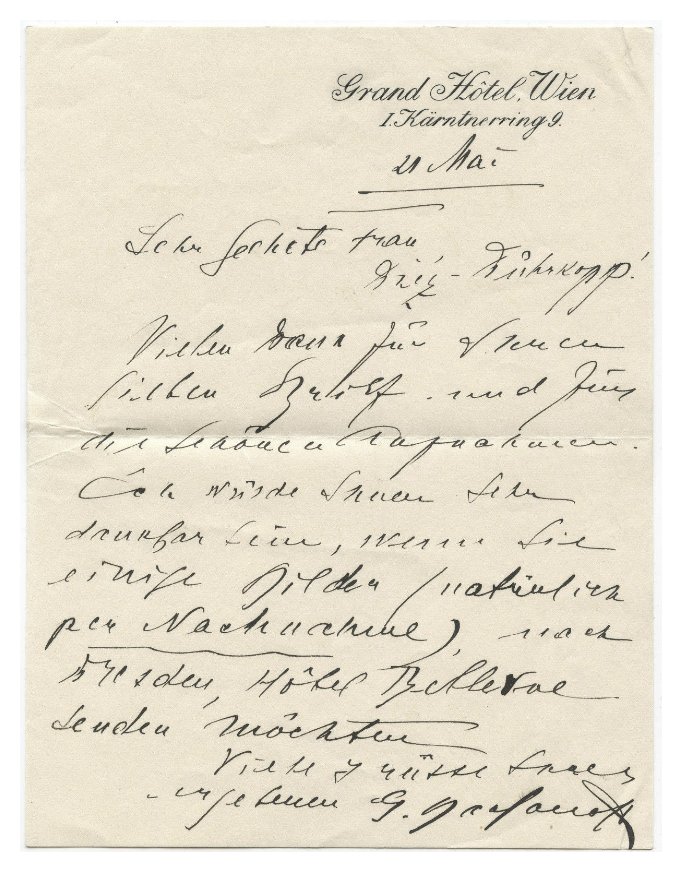 |
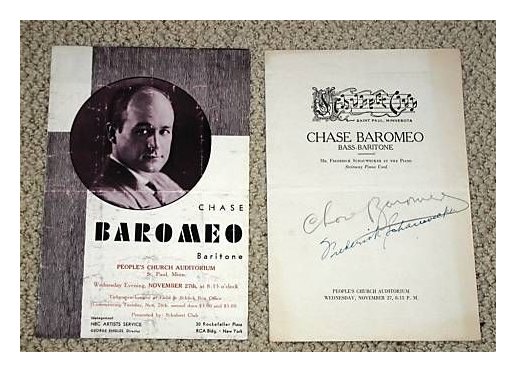 BAROMEO, CHASE
(1892–1973). Chase Baromeo, operatic bass-baritone, was born Chase
Baromeo Sikes, son of Clarence Stevens and Medora (Rhodes) Sikes, on
August 19, 1892, in Augusta, Georgia. He received B.A. (1917) and M.M.
(1929) degrees from the University of Michigan. Before going to the
University of Texas in 1938 to head the voice faculty in the music
department of the new College of Fine Arts, he had a highly successful
operatic career. He made his debut in 1923 at the Teatro Carcano in
Milan, Italy. From 1923 to 1926 he was a member of La Scala in Milan,
where he sang under Arturo Toscanini. BAROMEO, CHASE
(1892–1973). Chase Baromeo, operatic bass-baritone, was born Chase
Baromeo Sikes, son of Clarence Stevens and Medora (Rhodes) Sikes, on
August 19, 1892, in Augusta, Georgia. He received B.A. (1917) and M.M.
(1929) degrees from the University of Michigan. Before going to the
University of Texas in 1938 to head the voice faculty in the music
department of the new College of Fine Arts, he had a highly successful
operatic career. He made his debut in 1923 at the Teatro Carcano in
Milan, Italy. From 1923 to 1926 he was a member of La Scala in Milan,
where he sang under Arturo Toscanini.Because of the Italians' difficulty in pronouncing his last name, Sikes became known professionally as Chase Baromeo, and he used that name for the rest of his life. He also sang at the Teatro Colón in Buenos Aires, Argentina, in 1924, with the Chicago Civic Opera Company from 1926 to 1931, and with the San Francisco Opera Company in 1935. From 1935 to 1938 he was with the Metropolitan Opera Company in New York. He also performed with many of the leading symphony orchestras in the United States. He was married to Delphie Lindstrom on May 12, 1931; they had three children, one of whom predeceased him. At the University of Texas, Baromeo directed and performed in many university-staged operas. He left the university in 1954 to join the University of Michigan faculty. He died in Birmingham, Michigan, on August 7, 1973. |
| Richard
Bonelli (February 6, 1889 - June 7, 1980) was an American
operatic baritone active from 1915 to the late 1970s. Bonelli was born George Richard Bunn to Martin and Ida Bunn of Port Byron, New York. His family later moved to Syracuse and soon George preferred to be called Richard. Prior to deciding on a career in music, Bonelli was a friend of race car driver and later mayor of Salt Lake City, Ab Jenkins. Bonelli studied at Syracuse University and his voice teachers included Arthur Alexander in Los Angeles, Jean de Reszke and William Valonat in Paris. 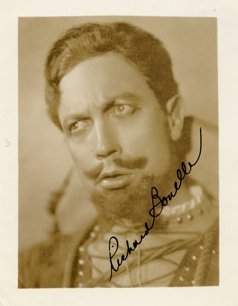 Bonelli's operatic debut came on April 21,
1915 at the Brooklyn Academy of Music as Valentin in Gounod's Faust.
He toured with the San Carlo Opera Company between 1922 and 1924. He
toured Europe in 1925, making appearances at the Monte Carlo Opera and
La Scala and was eventually engaged by the Théâtre de la
Gaîté in
Paris. Between 1925 and 1931 Bonelli performed with the Chicago Opera
Company and between 1926 and 1942 frequently performed at the San
Francisco Opera. Bonelli's Metropolitan Opera debut came on December 1,
1932 as Verdi's Germont and he remained on the Met's active roster
until 1945, making his final performance as Rossini's Figaro on March
14 that year. He was the Tonio in the first ever live telecast of
opera, from the Met on March 10, 1940 alongside Hilda Burke and Armand
Tokatyan. Of his many roles, Bonelli was known best for his Verdi
roles, and also Wolfram, Tonio, and Sharpless. In Italy, he performed
under the name Riccardo Bonelli. He also appeared in two movies; a
supporting role in 1935's Enter
Madame and a cameo appearance in 1941's The Hard-Boiled Canary. Bonelli's operatic debut came on April 21,
1915 at the Brooklyn Academy of Music as Valentin in Gounod's Faust.
He toured with the San Carlo Opera Company between 1922 and 1924. He
toured Europe in 1925, making appearances at the Monte Carlo Opera and
La Scala and was eventually engaged by the Théâtre de la
Gaîté in
Paris. Between 1925 and 1931 Bonelli performed with the Chicago Opera
Company and between 1926 and 1942 frequently performed at the San
Francisco Opera. Bonelli's Metropolitan Opera debut came on December 1,
1932 as Verdi's Germont and he remained on the Met's active roster
until 1945, making his final performance as Rossini's Figaro on March
14 that year. He was the Tonio in the first ever live telecast of
opera, from the Met on March 10, 1940 alongside Hilda Burke and Armand
Tokatyan. Of his many roles, Bonelli was known best for his Verdi
roles, and also Wolfram, Tonio, and Sharpless. In Italy, he performed
under the name Riccardo Bonelli. He also appeared in two movies; a
supporting role in 1935's Enter
Madame and a cameo appearance in 1941's The Hard-Boiled Canary.Totalling performances precisely is chancy, and as regards Bonelli's six prime seasons in Chicago, research has given differing results in certain instances. Numbers thus are approximate but the totals are likely lower than actual. During his heyday in Chicago, Bonelli competed with two powerhouses, each much loved especially by the Italian community. From 1925 to 1931, Giacomo Rimini sang 134 times while Formichi made 175 appearances. A third Italian, Luigi Montesanto, had 47. In contrast, Bonelli racked up 102 performances at home (give or take a few "mysteries") and a further 87 on tour for a grand total of 189. Clearly he had the lion's share, though economics must have been a factor, homegrowns presumably costing less than imports. When he joined the Metropolitan in 1932, several worthy baritones rode the roster but Lawrence Tibbett was clearly king of the roost. During twelve seasons, Bonelli clocked a combined 166 appearances in New York and on tour while Tibbett managed 191. In contrast to his action in Chicago, Bonelli it would seem was under-utilized at the Met. This theory is supported by the fact he sang eighteen roles in six seasons at Chicago and nineteen in twelve at the Met. As for the expected Verdian windfall at the Met, it did not happen, at least not in Chicago numbers. He sang Germont just nine times, Di Luna seven, Rigoletto twice and Amonasro, which gained most attention with an even dozen. In contrast, in Chicago at home and on tour, he sang Verdi's music a total of 92 times! After retiring from singing, Bonelli became a successful voice teacher at the Curtis Institute of Music in Philadelphia, the Music Academy of the West in Santa Barbara, and in New York. Among his students were Frank Guarrera, Enrico Di Giuseppe, Lucine Amara, and Norman Mittelmann. In 1949 when Edward Johnson retired from his position of general manager of the Metropolitan Opera, Bonelli was a contender for the job though it ultimately went to Rudolf Bing. Bonelli's favorite baritone was Titta Ruffo. American baritone Robert Merrill had stated that Bonelli was his inspiration to study singing, after hearing him perform the Count di Luna at the Met alongside Giovanni Martinelli and Elisabeth Rethberg in 1936. Even after retiring from teaching, he periodically performed on stage into his 80s. His later appearances were more on the West Coast of the United States. He was actor Robert Stack's uncle. Bonelli died in Los Angeles on June 7, 1980 at the age of 91. |
Leon
Cazauran (Tenor) (Bayonne 1879 - ?) 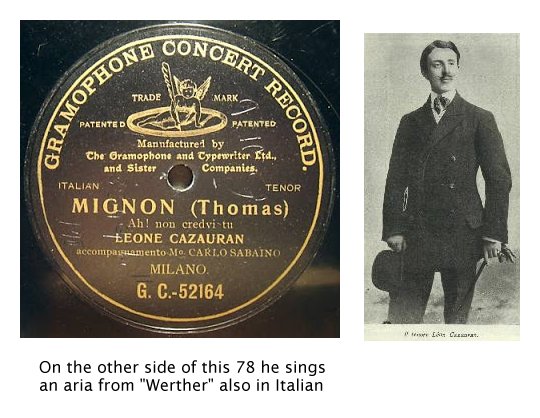 In 1905 he appeared at the Teatro Costanzi
in Rome in I racconti di
Hoffmann
of Offenbach with Maria Farneti (Antonia/Giulietta), Amelia Karola
(Olimpia), Luisa Garibaldi (Nicklausse/madre) and Angelo Scandiani
(Coppelio/dr.Miracolo/Dappertutto). The next year he sang in
Teatro
Regio of Parma as Werther with Elisa Petri (Carlotta), Giuseppe
Giardini (Alberto) and Silvio Becucci (Johann). In 1907 he was hired
for the Manhattan Opera by Hammerstein for Les Contes d’Hoffmann and Thaïs,
but was replaced in both by Charles Dalmorès, who supposedly
learned
the tenor roles in two weeks. It appears that Mr. Cazauran visited the
Bronx Zoo Monkey House and got into the same trouble there as had
Caruso a short time earlier (accused of pinching a woman’s
derrière).
He was, as was Caruso, acquitted, but Hammerstein decided to get rid of
him anyway. Apparently, however, he did sing three performances
as Don
Ottavio in Don Giovanni in
December and January, and the performances of Alexis in Siberia by Giordano in
February. One of his pupils was french tenor Charles Burles who
made his opera debut in 1958. In 1905 he appeared at the Teatro Costanzi
in Rome in I racconti di
Hoffmann
of Offenbach with Maria Farneti (Antonia/Giulietta), Amelia Karola
(Olimpia), Luisa Garibaldi (Nicklausse/madre) and Angelo Scandiani
(Coppelio/dr.Miracolo/Dappertutto). The next year he sang in
Teatro
Regio of Parma as Werther with Elisa Petri (Carlotta), Giuseppe
Giardini (Alberto) and Silvio Becucci (Johann). In 1907 he was hired
for the Manhattan Opera by Hammerstein for Les Contes d’Hoffmann and Thaïs,
but was replaced in both by Charles Dalmorès, who supposedly
learned
the tenor roles in two weeks. It appears that Mr. Cazauran visited the
Bronx Zoo Monkey House and got into the same trouble there as had
Caruso a short time earlier (accused of pinching a woman’s
derrière).
He was, as was Caruso, acquitted, but Hammerstein decided to get rid of
him anyway. Apparently, however, he did sing three performances
as Don
Ottavio in Don Giovanni in
December and January, and the performances of Alexis in Siberia by Giordano in
February. One of his pupils was french tenor Charles Burles who
made his opera debut in 1958.Nov. 17, 1907 New York by direct wire to The Times Something curious seems to be
going on with opera tenors in the monkey house at New York’s Central
Park; perhaps there’s an atmosphere that lends itself to “annoying”
people, for the problem of mashers at the monkey house has even
inspired a 1907 movie by Biograph.
Luckily, Detective J.J. Cain is on the lookout for malefactors who make lewd advances, having arrested Enrico Caruso the year before. Cain’s latest arrests are Leon Cazauran, “a slender young man with pale face and large brown eyes” brought to New York to sing in “Thais” at Oscar Hammerstein’s Manhattan Operahouse, and his companion, Claude Modjeska, “a copper-colored young man,” The Times says. “The charge against both was that of attempting to corrupt the morals of little boys,” The Times says. Cain said he was suspicious of the men because they had visited the monkey house several times before “in the company of small boys.” Despite the language handicap (Cazauran didn’t speak English and while Modjeska only knew a bit of English, he was able to act as a translator) the men protested their innocence. Modjeska was fined $10 and the men vanished. 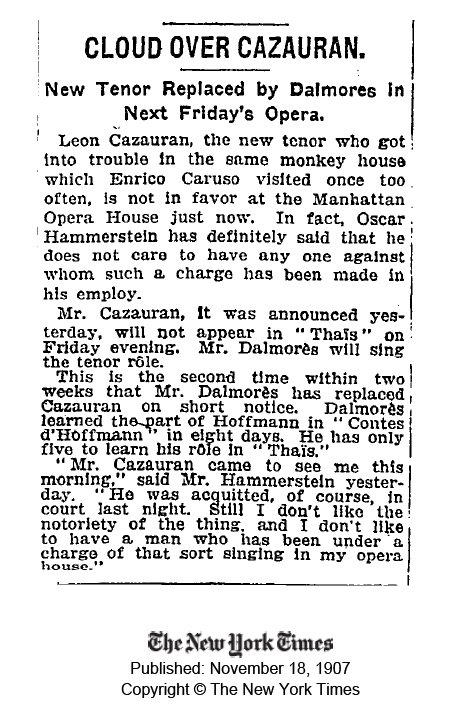 [The following item is from the Oregon News, November 18, 1907.] SINGER CRUSHED BY HIS ARREST Monkey-House Incident Ruins Career. LEON CAZAURAN BROKEN MAN Sits All Day in Room Wringing His Hands. DROPPED FROM THE OPERA Hammerstein Declares He Will Have Nothing More to Do With Young Tenor Court Dismisses Serious Charge. NEW YORK, Nov. 17. (Special) Trussed and spiritless, Leon Cazauran, the young tenor who came to America two weeks ago to sing in Hammerstein's Opera Company and was arrested near the monkey house in Central Park yesterday, sat all day today in his rooms wringing his hands. He is a delicate, intelligent-looking man of about 27. Mr. Hammersteln will have nothing more to do with him, he says, and that as a singer his career is blasted. "Eet is amazing," he repeated, over and over, and that is all the English he knows," though in French and Spanish he vehemently denies his guilt of the charges on which Detective James J. Cain arrested him that of attempting to corrupt the morals of boys. Finds No Balm or Gilead. The fact that the court did not hold him or his friend, Claude Modjeska, but discharged both after fining Modjeska $10 for having in his possession a bad French photograph, does not lessen his dejection. Cain says he had been watching the two young men for a long time. They had been talking to boys, and in the monkey house had stood with their hands in their coat pockets so close to the boys as to be annoying. The only boy he took along as a witness was 13-year-old Eugene Koch of Rockaway Park. Modjeska, who is a dark-skinned East Indian, born in Bombay, came to America with Cazauran. He is an impersonator, and says he earns a good salary on the stage in Europe. He had plenty of money today, showing nearly $1000 in bills. Career Blasted, Says Modjeska. "This arrest will not hurt me much, except in this country, but for Cazauran It is a tragedy," said Modjeska. "Innocent or guilty, the arrest on such a charge destroys his career. Mr. Hammerstein notified him today that he could not keep his engagement with him." Mr. Hammersteln sent out this statement simply: "A man to whom any suspicion attaches cannot find employment in the Manhattan Opera House." It was intimated, however, by a representative, that Mr. Hammersteln did not believe the charge and that he had not severed his engagement with the young man. Cazauran has a contract, it was acknowledged. |
| [This tiny bit of information is
all that could be found on the internet about this singer. There
were,
however, several photos...] COTREUIL, EDOUARD By Grove Dictionary (b . Paris, 1874), operatic bass, studied at the Paris Conservatoire and made his debut at the Theatre de la Monnaie, Brussels. On his first appearance at Covent Garden, in 1904, he sang Vulcain in Gounod's ' Philemon et Baucis ' ; and in 1919 created there the role of Don Inigo Gomez in Ravel's ' L'Heure Espagnole,' which he sang and acted with notable point and skill. Bibl .- Nokthcott, Covent Garden and the Royal Opera. H. K. 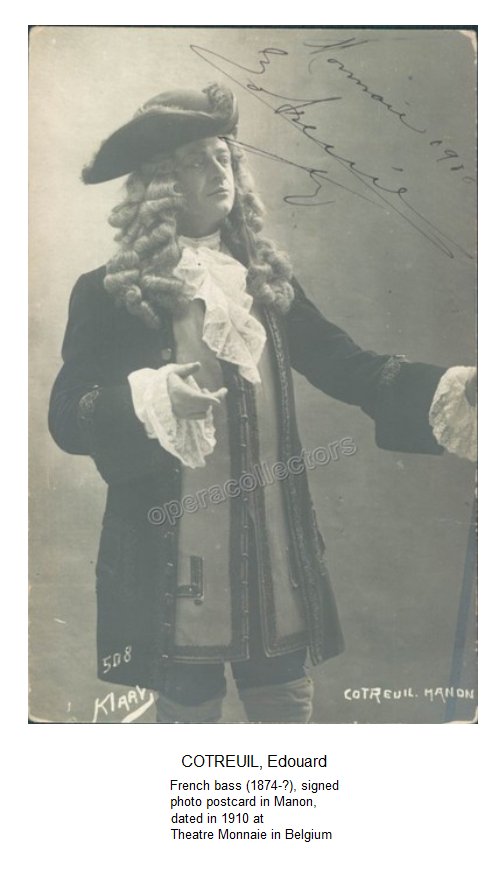 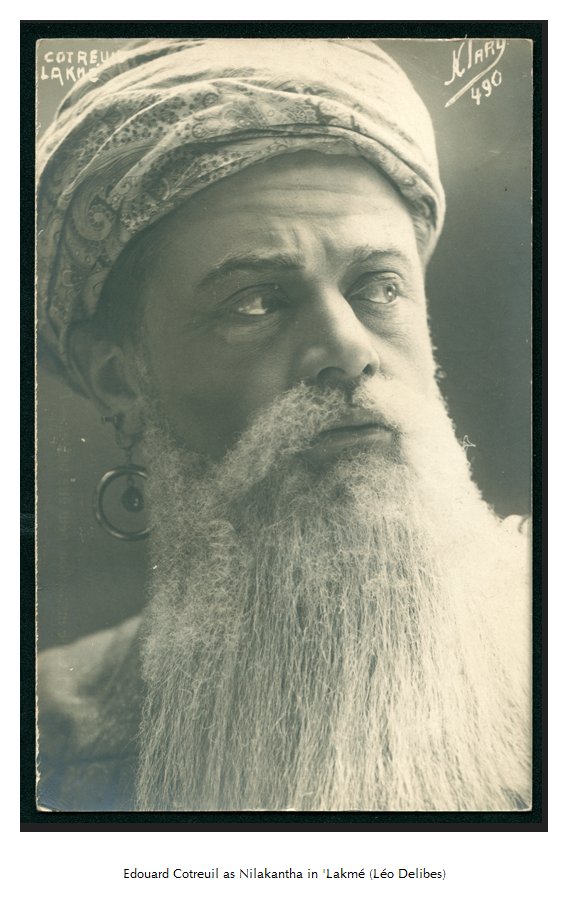 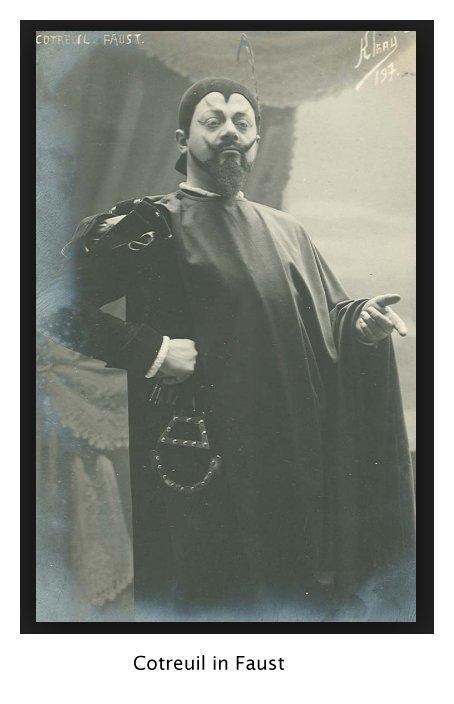 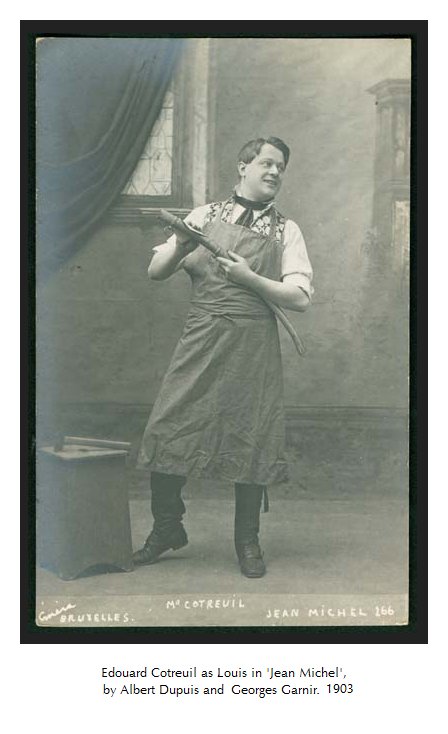 |
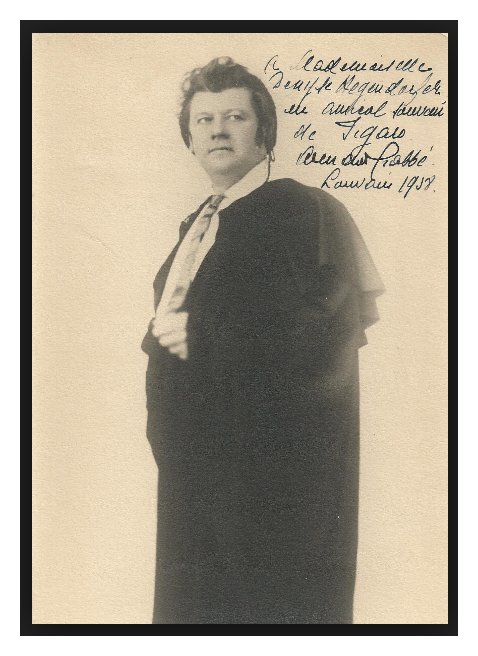 Armand
Crabbé
(23 April 1883, Brussels – 24 July 1947, Brussels) was a Belgian
operatic baritone. In 1904 he made his professional opera debut at La
Monnaie as the Nightwatchman in Richard Wagner's Die Meistersinger von Nürnberg.
He was a leading performer at the Royal Opera House in London from 1906
to 1914 and again in 1937. He performed with the Manhattan Opera House
from 1907 to 1910 and with the Chicago Grand Opera Company from 1910 to
1914. He made several appearances with the Teatro Colón and La
Scala
during the 1920s. He was active at the Vlaamse Opera up until his
retirement in the early 1940s. Armand
Crabbé
(23 April 1883, Brussels – 24 July 1947, Brussels) was a Belgian
operatic baritone. In 1904 he made his professional opera debut at La
Monnaie as the Nightwatchman in Richard Wagner's Die Meistersinger von Nürnberg.
He was a leading performer at the Royal Opera House in London from 1906
to 1914 and again in 1937. He performed with the Manhattan Opera House
from 1907 to 1910 and with the Chicago Grand Opera Company from 1910 to
1914. He made several appearances with the Teatro Colón and La
Scala
during the 1920s. He was active at the Vlaamse Opera up until his
retirement in the early 1940s. |
Désiré
Defrère
(Aug 1, 1888 - Feb 22, 1964) was a baritone and later stage director
with the various Chicago opera companies from 1910-1934. He was
also a
stage director with the Metropolitan Opera in New York City.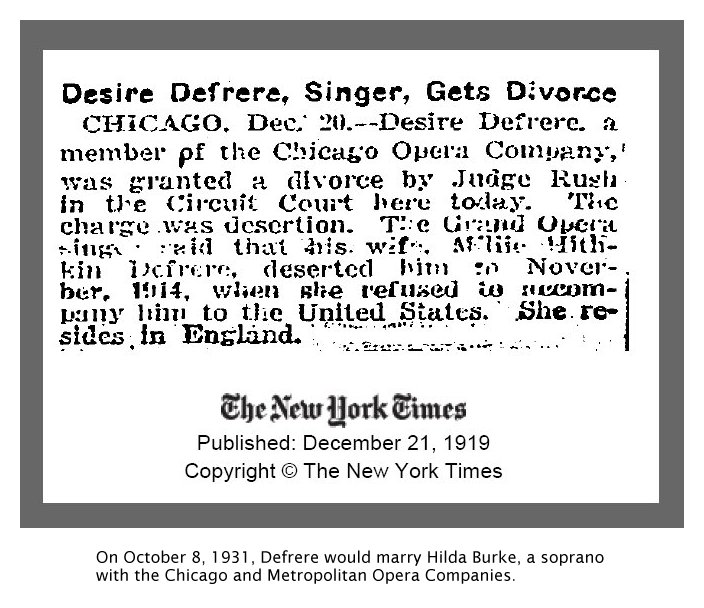 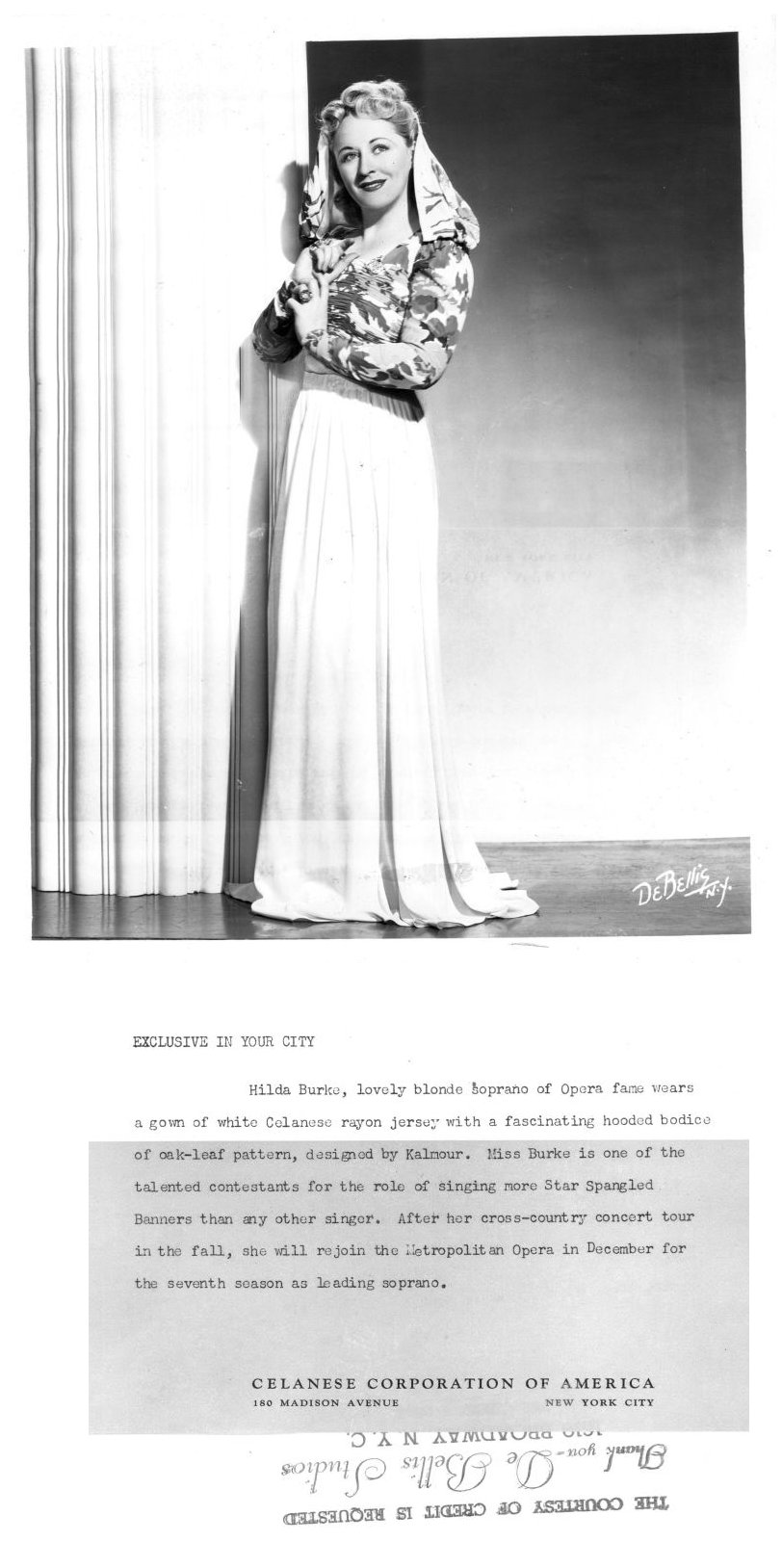 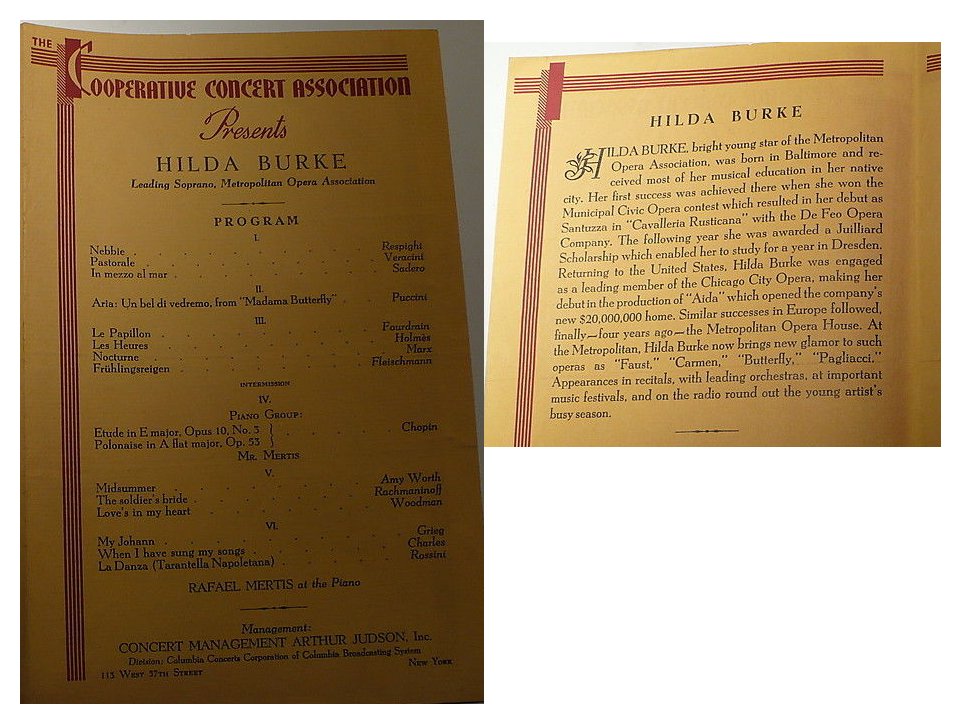 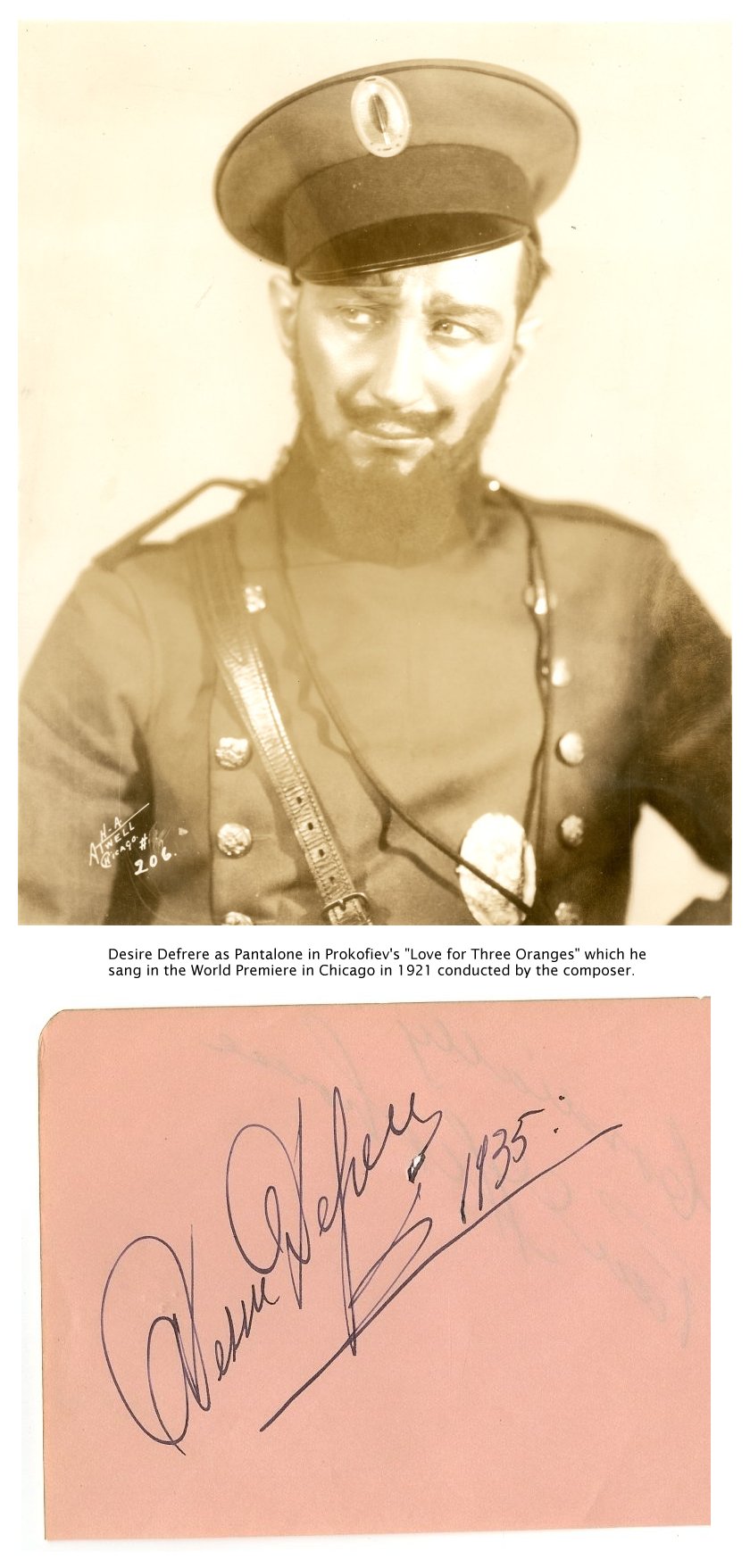 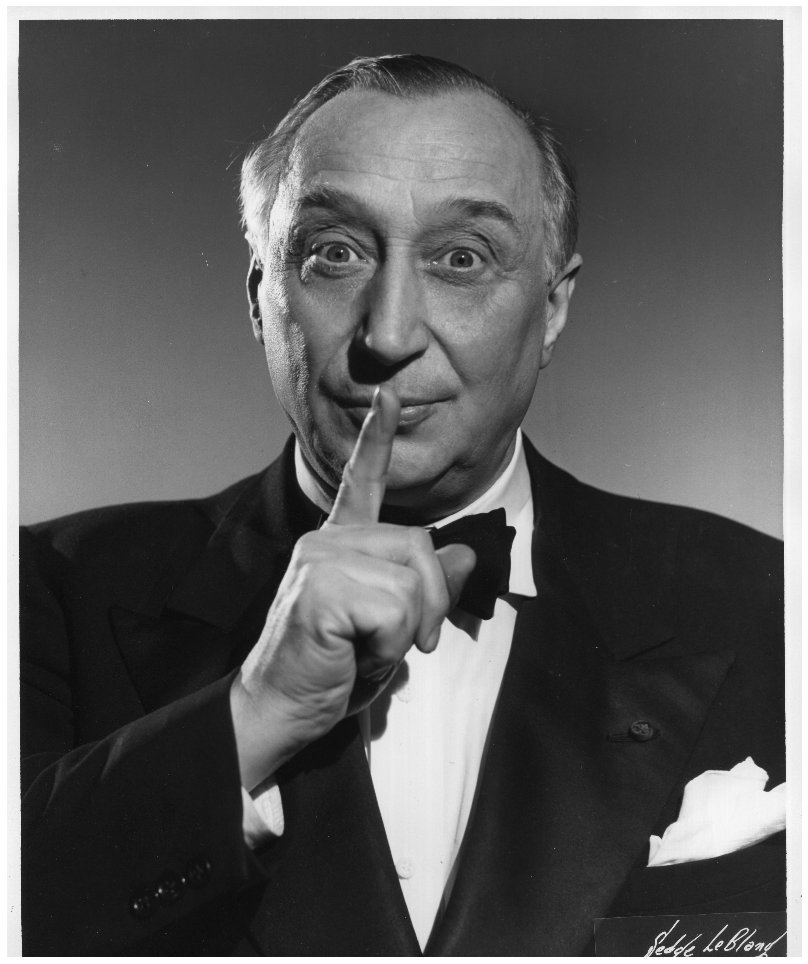 |
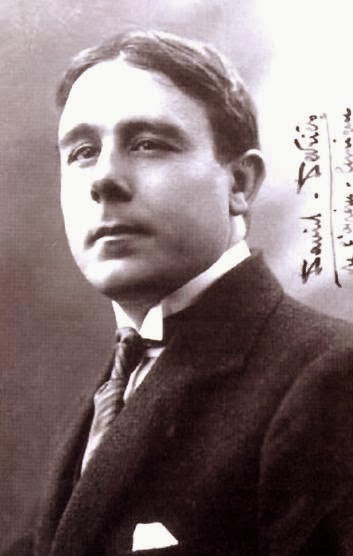 David Devriès
(born February 14, 1881 in Bagnères-de-Luchon, France, died July
17,
1936 in Neuilly-sur-Seine, France) was a French operatic lyric tenor
noted for his light, heady tone, and polished phrasing. He represents a
light style of French operatic singing that was popular in the 19th
century. David Devriès
(born February 14, 1881 in Bagnères-de-Luchon, France, died July
17,
1936 in Neuilly-sur-Seine, France) was a French operatic lyric tenor
noted for his light, heady tone, and polished phrasing. He represents a
light style of French operatic singing that was popular in the 19th
century.He was born into a family of professional singers that included soprano Rosa de Vries-van Os (1828–1889) and baritones Hermann Devriès (1858–1949) and his father Maurice Devriès (1854–1919). He studied at the Conservatoire de Paris and débuted in the role of Gérald in Delibes's Lakmé at the Opéra-Comique, where he regularly performed throughout his career. His repertoire included Almaviva, Don José, Toinet in Le chemineau, Clément in La Basoche, Armand in Massenet's Thérèse, Alfredo, Jean in Sapho, Rabaud's Mârouf, Vincent in Mireille, Wilhelm in Mignon, Pedro in Laparra's La habanera, Des Grieux, Werther, Julien, Pinkerton and Cavaradossi as well as principal roles in many forgotten works. He created roles in the operas Aphrodite (Philodème), Les Armaillis (Hansli), Circé (Helpénor), Le roi aveugle (Ymer) and La Victoire (un Brigadier), at the Opéra-Comique. He performed alongside Mary Garden, Luisa Tetrazzini and Dame Nellie Melba. He also gave the world premiere of Boulanger's song cycle Clairières dans le Ciel, which Boulanger claimed was inspired by his voice. In 1909-10 Devriès took part in the final season of Oscar Hammerstein I's Manhattan Opera Company, singing Jean in Jongleur de Notre Dame while Garden was away, thus allowing audiences to hear both versions of the opera that season. Garden and Devriès later sang together in both Grisélidis and Pelléas et Mélisande while on tour with the company in Boston. He created the role of Paco in Manuel de Falla's La vie breve. He was also a very active singer in oratorio, in works ranging from J. S. Bach's St Matthew Passion to Berlioz' The Damnation of Faust. At the Paris Concerts du Conservatoire Devriès sang in the B Minor Mass of J. S. Bach (1908, 1926 and 1931), the St John Passion also of Bach (1914), in Beethoven's Choral Symphony (1926, and at the Beethoven centenary concert in 1927) and the 2nd part of L'enfance du Christ by Berlioz (1931). His son Ivan (born Daniel) Devriès (1909–97), great grandson of Théophile Gautier and Ernesta Grisi, was a composer. 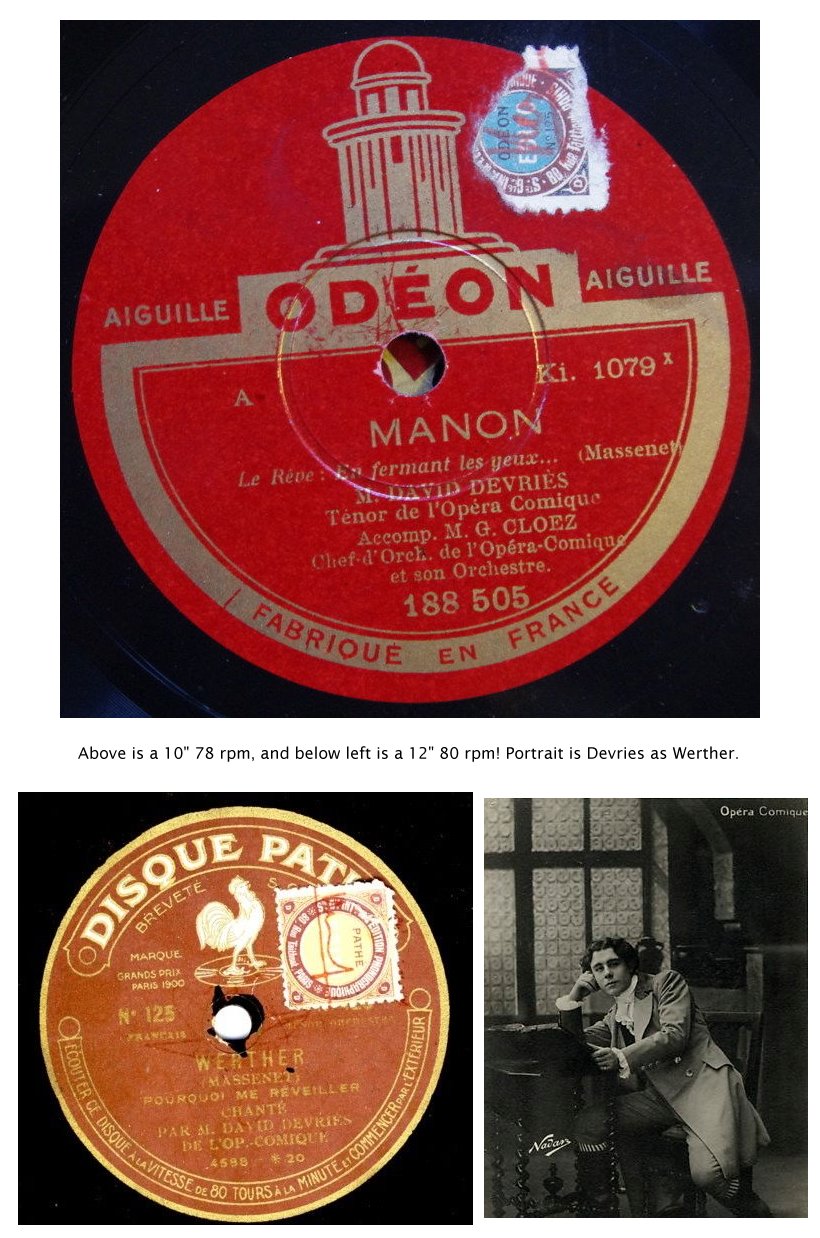 |
Octave
Dua (28 Feb 1882, Ghent - 8 March 1952, Brussels) was a Belgian
operatic tenor. Dua
had a successful career as comprimario. His real name was Leo van der
Haegen. He made his debut in Brussels (Théâtre de la
Monnaie) in 1907
as Jeník in B. Smetana’s The
Bartered Bride. From 1915 to 1922 he
had big success at the Chicago Opera House. From 1919-21 he belonged to
the ensemble of the Metropolitan Opera in New York. In 1921-22 he was
engaged again by the Chicago Opera House (under the management of Mary
Garden). Here he appeared on 30. 12. 1921 in the premiere of S.
Prokofiev's L'amour trois oranges
singing the role of Truffaldino.
In 1920 in New York he had a nasal operation and lost an eye. He had
his biggest success at Covent Garden in London, where he appeared from
1924 to 1931 and again from 1934 to 1939. Here he sang in 1919 in the
première of M. Ravel’s L'Heure
espagnole. In the 1931-1932 season
Dua again was a member of the Chicago Opera House. After 1926 he was
active as a stage manager first in Brussels, then in Ghent. 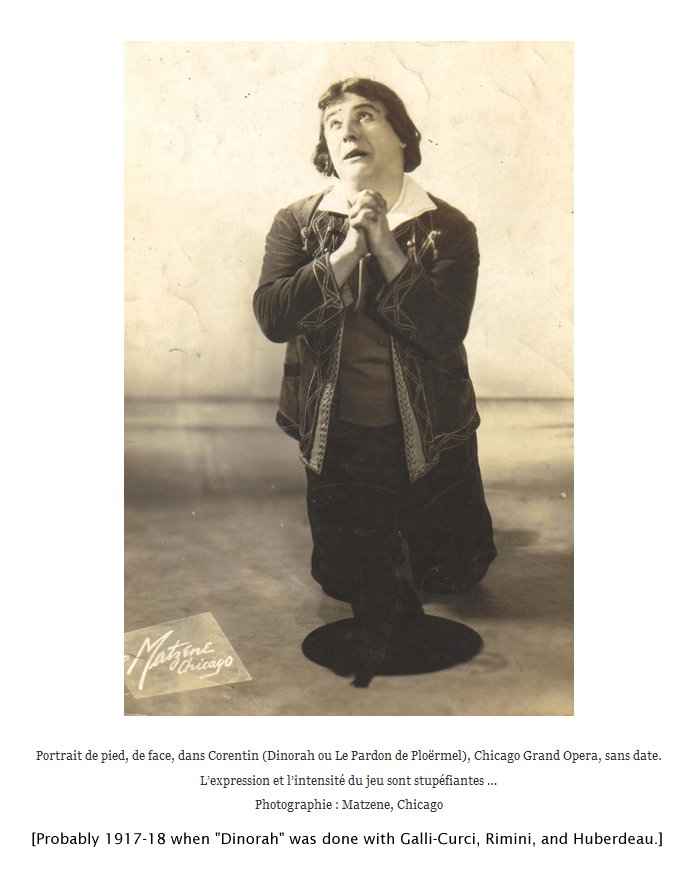 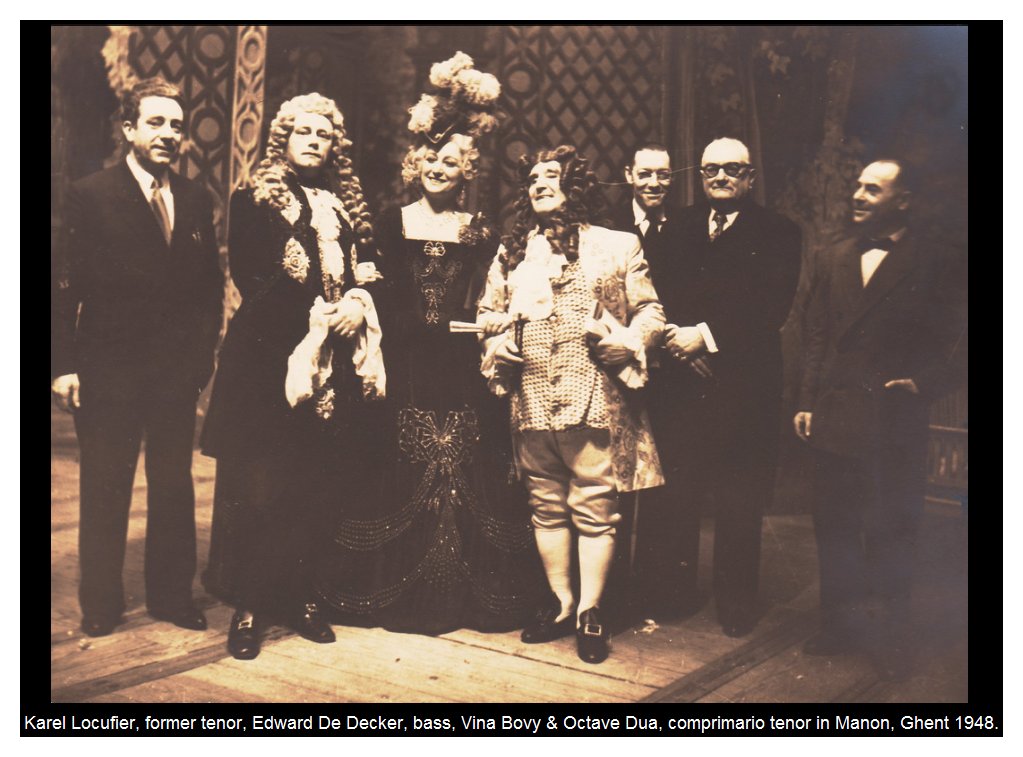 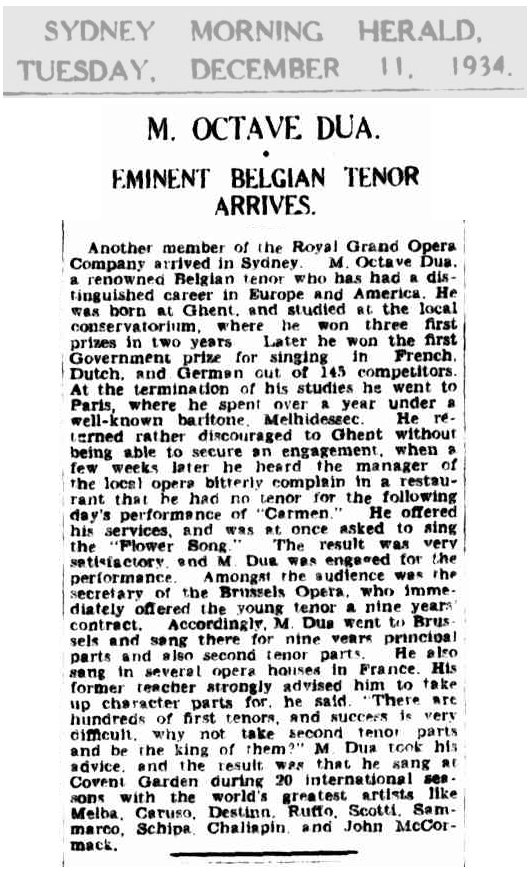 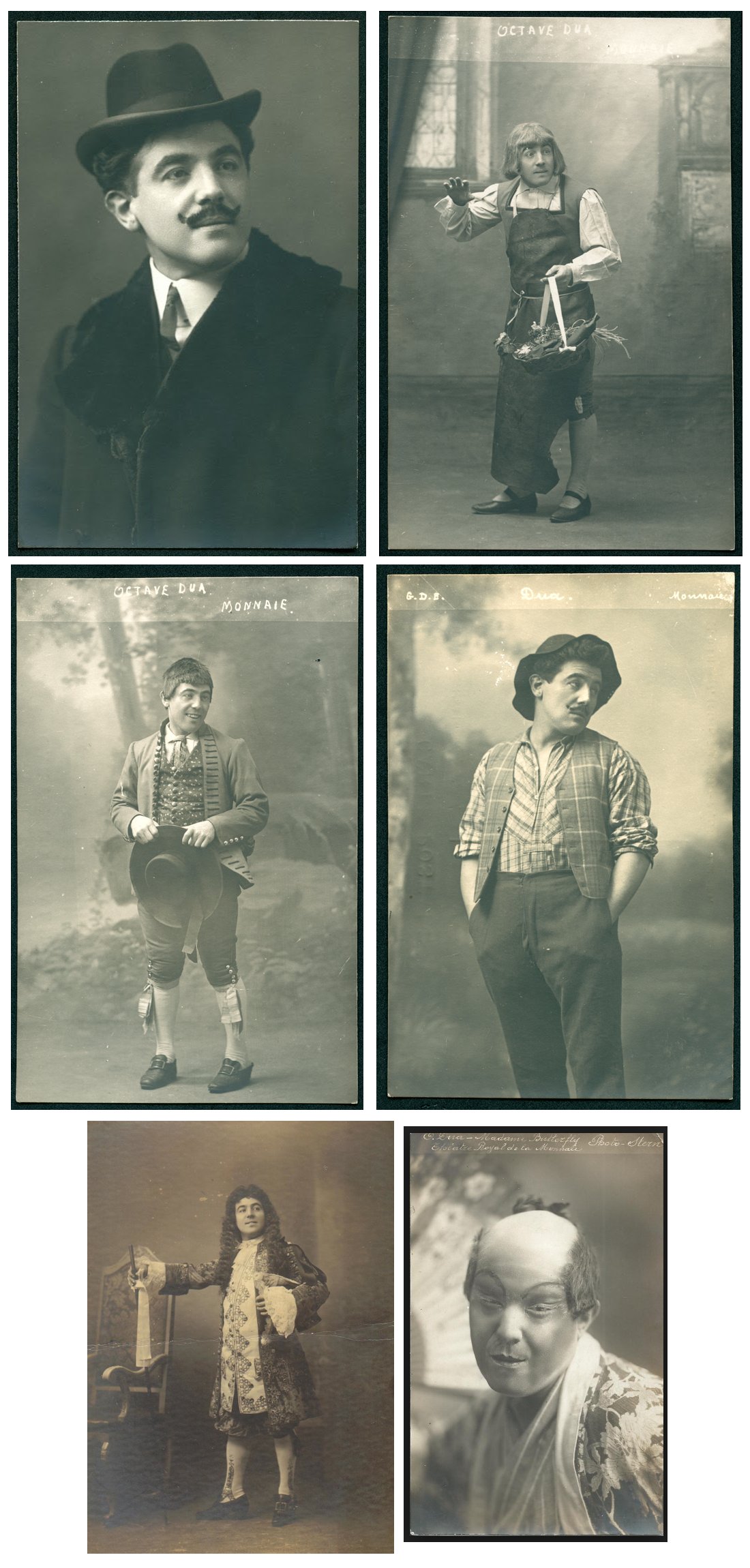 |
Jean
Duffault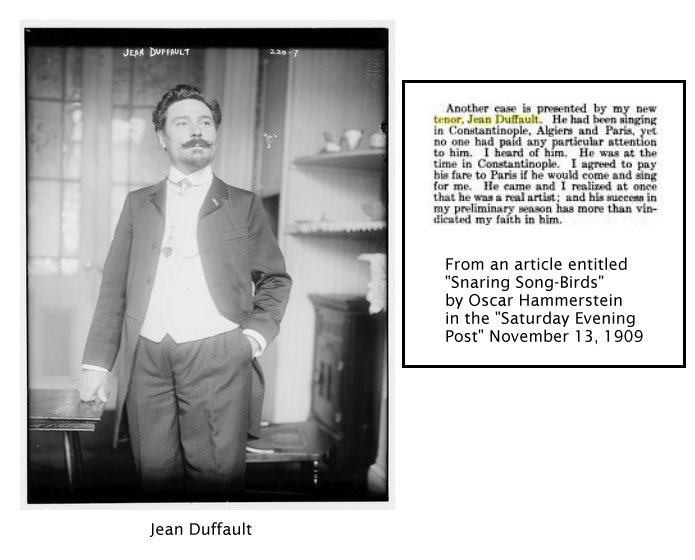 |
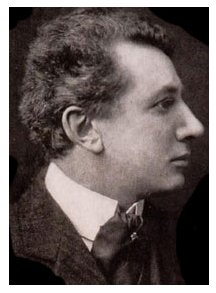 Hector Dufranne
was born in Mons, Belgium on October 25, 1870. He studied at the
Brussels
Conservatory with Désirée Demest before making his
professional opera
debut in 1896 at La Monnaie as Valentin in Charles Gounod's Faust. He returned to that opera
house several times to sing such roles as Grymping in Vincent d'Indy's Fervaal (1897), Alberich in Richard
Wagner's Das Rheingold
(1898), Thomas in Jan Blockx's Thyl
Uylenspiegel (1900), Thoas in Christoph Willibald Gluck's Iphigénie en Tauride (1902),
the Innkeeper in Engelbert Humperdinck's Königskinder (1912), and Rocco
in Ermanno Wolf-Ferrari's I gioielli
della Madonna (1913). Hector Dufranne
was born in Mons, Belgium on October 25, 1870. He studied at the
Brussels
Conservatory with Désirée Demest before making his
professional opera
debut in 1896 at La Monnaie as Valentin in Charles Gounod's Faust. He returned to that opera
house several times to sing such roles as Grymping in Vincent d'Indy's Fervaal (1897), Alberich in Richard
Wagner's Das Rheingold
(1898), Thomas in Jan Blockx's Thyl
Uylenspiegel (1900), Thoas in Christoph Willibald Gluck's Iphigénie en Tauride (1902),
the Innkeeper in Engelbert Humperdinck's Königskinder (1912), and Rocco
in Ermanno Wolf-Ferrari's I gioielli
della Madonna (1913).Dufranne sang at the Opéra-Comique in Paris from 1900 to 1912, making his first appearance as Thoas. He appeared in several world premieres with the company including creating the roles of Saluces in Griselidis (1901), the title role in Alfred Bruneau's L' Ouragan (1901), Golaud in Pelléas et Mélisande (1902), Amaury-Ganelon in La Fille de Roland by Henri Rabaud (1904), Koebi in Gustave Doret's Les Armaillis (1906), the title role in Xavier Leroux's Le Chemineau, Clavaroche in Fortunio by André Messager (1907), the fiancé in Raoul Laparra's La Habanéra (1908), and Don Iñigo Gomez in Maurice Ravel's L'Heure espagnole (1911). He also sang Scarpia in the Opéra-Comique’s first production of Giacomo Puccini's Tosca (1909). 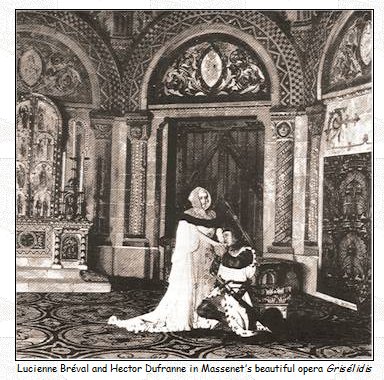 Dufranne also appeared periodically at the Paris Opera
beginning in
1907. He notably portrayed the role of John the Baptist in their first
production of Richard Strauss's Salome
(1910). He also sang at the Opéra de Monte-Carlo in 1907 where
he took
part in the creation of two world premieres, the role of André
Thorel
in Jules Massenet's Thérèse
and the title role in Bruneau's Naïs
Micoulin. In 1914 he sang the role of Golaud in his only
appearance at the Royal Opera, Covent Garden in London. Dufranne also appeared periodically at the Paris Opera
beginning in
1907. He notably portrayed the role of John the Baptist in their first
production of Richard Strauss's Salome
(1910). He also sang at the Opéra de Monte-Carlo in 1907 where
he took
part in the creation of two world premieres, the role of André
Thorel
in Jules Massenet's Thérèse
and the title role in Bruneau's Naïs
Micoulin. In 1914 he sang the role of Golaud in his only
appearance at the Royal Opera, Covent Garden in London.In 1908 Dufranne went to the United States for the first time to sing with the Manhattan Opera Company in the American premiere of Pelléas et Mélisande. He returned for several more productions through 1910, appearing as le Prieur in Le jongleur de Notre-Dame (1909), Caoudal in Sapho (1909), Rabo in Jan Blockx's Herbergprinses (performed in Italian as La Princesse d'Auberge, 1909), John the Baptist in Richard Strauss's Salome (1910), and Saluces in Massenet's Griselidis (1910). He also sang with the Chicago Grand Opera Company and the Chicago Opera Association from 1910 to 1922, creating there Léandre in The Love for Three Oranges (in French) by Sergei Prokofiev, in 1921. In 1922, Dufranne returned to Paris where he continued to appear in operas in all the major houses in addition to appearing in other opera houses in France. He also spent a brief time performing in Amsterdam in 1935. In 1923 he created the part of Don Quixote in the stage première of El retablo de maese Pedro under the baton of the composer, Manuel de Falla. The performance was for a private audience and was held in the private theatre of Winnaretta Singer, Princess Edmond de Polignac; he repeated the role in a Falla triple-bill at the Opéra-Comique in 1928. In 1924, he appeared at the Théâtre des Champs-Élysées in the world premiere of Léon Sachs's Les Burgraves. 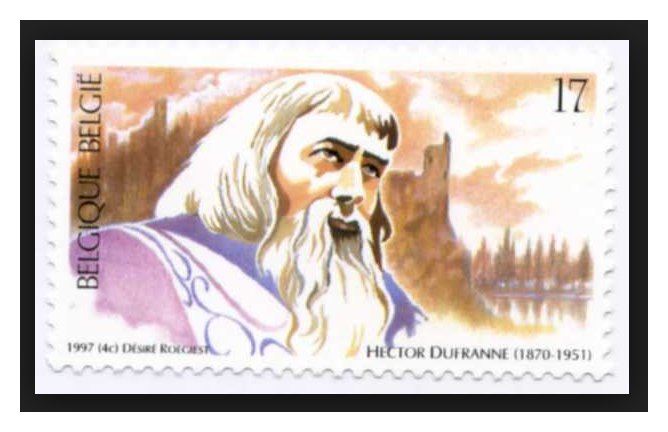 With the outbreak of World War II in 1939, Dufranne retired from the stage, with his last performance being the role of Golaud at the opera house in Vichy. He lived in Paris where he taught singing for many years before his death on May 4, 1951. His voice is preserved on a number of historic CD recordings made between 1904 and 1928 which have been issued on CYP 3612. He can also be heard on the first full recording of L’heure espagnole (1931), and in extracts from Pelléas et Mélisande (1927). 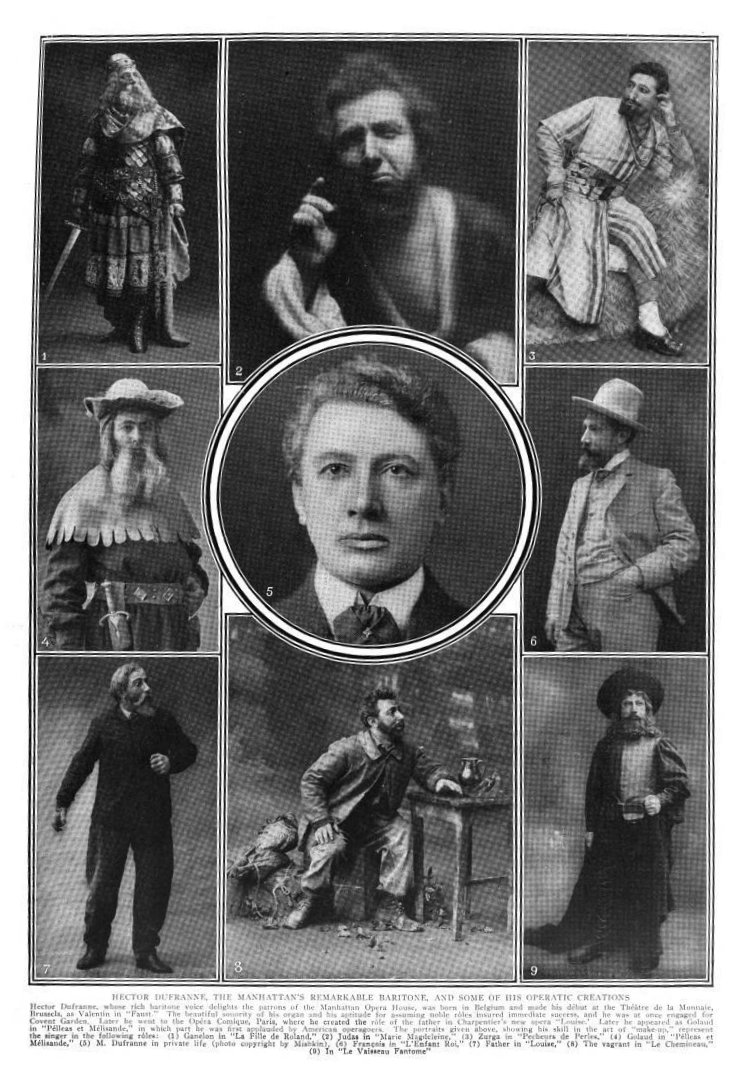 |
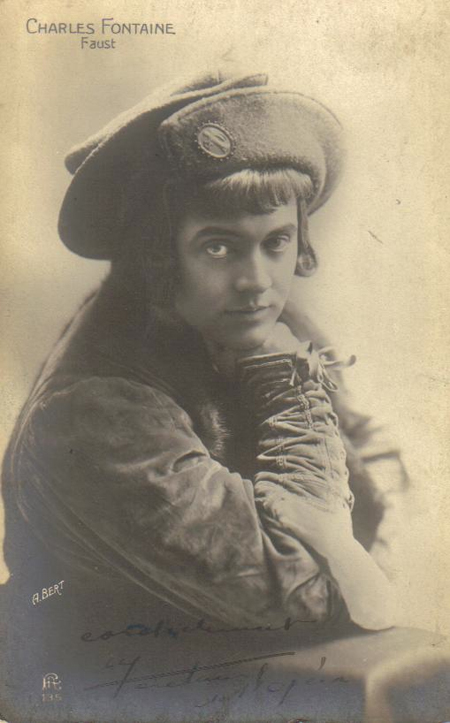 Like
Fernand Ansseau, another Belgian tenor Charles
Fontaine
(1878 - June 8, 1955) was a pupil of Demest at the Brussels
Conservatory. He was born in Antwerp and after making a successful
debut there was invited to Covent Garden for the season of 1909, where
his roles included Faust, Samson and Renaud in a solitary performance
of Gluck's "Armide". The engagement was, however, premature and the
best notices he secured spoke well only of his acting. During the next
two seasons he remained in relative obscurity in the French provinces.
In 1911 he appeared for the first time in Paris, at the Opera as Raous
in "Les Huguenots", in which "his powerful voice, the manner in which
he deployed it, easy and vibrant" made a suitable impression. In the
course of the next three yerars he divided his time between Paris and
appearances at various Belgian theatres. He created the roles of
Lorenzo in “Beatrice” (Messager), Almerio in “Gismonda” (Henry Fevrier)
with Fanny Heldy and Albers. In 1912 he was chosen to record Manrico in
the first complete recording of “Il Trovatore” in French conducted by
Francois Ruhlmann (on 19 acoustic discs). At Antwerp in 1914 with
Yvonne Gall in "Romeo et Juliette", he sang "with a force that quite
subjugated the crowds", the same season at Liege he was Arnold in
"Guillaume Tell" with another leading Belgian singer, the baritone Jean
Noté'. After the German invasion of Belgium in September he
moved to
Paris. At the end of the same year he made his debut at the
Opera-Comique as Don José', after which came Dominique in
"L'Attaque du
moulin", Gerald, Pinkerton, the title role in "Le Jongleur de Notre
Dame", Des Grieux, Canio, Danielo in Leroux's "La Reine Fiammette",
Mylio in "Le Roi d'Ys", Jean in "Sapho", Cavaradossi, Rodolfo, Werther,
Hoffmann, and Armand in Massenet's "Therese". He created Almerio in
Fevrier's "Gisomonda" with Fanny Heldy and Henri Albers. By this time
his singing seems to have much improved and "Le Menestral" picked out
for special praise "his beautiful voice and restrained playing" in
Faure's "Penelope". In the autumn of 1917 he sang in a special gala
evening of excerpts from French opera at La Scala. In December 1918 he
became a member of the Chicago Opera. During his first season in which,
as a result of the presence of Mary Garden as principal prima donna,
fourteen of the twenty-nine works in the repertory were French, he
shared the principal tenor roles with Lucient Muratore and John
O'Sullivan. Although unable to produce the high notes that made the
latter celebrated and without Muratore's charm of manner or good looks,
he secured a repeat engagement the following season and appeared with
Garden in "Carmen", "Louise", "Gismonda", "Cleopatre", and "Thais". He
took the role of Toliak in Gunsbourg's "Le Vieil Aigle" with Baklanov,
and Pierre in Messager's "Madame Chrysantheme" with the Japanese
soprano Tamaki Miura. When it was repeated on tour at the Lexington
Theatre in New York, Aldrich noted that: [Fontaine] as Pierre
showed
an agreeable tenor voice, a little uneven in quality, and sometimes a
little disposed to flat but with plenty of power, and in his
impersonation was vigorous and manly. He remained active through
the
1920s in Paris and the French provinces at Bordeaux, Nice (with
Rittter-Ciampi in "Les Contes d'Hoffmann") and elsewhere. A comparison
between Ansseau and Fontaine in "O Paradis" reveals obvious
similarities in voice production but Fontaine is a cruder singer; the
intervals are not as clearly defined, the voice is rather throaty and
when he piles on the pressure, the top notes become strained.
Throughout there are signs of the disagreeable effects of the
diphthonged French vowels, and he has a tendency to articulate the
words at the expense of the quality of the tone. Next to Ansseau, or
Franz, this is dry and lacking in sonority. When a less scrupulous
delivery does not come amiss, in Sigurd's "Esprits gardiens", he makes
a brazen effect sweeping easily through the high tessitura. Like
Fernand Ansseau, another Belgian tenor Charles
Fontaine
(1878 - June 8, 1955) was a pupil of Demest at the Brussels
Conservatory. He was born in Antwerp and after making a successful
debut there was invited to Covent Garden for the season of 1909, where
his roles included Faust, Samson and Renaud in a solitary performance
of Gluck's "Armide". The engagement was, however, premature and the
best notices he secured spoke well only of his acting. During the next
two seasons he remained in relative obscurity in the French provinces.
In 1911 he appeared for the first time in Paris, at the Opera as Raous
in "Les Huguenots", in which "his powerful voice, the manner in which
he deployed it, easy and vibrant" made a suitable impression. In the
course of the next three yerars he divided his time between Paris and
appearances at various Belgian theatres. He created the roles of
Lorenzo in “Beatrice” (Messager), Almerio in “Gismonda” (Henry Fevrier)
with Fanny Heldy and Albers. In 1912 he was chosen to record Manrico in
the first complete recording of “Il Trovatore” in French conducted by
Francois Ruhlmann (on 19 acoustic discs). At Antwerp in 1914 with
Yvonne Gall in "Romeo et Juliette", he sang "with a force that quite
subjugated the crowds", the same season at Liege he was Arnold in
"Guillaume Tell" with another leading Belgian singer, the baritone Jean
Noté'. After the German invasion of Belgium in September he
moved to
Paris. At the end of the same year he made his debut at the
Opera-Comique as Don José', after which came Dominique in
"L'Attaque du
moulin", Gerald, Pinkerton, the title role in "Le Jongleur de Notre
Dame", Des Grieux, Canio, Danielo in Leroux's "La Reine Fiammette",
Mylio in "Le Roi d'Ys", Jean in "Sapho", Cavaradossi, Rodolfo, Werther,
Hoffmann, and Armand in Massenet's "Therese". He created Almerio in
Fevrier's "Gisomonda" with Fanny Heldy and Henri Albers. By this time
his singing seems to have much improved and "Le Menestral" picked out
for special praise "his beautiful voice and restrained playing" in
Faure's "Penelope". In the autumn of 1917 he sang in a special gala
evening of excerpts from French opera at La Scala. In December 1918 he
became a member of the Chicago Opera. During his first season in which,
as a result of the presence of Mary Garden as principal prima donna,
fourteen of the twenty-nine works in the repertory were French, he
shared the principal tenor roles with Lucient Muratore and John
O'Sullivan. Although unable to produce the high notes that made the
latter celebrated and without Muratore's charm of manner or good looks,
he secured a repeat engagement the following season and appeared with
Garden in "Carmen", "Louise", "Gismonda", "Cleopatre", and "Thais". He
took the role of Toliak in Gunsbourg's "Le Vieil Aigle" with Baklanov,
and Pierre in Messager's "Madame Chrysantheme" with the Japanese
soprano Tamaki Miura. When it was repeated on tour at the Lexington
Theatre in New York, Aldrich noted that: [Fontaine] as Pierre
showed
an agreeable tenor voice, a little uneven in quality, and sometimes a
little disposed to flat but with plenty of power, and in his
impersonation was vigorous and manly. He remained active through
the
1920s in Paris and the French provinces at Bordeaux, Nice (with
Rittter-Ciampi in "Les Contes d'Hoffmann") and elsewhere. A comparison
between Ansseau and Fontaine in "O Paradis" reveals obvious
similarities in voice production but Fontaine is a cruder singer; the
intervals are not as clearly defined, the voice is rather throaty and
when he piles on the pressure, the top notes become strained.
Throughout there are signs of the disagreeable effects of the
diphthonged French vowels, and he has a tendency to articulate the
words at the expense of the quality of the tone. Next to Ansseau, or
Franz, this is dry and lacking in sonority. When a less scrupulous
delivery does not come amiss, in Sigurd's "Esprits gardiens", he makes
a brazen effect sweeping easily through the high tessitura. 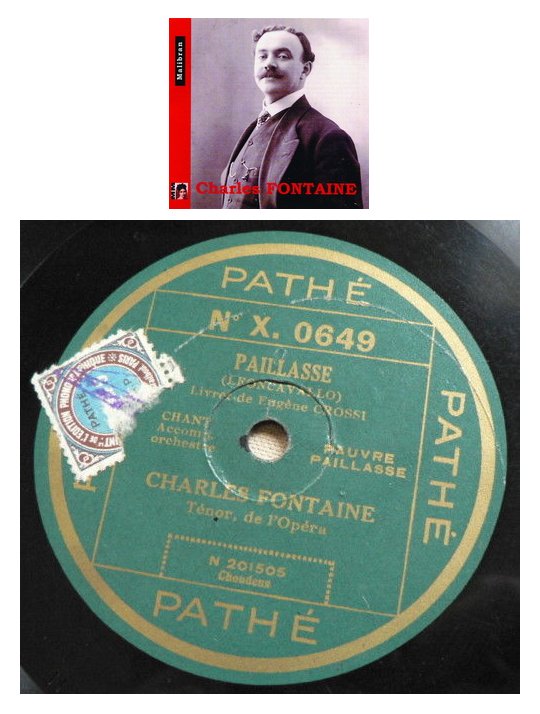 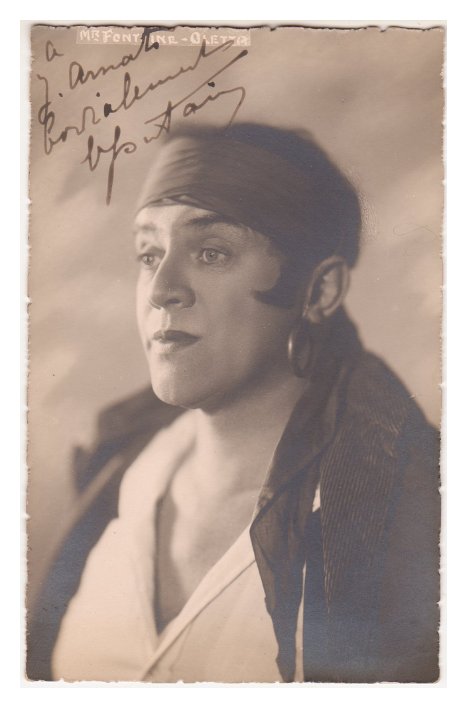 |
Cesare
Formichi
(April 15, 1883, Rome - July 21, 1949, Rome) was a prominent Italian
operatic baritone, particularly associated with the Italian repertory.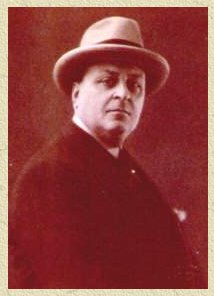 Formichi
studied in Rome with Lombardo, and made his
debut in December 1907 at the Teatro Olimpia in Bologna as Lescaut in Manon.
He went on to appear in Italy's leading opera houses, including La
Scala in Milan. Soon, he was accepting a string of engagements to sing
outside Italy, notably in Saint Petersburg (in 1912), Buenos Aires (in
1914), Paris (in 1922), Monte-Carlo, Vienna, and London (in 1924). Formichi
studied in Rome with Lombardo, and made his
debut in December 1907 at the Teatro Olimpia in Bologna as Lescaut in Manon.
He went on to appear in Italy's leading opera houses, including La
Scala in Milan. Soon, he was accepting a string of engagements to sing
outside Italy, notably in Saint Petersburg (in 1912), Buenos Aires (in
1914), Paris (in 1922), Monte-Carlo, Vienna, and London (in 1924).He sang as first baritone at the Chicago Opera from 1922 until 1932. He sang in Berlin in October 1933 with the Italian opera conducted by Ettore Panizza. He went with a troupe of singers from La Scala on a tour of France in 1935, and later organized opera seasons in London. Notable roles of his included Ashton, Rigoletto, di Luna, Amonasro, Iago, and some Wagner parts sung in Italian (Klingsor, for example). Formichi possessed a big, rich-toned, important sounding voice which can be heard on the numerous acoustic and electrical recordings which he made during the peak of his career. Many of these recordings have been re-released on CD. 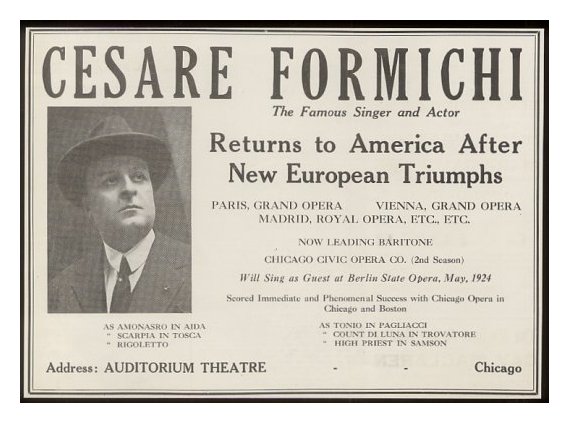 |
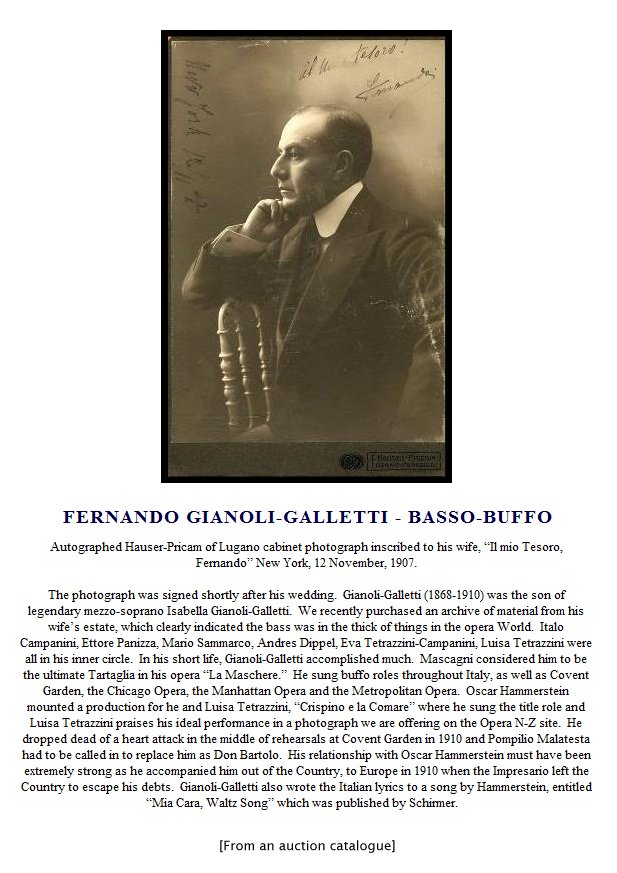 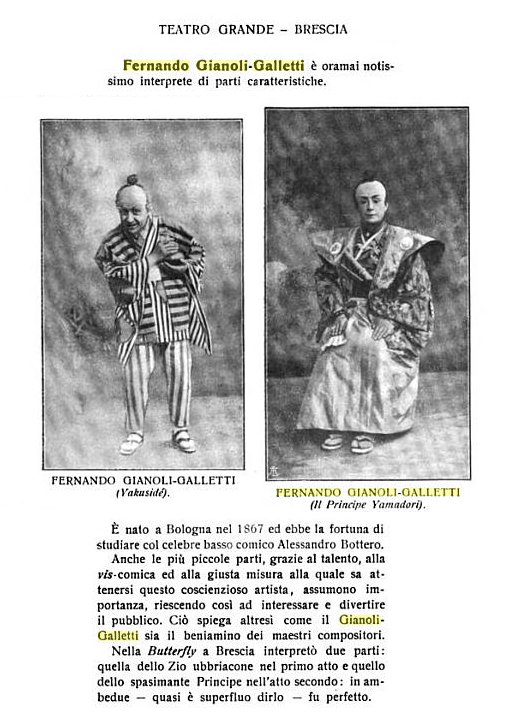 |
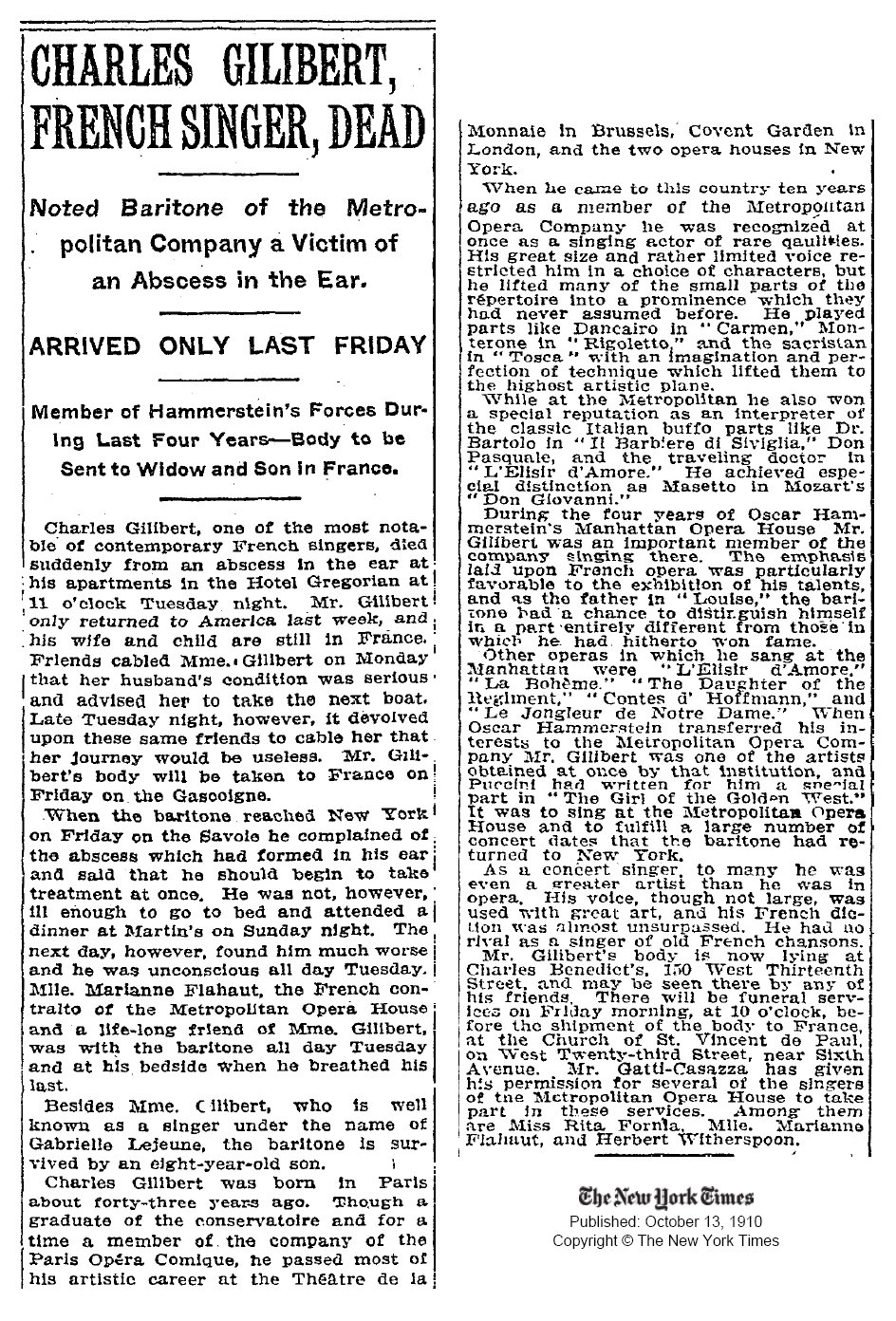 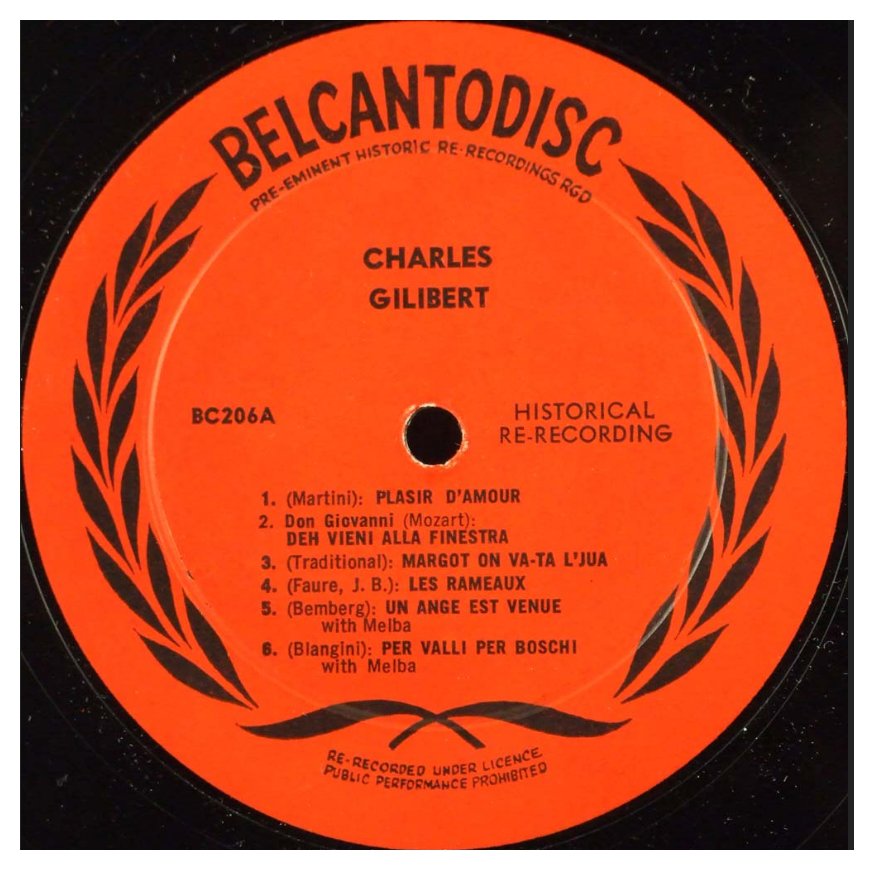 |
Gustave Huberdeau (10 May 1874 – 31 May 1945) was a French operatic bass-baritone who had a prolific career in Europe and the United States during the first quarter of the twentieth century. He sang a wide repertoire encompassing material from French composers like Gounod and Massenet to the Italian grand operas of Verdi, the verismo operas of Mascagni, and the German operas of Richard Wagner and Richard Strauss. He sang in numerous premieres during his 30 year career, including the original production of Puccini's La rondine in 1917. Although possessing a rich and warm voice, Huberdeau had a talent for comedic portrayals which made him a favorite casting choice in secondary comedic roles as well as leading roles. After retiring from opera in 1927, Huberdeau remained active as a performer in stage plays and in French cinema throughout the 1930s. Huberdeau was born in Paris, studied at the Paris Conservatoire and then made his professional opera début at the Opéra-Comique in 1898. He sang in smaller roles with that theater over the next ten years, which included a number of secondary roles in premières such as Charpentier's Louise (1900), Camille Erlanger's Le Juif polonais, Massenet’s Grisélidis (1901), Reynaldo Hahn's La Carmélite (1902), Henri Rabaud's La fille de Roland (1904), and Guillaume in André Messager's Fortunio (1907). In 1908 he joined the roster of Oscar Hammerstein I's Manhattan Opera Company in New York City where he periodically sang leading roles over the next three years. He notably portrayed the Devil in the American première of Grisélidis and sang Orestes in the American première of Elektra (1910). However, Hammerstein employed Huberdeau more frequently in productions with the Philadelphia Opera Company with which he was highly active between 1909 and 1910. In 1911 Huberdeau became a member of the Chicago Grand Opera Company, remaining with that company until it closed in 1914. He appeared in several notable productions with the company including the American premiere of Wilhelm Kienzl's Der Kuhreigen and the world premiere of Victor Herbert's Natoma. In 1914 he debuted at England's Royal Opera as a visiting artist, where he sang Méphistophélès from Gounod's Faust. That same year he returned to France and served in the First World War in the French army. After being honorably discharged in 1917, Huberdeau joined the Chicago Opera Association where he sang leading roles until 1920. He notably sang in the world premiere of Sylvio Lazzari's Le Sautériot (1918), the American premiere of Henry Février's Gismonda, and the world premiere of Reginald De Koven's Rip Van Winkle (1920). In 1917 Huberdeau sang the role of Rambaldo Fernandez in the original production of Puccini's La rondine with Opéra de Monte-Carlo. In 1919–1920 he sang with the Beecham Opera in London where he appeared as Méphistophélès, Le Comte des Grieux in Massenet's Manon, Ramfis in Verdi's Aïda, and Colline in La Bohème. He also periodically returned to Covent Garden appearing as Arkel and the Father in the British première of Mascagni’s Iris (1919) among other roles. In 1921 Huberdeau returned to France where he continued to sing throughout the 1920s in such cities as Paris, Nice, Monte Carlo, Vichy, and Brussels. He sang a wide repertory, which included everything from lead roles to character roles to mute roles. In 1922 he sang in the world premiere of Massenet's Amadis. In 1924 he left France for one year to perform in a number of productions in Amsterdam which included Zuniga in Bizet's Carmen and Golaud in the Dutch premiere of Debussy's Pelléas et Mélisande. In 1927, Huberdeau sang his last season in Monte Carlo, which included a portrayal of Hunding in Wagner's Die Walküre. After his opera career ended, Huberdeau continued to perform as an actor on the stage in spoken plays and in French films. His first film role was in the 1931 movie Ronny. His other film appearances include Boule de gomme (1931), Le Million (1931), Mistigri (1931), La Dame de chez Maxim's (1932), Prisonnier de mon coeur (1932), Georges et Georgette (1933), Les Nuits moscovites (1934), Tarass Boulba (1936), and À Venise, une nuit (1937). With the outbreak of World War II, Huberdeau's acting career ended. He died in Paris in 1945. Huberdeau was among the first generation of musicians to be recorded. He recorded only a few arias around 1910 on Edison cylinder. His recordings show a sturdy voice that is somewhat dry in quality given the limited technology of day. [Photo below: Huberdeau as Palemon in Thaïs.] 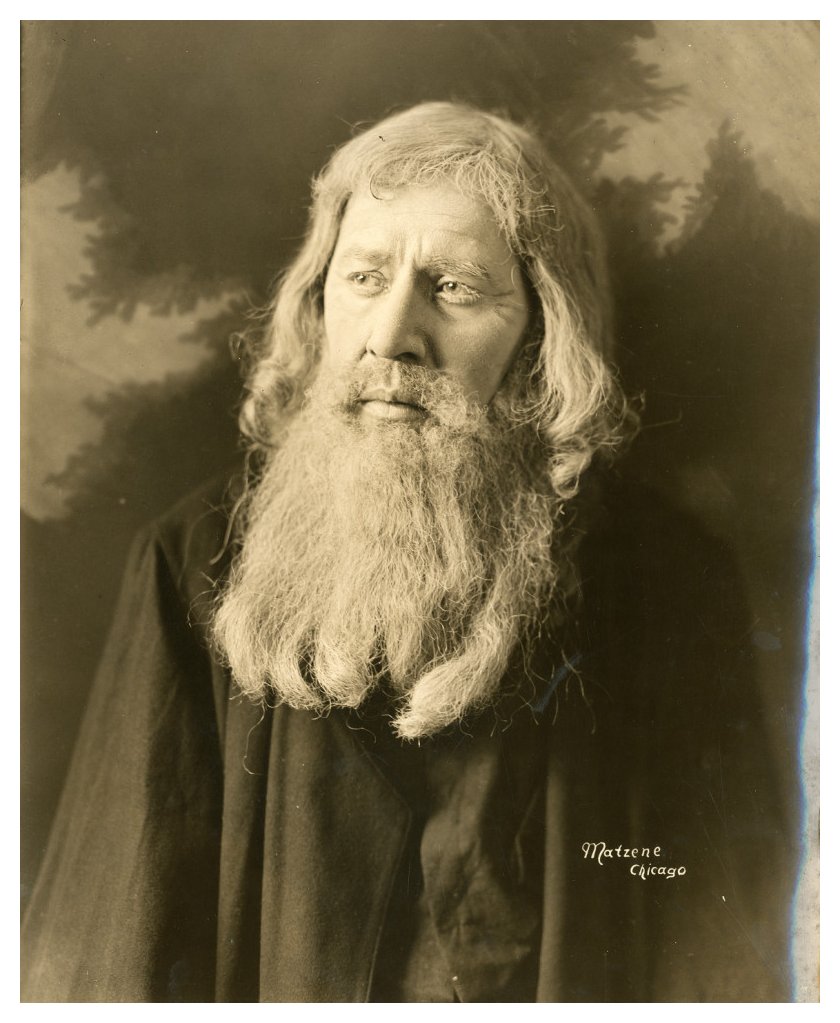 |
Marcel
Journet
(July 25, 1868 – September 7, 1933), was a French, bass, operatic
singer. He enjoyed a prominent career in England, France and Italy, and
appeared at the foremost American opera houses in New York City and
Chicago.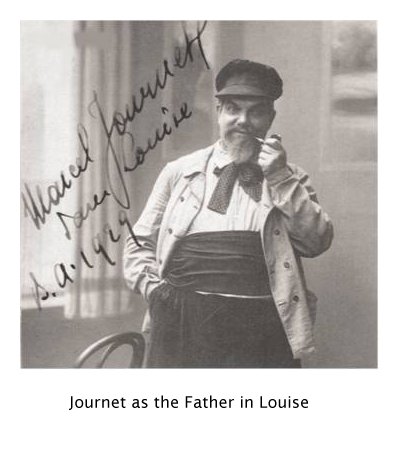 Journet
was born in the town of Grasse, Alpes-Maritimes near Nice, and studied
at the Paris Conservatory with Louis-Henri Obin. He made his operatic
debut at Montpellier in 1891. Journet went on to sing a wide range of
roles in operas by Richard Wagner and major French and Italian
composers during a distinguished, 40-year career. Journet
was born in the town of Grasse, Alpes-Maritimes near Nice, and studied
at the Paris Conservatory with Louis-Henri Obin. He made his operatic
debut at Montpellier in 1891. Journet went on to sing a wide range of
roles in operas by Richard Wagner and major French and Italian
composers during a distinguished, 40-year career.He sang Balthazar in Donizetti’s La Favorite at Bézières (Belgium) in 1892. From 1892 he sang regularly at the La Monnaie in Brussels. His international career began with an invitation to Covent Garden in 1897, where the bass roster included Edouard de Reszke and Pol Plançon. Their presence notwithstanding, Journet was engaged every season until 1907 and he reappeared in 1909, 1927 and 1928. He made his debut at the Met in 1900. He sang the following bass- and baritone roles: Marcel and St. Bris in Les Huguenots, the Landgrave in Tannhäuser, Méphistophélès in Gounod’s Faust, Claudius in Thomas’ Hamlet, Jupiter and Vulcain in Gounod’s Philémon et Baucis, Colline and Schaunard in La Bohème, Capulet and Frère Laurent in Roméo et Juliette, Leporello and the Commendatore in Don Giovanni, Sparafucile in Rigoletti, the Kings in Lohengrin and Le Roi d’Ys, Escamillo and Zuniga in Carmen, Raimondo in Lucia di Lammermoor, Don Basilio, Comte des Grieux in Manon, Basinde in Missa’s Maguelone, Alvise in La Gioconda, Rodolfo in Catalani’s Loreley, Fafner in Rheingold, Garrido in La Navarraise, the King and Ramfis in Aïda, Ferrando in Il Trovatore, the Grand Inquisitor and the Grand Brahmin in L’Africaine, Titurel and Gurnemanz in Parsifal, Myrtille and Olimpias in de Lara’s Messaline, Lodovico in Otello, Oberthal and Zacharias in Le Prophète, Tom in Ballo in Maschera, Narr-Havas in Reyer’s Sallambô, Plunkett in Martha and many others. In 1915 he sang with the Chicago Opera. In 1916 he appeared in South America where he returned in 1923 and 1927. From the time of the outbreak of World War I he began to base the major portion of every season in France. At the Paris Opéra he had to compete again with two other basses, André Gresse and Jean-Francisque Delmas. It was in Monte Carlo, however, that Journet reigned as first bass from 1914 to 1920. He also held this position at La Scala where he sang his roles including Simon Mago in the first performance of Boito’s Nerone. Remaining active throughout the 1920s he gave his last performance a year before he died. His career was one of the most long lasting in history. |
| Alexander
Kipnis
(February 13 [O.S. February 1] 1891 – May 14, 1978) was a Russian-born
operatic bass. Having initially established his artistic reputation in
Europe, Kipnis became an American citizen in 1931, following his
marriage to an American. He appeared often at the Chicago Opera before
making his début at the Metropolitan Opera in New York City in
1940. Aleksandr Kipnis was born in Zhytomyr, the capital of the Volhynian Governorate, in the Russian Empire (now Ukraine). His impoverished family of seven lived in a Jewish ghetto. After his father died, when he was aged 12, he helped support the family as a carpenter's apprentice and by singing soprano in local synagogues and in Bessarabia (now Moldova) until his voice changed. As a teenager he took part in a Yiddish theatrical group, until he entered the Warsaw Conservatory at age 19. The conservatory did not require a high-school diploma. His education included the study of the trombone, double bass and conducting. All the while he continued to sing in synagogues. On the recommendation of the choirmaster, he traveled to Berlin and studied voice with Ernst Grenzebach who was also a teacher of Lauritz Melchior, Meta Seinemeyer, and Max Lorenz. At the same time he sang second bass in Monti's Operetta Theater. 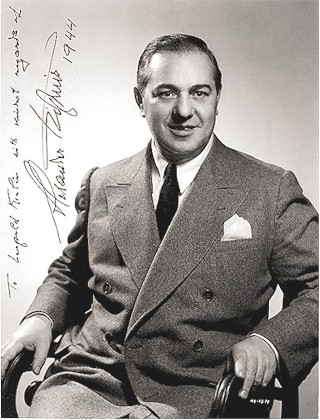 When
the First World War started, Kipnis was interned as an alien in a
German holding camp. While singing to himself he was overheard by an
army captain whose brother was general manager of the Wiesbaden Opera.
Kipnis was released from custody and he was engaged by the Hamburg
Opera. He made his operatic debut in 1915, singing three Johann Strauss
songs as a "guest" in the party scene of the operetta Die Fledermaus.
In 1917, he moved to the Wiesbaden Opera, having gained invaluable
stage experience. He sang in more than 300 performances at Wiesbaden
until 1922, when he joined the Berlin Staatsoper. When
the First World War started, Kipnis was interned as an alien in a
German holding camp. While singing to himself he was overheard by an
army captain whose brother was general manager of the Wiesbaden Opera.
Kipnis was released from custody and he was engaged by the Hamburg
Opera. He made his operatic debut in 1915, singing three Johann Strauss
songs as a "guest" in the party scene of the operetta Die Fledermaus.
In 1917, he moved to the Wiesbaden Opera, having gained invaluable
stage experience. He sang in more than 300 performances at Wiesbaden
until 1922, when he joined the Berlin Staatsoper.The following year Kipnis visited the United States with a touring Wagnerian company. For nine seasons, between 1923 and 1932, he was on the roster of the Chicago Civic Opera. In 1927, at the Bayreuth Festival, he appeared as Gurnemanz in Wagner's Parsifal under Karl Muck and recorded the Good Friday Music under Siegfried Wagner. (A purported live performance recording in 1933 under Richard Strauss has been generally discounted.) He also appeared at the Salzburg Festival. Kipnis was under contract with the Berlin Opera until 1935, when he was able to break his contract and flee Nazi Germany. He appeared for three seasons as a guest performer with the Vienna State Opera in 1936-1938. Just after the Anschluss he left Europe and settled permanently in the United States. By the time he was finally signed by the Metropolitan in 1940 he had appeared in most of the world's major opera houses. In addition to those European and American theatres already mentione, he was heard at the Royal Opera House, Covent Garden, (in 1927 and 1929–1935), and also at the Teatro Colón in Buenos Aires (1926–1936). Kipnis was regarded throughout the inter-war years as being one of the greatest basses in the world. He was praised for the beauty of his smooth and mellow voice and the excellence of his musicianship. As befitted his status, he was invited to appear with the top conductors of his day. He retired from the Met in 1946. He made his last concert appearance in 1951. Since his debut in 1915, he had sung at least 108 roles, often in more than one language, and his performances in opera and oratorio numbered more than 1600. He died in Westport, Connecticut in 1978, aged 87. Kipnis' son Igor Kipnis (1930–2002) was a celebrated harpsichordist. [See my Interview with Igor Kipnis.] Following in similar creative footsteps, Kipnis's grandson, Jeremy R. Kipnis (born 1965), has become known as a photographer, record producer, film director, and recently creator of The Kipnis Studio Standard - The 21st Century Ultimate Screening Room Design, an evolution of George Lucas's and Tom Holman's THX Motion Picture & Sound Standards. “My father was born into a pitifully poor family in the Ukraine and had little going for him as a young boy except for a rather sweet soprano voice. One day, a visiting cantor from Bessarabia heard the lad singing in the local synagogue choir and persuaded my father’s mother, with the promise of some payment, to let him take the child back to his own synagogue to sing. During this period of a few years, my father was befriended by one of the choir’s male singers. The town of Novybug, with its largely unpaved streets, had particularly muddy paths when the post-winter thaws came and whenever it rained. In exchange for singing lessons and the rudiments of reading music, my father would scrupulously scrub the rubber boots of the older singer. One of the pieces the older man introduced him to was “Der Leiermann,” the haunting final song from Schubert’s Winterreise. My father was affected by the sad, almost frozen tune of the organ grinder, and in later life he often related how, as a young boy, he loved songs in minor keys and could not understand why anyone should ever want to write in the major mode.” (Igor Kipnis) 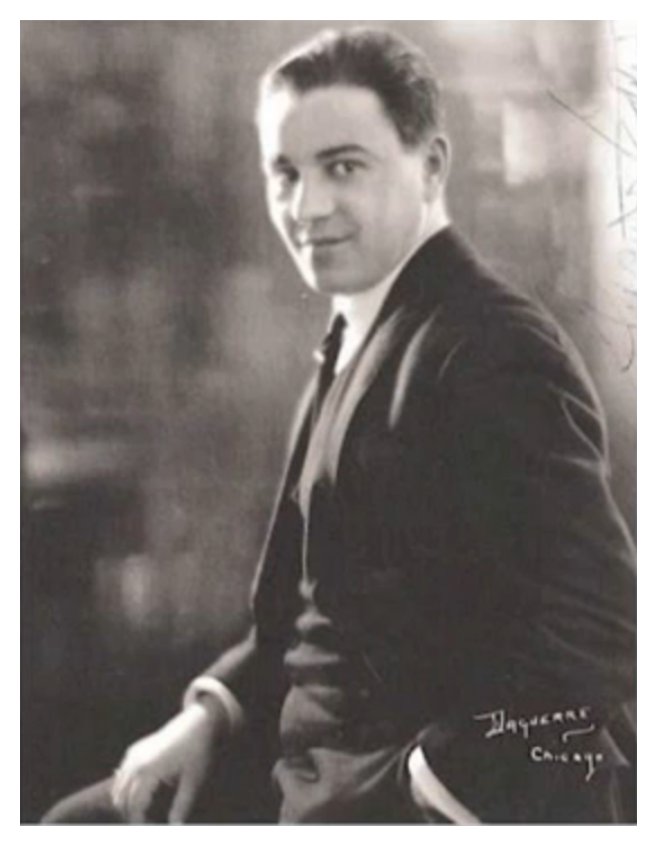 |
Tenor Forrest Lamont
was Canadian by birth, but he spent most of his life in the United
States. Opera engagements took him all over the world, and he sang with
some of the world's finest singers in major cities such as New York and
Chicago.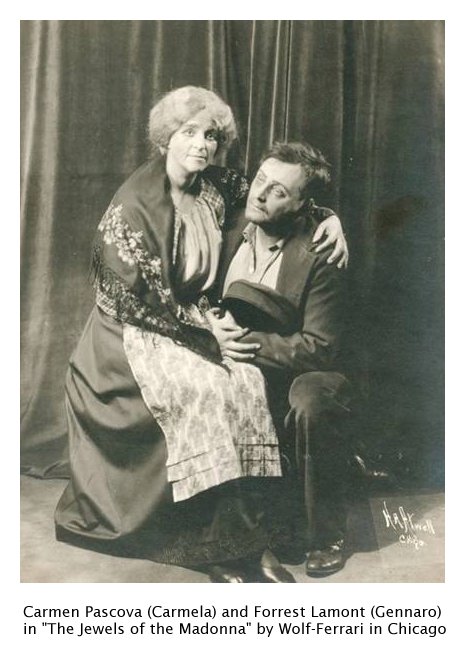 Born
in the Ontario village of Athelone, in the Adjala Township, Forrest
Lamont moved with his family to Chicopee, Massachusetts where he
studied music and sang in church choirs. He continued his studies in
France, Italy and Germany, and on May 18, 1914 he made his operatic
debut at the Teatro Adriano in Rome in Donizetti's Poliuto.
In the same year, he made a guest appearance in Moscow, and engagements
followed throughout Europe with performances in Italy, Vienna and
Budapest. Born
in the Ontario village of Athelone, in the Adjala Township, Forrest
Lamont moved with his family to Chicopee, Massachusetts where he
studied music and sang in church choirs. He continued his studies in
France, Italy and Germany, and on May 18, 1914 he made his operatic
debut at the Teatro Adriano in Rome in Donizetti's Poliuto.
In the same year, he made a guest appearance in Moscow, and engagements
followed throughout Europe with performances in Italy, Vienna and
Budapest.In 1916, Lamont returned to the United States, and joined the Chicago Civic Opera Company. The company's director, Campanini, actively supported the efforts of American opera composers, and Lamont had the opportunity to perform the lead in a number of American operas. One of Lamont's earliest appearances on the Chicago Opera stage took place on December 26, 1917 in the world premiere of Azora, Daughter of Montezuma by American composer Henry Hadley. Lamont appeared in the role of Xalca in this three-act Romantic opera that "was a sort of junior American Aïda, with a call for lavish staging, processionals, ballets, colorful costuming, big musical numbers". In 1918, Lamont appeared in the premiere of an opera that dealt with the American Civil War, Daughter of the Forest, by American composer Arthur Nevin. In the same year, the Chicago Opera presented a season at the Lexington Theater in New York City, and in this venue, Lamont appeared in Azora, Daughter of Montezuma again and in Donizetti's Linda di Chamounix with the popular soprano Amelita Galli-Curci. Other American operas in which he appeared include Hardling's Light From St. Agnes and Frank Patterson's The Echo. Between 1919 and 1920, he made ten recordings on the Okeh label, including arias from Pietro Mascagini's Cavalleria Rusticana and Giuseppe Verdi's Il Trovatore. Lamont sang with the Chicago Civic Opera until 1930, specializing in performances of Wagnerian, French and Italian opera. He appeared in a wide variety of roles, including Rodolfo in La Bohème, Radames in Aïda, Edgardo in Lucia di Lammermoor, the Duke in Rigoletto, Dmitri in Boris Gudonov, Canio in Pagliacci, Alfred in Die Fledermaus, Turiddu in Cavalleria Rusticana and Siegmund in Die Walküre. One of his greatest successes occurred in 1921 when he sang the role of Gennaro in E. Wolf-Ferrari's The Jewels of the Madonna with Giacomo Rimini and Rosa Raïsa. Forrest Lamont also joined the Cincinnati Civic Opera and made guest appearances with the Philadelphia Opera Company. Between his engagements in the United States Lamont made international tours, visiting cities in the West Indies and South America. After he retired from the concert stage, he became a voice teacher in Chicago. He lived in Chicago until his death in 1937. 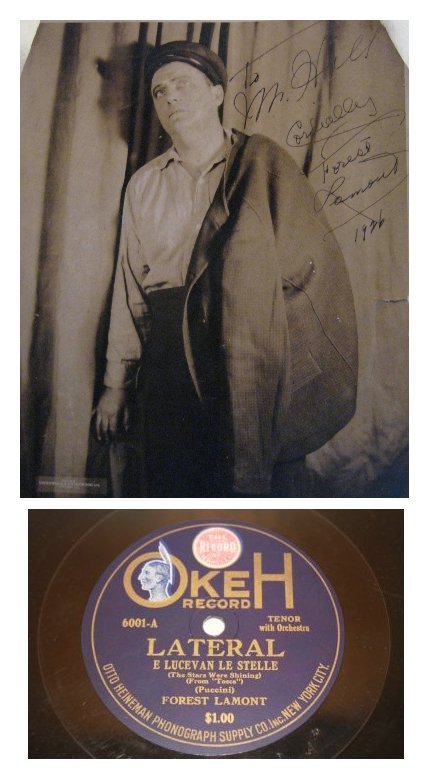 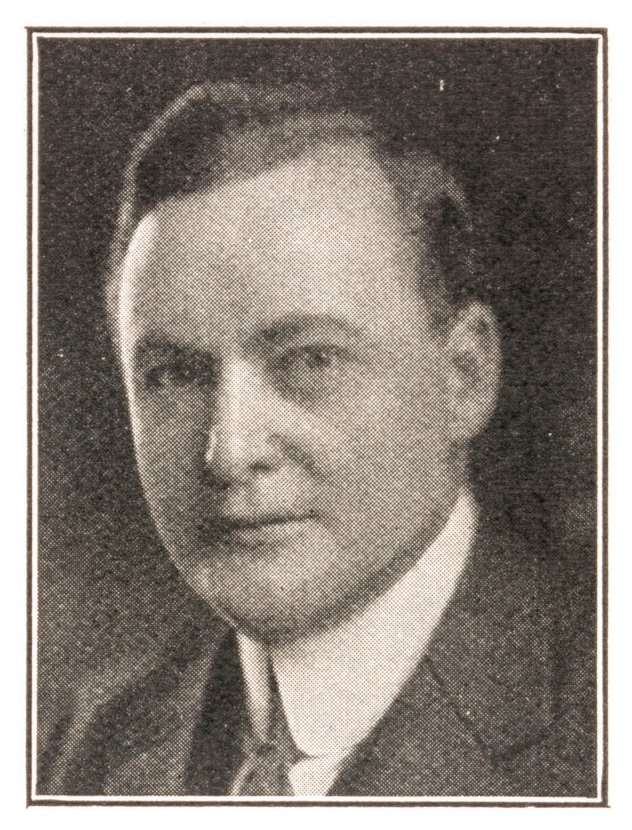 |
|
Alfred
Maguenat
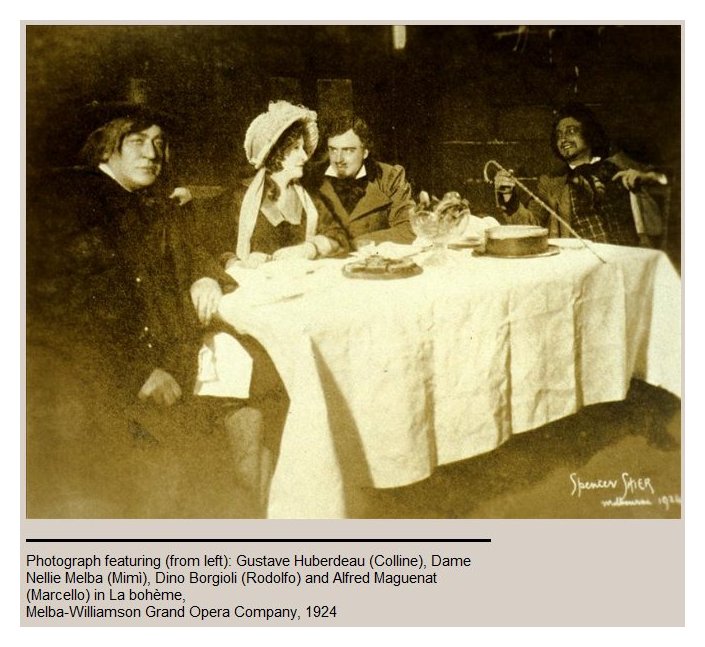 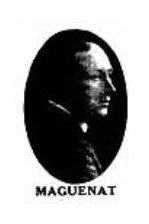 In 1911 the Pathé Company began an ambitious
project to record
complete
operas in French. This series includes eleven operas and preserves the
unique French style of singing, a tradition that is completely lost
today. Pathé commissioned Jean-Charles Nouguès
(1875-1932), the
composer of Quo Vadis (1909)
to create an opera specifically for the relatively new phonograph. This
was a first in the history of recording. Les Frères Danilo was born
in 1911. There is no evidence of Les
Frères Danilo ever being staged and therefore, the only
way to hear this opera is on the recording which was re-issued on
Marston! In 1911 the Pathé Company began an ambitious
project to record
complete
operas in French. This series includes eleven operas and preserves the
unique French style of singing, a tradition that is completely lost
today. Pathé commissioned Jean-Charles Nouguès
(1875-1932), the
composer of Quo Vadis (1909)
to create an opera specifically for the relatively new phonograph. This
was a first in the history of recording. Les Frères Danilo was born
in 1911. There is no evidence of Les
Frères Danilo ever being staged and therefore, the only
way to hear this opera is on the recording which was re-issued on
Marston! The performers include Henri Albers (Baritone), Marguerite Mérentié (Mezzo Soprano), Alfred Maguenat (Baritone), Edmond Tirmont (Tenor), Pierre Dupré (Bass). The composer, Jean Nouguès, conducts. The recording was made c. 1912. In 1928, Columbia recorded extensive excerpts from Pelléas et Mélisande in which Maguenat sang Pelléas. It was re-released on Pearl and VAI. |
René
Maison
(24 November 1895 - 11 July 1962) was a prominent Belgian operatic
tenor, particularly associated with heroic roles of the French, Italian
and German repertories.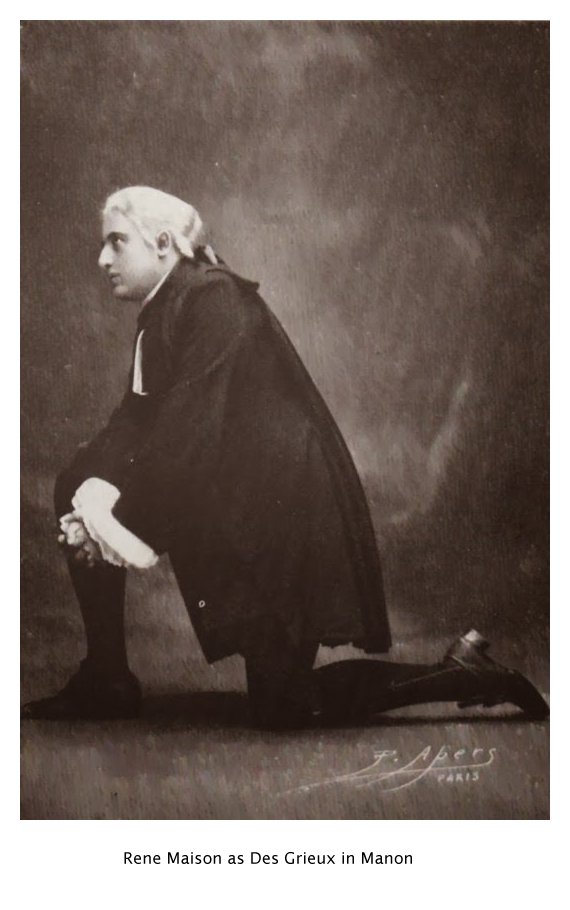 Born in Frameries, Belgium, he studied in
Brussels and Paris. He made his debut in Geneva in 1920, as Rodolfo in La bohème.
He also appeared in Nice and Monte Carlo, before making his debut in
1927, at the Opéra-Comique in Paris, as Prince Dimitri in Franco
Alfano's Risurrezione,
opposite the soprano Mary Garden. His other roles there included Don
José, Mylio, Werther, Canio, Cavaradossi, and Jean Gaussin in
Massenet's Sapho. Born in Frameries, Belgium, he studied in
Brussels and Paris. He made his debut in Geneva in 1920, as Rodolfo in La bohème.
He also appeared in Nice and Monte Carlo, before making his debut in
1927, at the Opéra-Comique in Paris, as Prince Dimitri in Franco
Alfano's Risurrezione,
opposite the soprano Mary Garden. His other roles there included Don
José, Mylio, Werther, Canio, Cavaradossi, and Jean Gaussin in
Massenet's Sapho.He made his Paris Opéra debut at the Palais Garnier in 1929, in Henry Février's Monna Vanna. He sang there regularly until 1940, as Faust, Lohengrin, Radames, Siegmund and Samson. In 1934, he created there the role of Eumolphe in Stravinsky's Perséphone. Maison also enjoyed a successful international career, appearing at the Chicago Civic Opera (1928-40), the Teatro Colón in Buenos Aires (1934-37), the Royal Opera House, Covent Garden, in London (1931-36), and the Metropolitan Opera in New York. His Met debut occurred on February 3, 1936, as Stolzing in Die Meistersinger von Nürnberg. In eight seasons with the Met he sang Don José, Lohengrin, Samson, Julien, Florestan, Hoffmann, des Grieux and Herodes, among other roles. In 1943, he began teaching at the Juilliard School in New York, and from 1957 until his death, at the Chalof School in Boston. Among his pupils was the baritone turned dramatic tenor Ramon Vinay. Maison died in Mont-d'Or, France, aged 66. He was, in terms of birth dates, the middle member of a triumverate of outstanding Belgian operatic tenors who reached their peak in the period between the two world wars. The others were the lyric-dramatic tenor Fernand Ansseau (1890-1972) and the lyric tenor Andre D'Arkor (1901-1971). Maison possessed a powerful and penetrating voice, capable of surprising nuance, and an impressive stage presence (he stood 6 feet 4 inches tall). Posterity is fortunate that he made some commercial, 78-rpm discs of French operatic arias which demonstrate his considerable merits as a singer. |
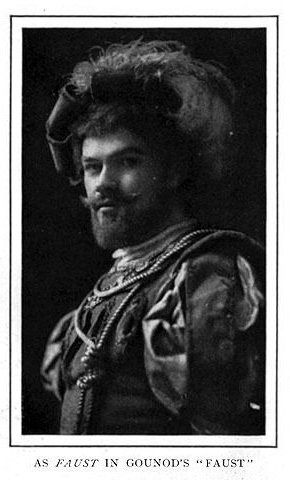 Riccardo
Martin (November 18, 1874 – August 11,
1952) was an American tenor. Riccardo
Martin (November 18, 1874 – August 11,
1952) was an American tenor.Born Hugh Whitfield Martin in Hopkinsville, Kentucky, Martin began his career at Columbia University studying music composition under Edward MacDowell. It was while studying at Columbia that Martin's vocal talents were discovered. In 1901 he was granted an endowment by industrialist Henry Flagler to study to further his vocal studies in Paris with Giovanni Sbriglia, Jean de Reszke and Léon Escalaïs. Martin later completed his studies with Vincenzo Lombardi in Florence and Beniamino Carelli in Naples. He debuted as Faust in Nantes in 1904. Two years later he made his American debut in New Orleans, singing with the visiting San Carlo Opera. Martin bowed at the Metropolitan Opera on November 20, 1907 in Mefistofele; the performance also marked the American debut of Fyodor Chaliapin. Martin remained with the Metropolitan through the 1914-15 season, appearing in numerous leading tenor roles; he was among the first American-born leading men the company employed. He returned for the 1917-18 season. During his tenure at the Met, he created the lead tenor roles in three American operas: Walter Damrosch's Cyrano, Horatio Parker's Mona, and Frederick Shepherd Converse's The Pipe of Desire. After leaving the company he appeared with numerous companies throughout America and Europe, and spent three seasons with the Chicago Civic Opera. Martin died in New York City in 1952. Martin is known to have married at least three times during his life according to both newspaper accounts and vital records. He first married in 1899, Elfrida Hildegarde Klamroth, a fellow opera singer who was more widely known by the stage name of Ruano Bogislav. The couple had one child named Beth Martin who was commonly and professionally known as Bijie Martin. The couple divorced before 1920 largely as a result of career differences. Martin went onto marry an aspiring actress in 1923 named Jane Grey which also ended in divorce. His last known marriage was in 1932 to Allis Beaumont, who recently became famous as Allis Beaumont Reid in the documentary "Must Read After My Death" (2007). 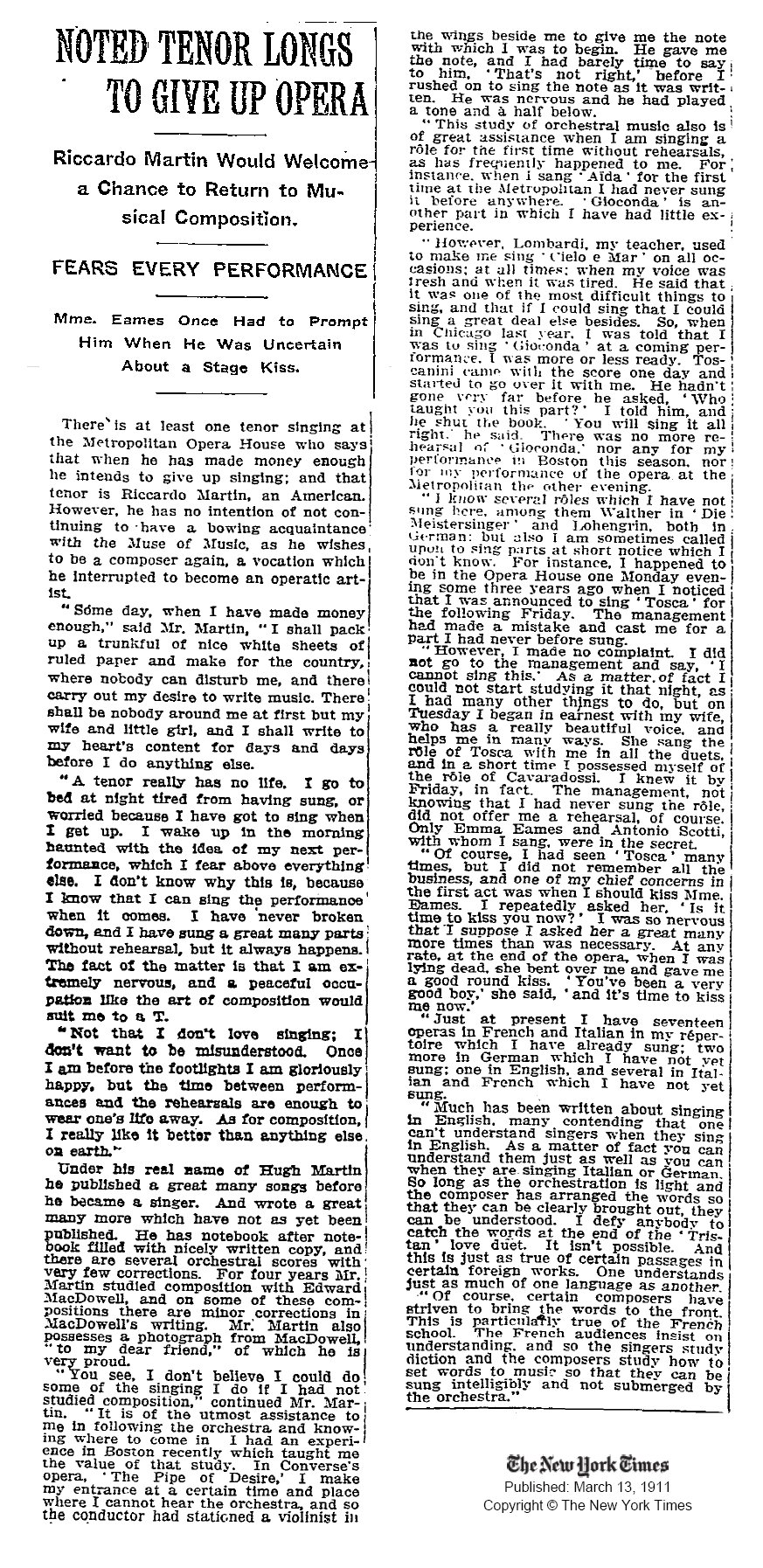 |
Fray José de Guadalupe Mojica [mohe-cah] (September 14, 1896 – September 20, 1974) was a Mexican Franciscan friar and former tenor and film actor. He was known in the music and film fields as José Mojica. Born in San Gabriel, Jalisco, Mojica was raised in a coffee and sugar plantation community until the age of six, when his father died. After a lonely, fatherless childhood, he moved with his mother to Mexico City, where he studied at the Academy of San Carlos and later attended the National School of Agriculture. Regrettably, after four years of studies he was forced to leave, when the school was closed due to the Mexican Revolution armed conflict. This experience led him to find his true calling, and began to take private voice lessons while studying at the National Conservatory of Music of Mexico. In addition, Mojica sharpened his skills in drama and displayed a particular gift for languages as he mastered English, Italian and French. He also learned to play the guitar and play Mexican songs as well practiced dance, athletics and horse riding. When he felt secure, he began working as operatic tenor at the Teatro Ideal. Then, on October 5, 1916 debuted at the Teatro Arbeu, where he played the Count Almaviva role in Rossini's opera The Barber of Seville. The following year, he performed the role of Rodrigo in Verdi's Otello. 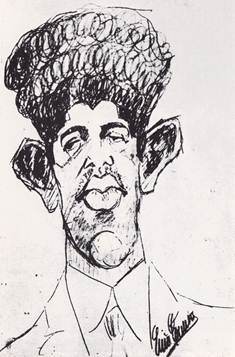 Shortly
after the United States had entered World War I, funded by his mother,
with $500 in his pocket, Mojica went to New York City and did petty
jobs before he could join an opera company. In his spare time, he
usually attended performances of Enrico Caruso when the artist visited
the city. The famed Caruso, having met Mojica in 1919, was impressed
with the vocal skills of the young Mexican singer and helped him to
obtain a contract with the Chicago Civic Opera company. [Caricature of Mojica by Caruso at left]
He
debuted on November 22 of the same year playing the role of Lord Arthur
Bucklaw in Donizetti's Lucia di Lammermoor, an opera loosely based upon
Sir Walter Scott's historical novel The Bride of Lammermoor. Shortly
after the United States had entered World War I, funded by his mother,
with $500 in his pocket, Mojica went to New York City and did petty
jobs before he could join an opera company. In his spare time, he
usually attended performances of Enrico Caruso when the artist visited
the city. The famed Caruso, having met Mojica in 1919, was impressed
with the vocal skills of the young Mexican singer and helped him to
obtain a contract with the Chicago Civic Opera company. [Caricature of Mojica by Caruso at left]
He
debuted on November 22 of the same year playing the role of Lord Arthur
Bucklaw in Donizetti's Lucia di Lammermoor, an opera loosely based upon
Sir Walter Scott's historical novel The Bride of Lammermoor.While at Chicago he landed secondary roles, but his career slowly gained momentum in 1921 when he played leading parts in Debussy´s Pelléas et Mélisande and Prokofiev's The Love for Three Oranges, both alongside renowned soprano Mary Garden. Prokofiev himself attended to the rehearsals of his work and conducted the very first performance on December 30, sung in French. Mojica also befriended Feodor Chaliapin during the singer's visit to Chicago. Under Chaliapin's guidance, he played the role of Shúyskiy in Mussorgsky's Boris Godunov. In 1933, after leaving Chicago, Mojica made his one trip across the Atlantic. He sang at the Mexican Embassy in Berlin, and also performed in Italy and Egypt. He later worked at the Metropolitan Opera House, where he was soon given leads opposite sopranos Amelita Galli-Curci and Lily Pons. Occasionally, he returned to the Chicago Opera, notably as Fenton in Verdi's Falstaff during the 1940 season. The versatility of Mojica is reflected in his extensive discography, which he recorded for labels such as Edison and Victor. By the time Mojica recorded for Edison, 1925–1926, he had become an important figure at the Chicago Opera, having moved into principal roles. He was subsequently to leave Edison in favor of Victor in 1927 and then made several successful early sound films. He moved comfortably during the 1930s through the worlds of opera, film, and concerts, but left this milieu in 1943, honoring a deathbed promise to his mother to become a priest. Like Edison, Mojica eventually became completely deaf. --- He made his debut in 1919 at Chicago Opera. In the beginning he sang there smaller parts like Rodrigo in Verdi’s ‘’Otello’’ or Beppe in ‘’Pagliacci’’. However, soon he started to appear as principal tenor with great success. He sang the role of Corentin in ‘’Dinorah’’ of Meyerbeer as a partner of Amelita Galli-Curci (1923), Narraboth in ‘’Salome’’ of R. Strauss, count Almaviva in ‘’Il Barbiere di Siviglia’’ opposite Toti dal Monte as Rosina, Schuiski in ‘’Boris Godunov’’, Rinuccio in ‘’Gianni Schicchi’’ of Puccini. He appeared on 30. 12. 1921 at Chicago Opera in the premiere of Prokofiev’s ‘’L'amour des trois oranges’’. He was very successful there as a partner of Mary Garden in ‘’Pelléas et Mélisande’’. Almost annually he performed in the festival of the Ravinia Summer Opera near Chicago among other things appearing as Paco in ‘’La vida breve’’ of de Falla, Araquil in ‘’'La Navarraise’’ of Massenet and in ‘’Le Chemineau’’of Xavier Lweroux. He remained active till 1930 at Chicago Opera. Since 1930 he had big success in American films ('One mad Kiss') as well as in Spanish films, which were performed above all in South America. In 1940 he appeared again at Chicago Opera singing the role of Fenton in ‘’Falstaff’’ of Verdi. When his mother died in 1940, he promised her on the deathbed to become a Catholic priest. He entered into an order, received the priest's inauguration and went as a missionary to the Andes area of Peru. In 1963 he published his autobiography under the title I pecador. --- A few segments from his 1955 autobiography, I A Sinner. 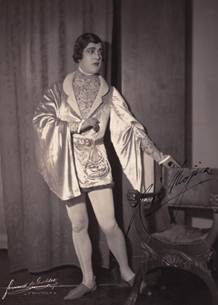 While
singing small roles with opera troupes that visited Mexico in the late
teens he made acquaintance with some of the internationally-famous
singers who later vouched for his abilities to Cleofonte Campanini,
general director of the Chicago Opera, thus helping secure his
engagement with that company. He was hired for a modest weekly salary,
but in his mind there was glory in being on that stage with some of the
celebrated singers of that company. Of his first season he said “The
second opera was “Aida” with Raisa in the title role. I sang the part
of the Messenger, which I was inclined to consider a humiliation at the
time. But by the time we reached the third act I was of a different
opinion; singing at the side of that great artist was an experience so
elevating that I would have gladly been an extra in the mob scenes if
only I could be on the same stage with her.” Eventually in the
mid-1920s he was given a chance to sing Pélleas [photo at left] to
role-creator Mary Garden’s Mélisande, and this rare assignment
earned
the gratitude of Garden who wrote him: “January 22, 1925 My dear Mr.
Mojica, First my thanks for the lovely roses and your kind thought of
me – then my thanks for your divine work in Pélleas – you will
never
know what your Pélleas meant to me – since my debut at the Opera
Comique I have never heard nor seen the role done as you did it last
night – it warmed up my heart and gave me happiness in my art that I
have not had for a long time – and my only hope is to sing it with you
one day in Paris – Thank you for listening. You have a beautiful future
before you dear Mojica, live for it seriously – my warmest admiration
and a heart full of thanks. Mary Garden” While
singing small roles with opera troupes that visited Mexico in the late
teens he made acquaintance with some of the internationally-famous
singers who later vouched for his abilities to Cleofonte Campanini,
general director of the Chicago Opera, thus helping secure his
engagement with that company. He was hired for a modest weekly salary,
but in his mind there was glory in being on that stage with some of the
celebrated singers of that company. Of his first season he said “The
second opera was “Aida” with Raisa in the title role. I sang the part
of the Messenger, which I was inclined to consider a humiliation at the
time. But by the time we reached the third act I was of a different
opinion; singing at the side of that great artist was an experience so
elevating that I would have gladly been an extra in the mob scenes if
only I could be on the same stage with her.” Eventually in the
mid-1920s he was given a chance to sing Pélleas [photo at left] to
role-creator Mary Garden’s Mélisande, and this rare assignment
earned
the gratitude of Garden who wrote him: “January 22, 1925 My dear Mr.
Mojica, First my thanks for the lovely roses and your kind thought of
me – then my thanks for your divine work in Pélleas – you will
never
know what your Pélleas meant to me – since my debut at the Opera
Comique I have never heard nor seen the role done as you did it last
night – it warmed up my heart and gave me happiness in my art that I
have not had for a long time – and my only hope is to sing it with you
one day in Paris – Thank you for listening. You have a beautiful future
before you dear Mojica, live for it seriously – my warmest admiration
and a heart full of thanks. Mary Garden”As early as the famous Garden-led 1921-22 season he was cast as the Prince in the world premiere of Prokofiev’s “The Love for the Three Oranges.” In this opera he shared star billing with Nina Koshetz in one of her rare North American opera appearances. In his Chicago Opera career Mojica sang hundreds of performances both in Chicago and on the transcontinental tours of the United States. Most of his totals were in really small roles like Ruiz in “Il Trovatore,” Yamadori in “Madama Buterrfly,” and the Major Domo/Innkeeoer in “Der Rosenkavalier.” Then there were what I term “quality small roles” like Beppe in “Pagliacci.” Cassio in “Otello,” but originally he was cast as the less important Rodrigo, Franz in “Les Contes d’Hoffmann,” the Spy in “Andrea Chenier,” and the Sailor in “Tristan und Isolde.” Of leading roles, Mojica during his Chicago career often sang Niceas in “Thais” always with Garden, Almaviva in “Il Barbiere di Seviglia,” oftentimes Leopold (the second tenor with high C’s) in “La Juive” with Raisa, the above-mentioned Pélleas with Garden, and in 1927 “Fledermaus” (in English) was given three performances with Raisa, Charles Hackett and Mojica as a tenor Orlofsky. In the 1923-24 and 1924-25 seasons Feodor Chaliapin sang many guest appearances with the Chicago Civic Opera, and Mojica was cast as Shuisky, the oily counselor of Boris Godunov. [Photo at right] Chaliapin personally coached Mojica in the great Act II scene between them. Chaliapin had very specific and unconventional ideas of how he wanted that crucial scene played; part of the action had Shuisky with his back to the audience. Here is Mojica’s account of rehearsals for this scene. 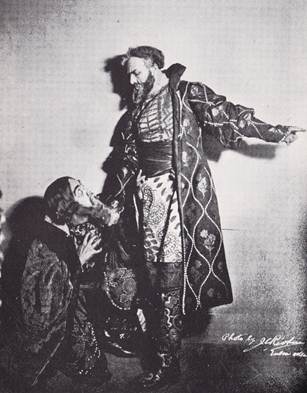 “Your
manager in New York has spoken to me about you, and he says that you
are a good actor. And that’s what I need – do you understand? Look here
– let us try a bit from Boris’s mad scene. You sit over there and watch
me. You are Boris I am Shuisky. You walk like this. You lean over like
this. You come close like this! And you proceed to spit out the poison
of your words upon Boris, you change your expression until you have a
look of triumph on your face.” “Your
manager in New York has spoken to me about you, and he says that you
are a good actor. And that’s what I need – do you understand? Look here
– let us try a bit from Boris’s mad scene. You sit over there and watch
me. You are Boris I am Shuisky. You walk like this. You lean over like
this. You come close like this! And you proceed to spit out the poison
of your words upon Boris, you change your expression until you have a
look of triumph on your face.”“I nodded. Chaliapin continues: “From then on, the scene is all mine. The public must not be distracted by any other face. You turn your back upon the audience and now it is “I” who must act, changing from the sane person into a madman! Then we reach the finale during which I smash everything on top of the table, and you leave the stage. Now you do it.” “Without any fear, I repeated the action exactly as he had instructed me. When we were finished, the giant (he was six feet, four inches tall) gave me a huge Slavic embrace and cried, “Bravo, Mushika! You are indeed an actor.” “Then it was time to perform the rehearsal before [Maestro Giorgio] Polacco. I felt confident after being coached by Chaliapin, and I acted with such freedom and insouciance that I noticed a sour expression on the director’s face. Chaliapin was quite aware of the director disapproval, but disdained to notice it. We continued until we reached the moment where I was supposed to turn my back on the audience.” “Polacco smashed his fast furiously upon the lectern, stuck out his chin, and screeched, “Mokika!”” “Turning to him, I inquired politely, “What is it, Maestro?”” “A spectacular silence alerted everyone in the theatre. Polacco asked me, in a voice heavy with sarcasm, “Whoever told you you were a performer? Who taught you this stupidity of turning your back to the audience while you are singing?”” ““Just one minute, Maestro” Chaliapin interrupted with that great, rich voice of his. “I am the one who taught him, and the scene will be played in this manner! Pick up your baton and continue the rehearsal!”” |
| Lucien
Muratore
(29 August 1876 - 16 July 1954, Paris) was a French actor and operatic
tenor, particularly associated with the French repertory. Lucien Muratore was born and trained in Marseille, first as a cornist, and later as an actor. He made his debut at the Odéon theatre in Paris, where he played opposite such actresses as Sarah Bernhardt and Réjane. He then studied at the Paris Music Conservatory, and made his operatic debut in 1902, at the Opéra-Comique, creating the King in Reynaldo Hahn's La carmélite. He made his debut at La Monnaie in 1904, as Werther, and the following year at the Palais Garnier, as Renaud in Lully's Armide. He created several Massenet operas such as Ariane and Bacchus (seen in the photo below) at the Opéra, and Roma, in Monte Carlo. He also took part in the creation of La Catalane by Le Borne, Monna Vanna by Henry Février, Déjanire by Camille Saint-Saëns, and Pénélope by Gabriel Fauré. He became principal French tenor with the Boston Opera Company, the Chicago Grand Opera Company (1913–1914), the Chicago Opera Association (1915–1921), and the Chicago Civic Opera (1922). He also appeared at the Teatro Colón in Buenos Aires. Muratore retired from the stage in 1931. He was married first to soprano Marguerite Bériza, and later to soprano Lina Cavalieri, with whom he appeared in a silent movie, Manon Lescaut, in 1914. In 1944 Muratore was for a few weeks Director of the Opéra-Comique but was removed on the Liberation of Paris. 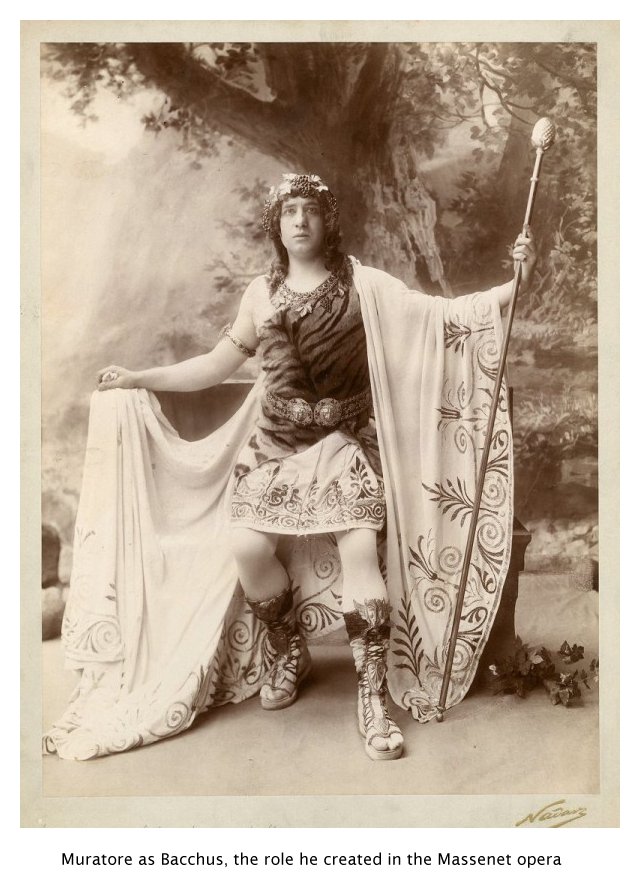 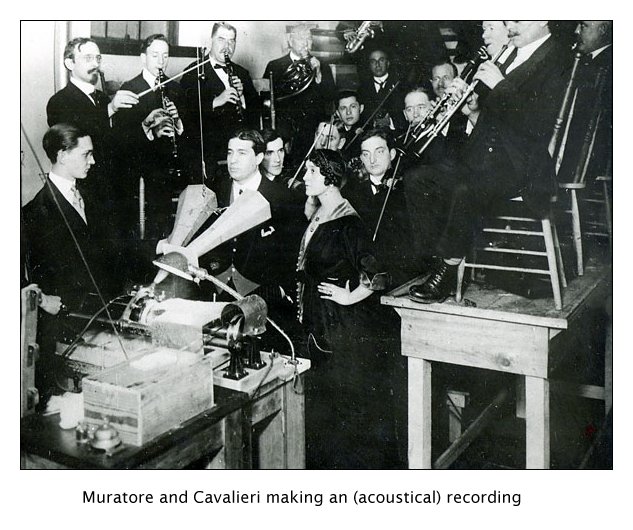 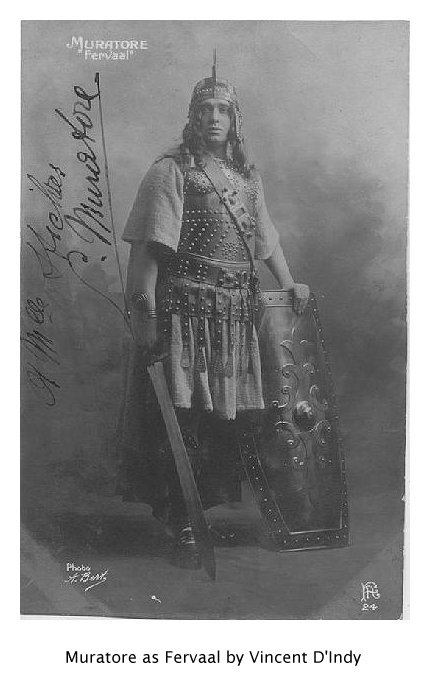 |
Constantin
Nicolay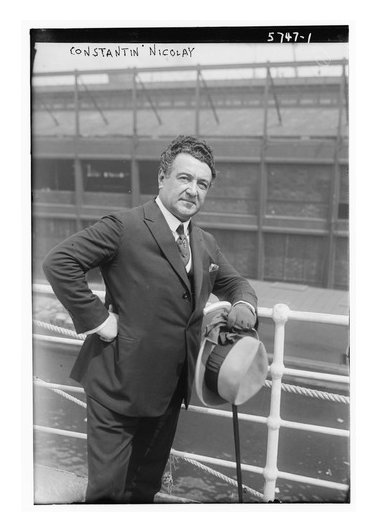 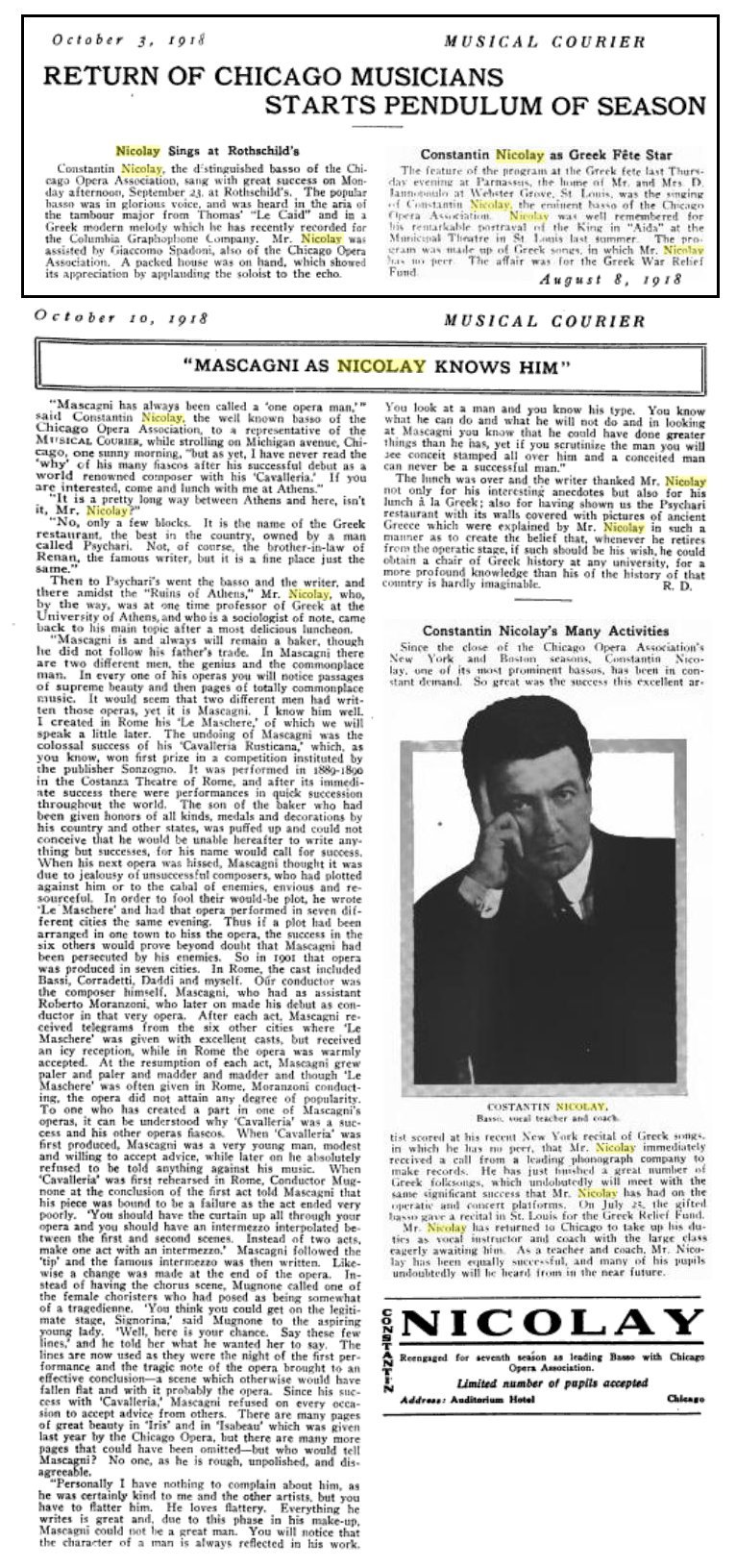 |
John
O'Sullivan
(1877 Cork, Ireland - 1955 Paris) studied at the Paris Conservatory
with Masson beginning in 1899. In 1900 he made his debut as comprimario
at the Opéra
Populaire at the Théâtre de la République in G.
Verdi’s ‘’Traviata’’.
In 1908 he sang in R. Wagner’s ‘’Tannhauser’’ at the Lyric Theatre in
London. Then he made guest appearances in Birmingham, Halifax,
Liverpool, Glasgow, Edinburgh, Middlesborough, Hull, Bolton. In 1910
O’Sullivan made his french debut at Toulouse in G. Verdi’s
‘’Rigoletto’’. In 1914 he made his debut at Paris Opera, this time
appearing in E. Reyer’s ‘’Sigurd’’. Cleofonte Campanini engaged him for
the 1918-1919 season in Chicago. After a successful ‘Gli Ugonotti’’ in
Rouen in 1918 he sailed to America for the second time. In the same
year in Chicago he performed as Arnoldo in G. Rossini’s ‘’Guglielmo
Tell’’ with great success. In 1920 O’Sullivan appeared for the first
time in Bordeaux at the Grand Théâtre in ‘’Gli Ugonotti’’.
He started
his italian career in 1922 appearing for the firs time at the Teatro
Lirico in Milan. O’Sullivan sang also in England, Egypt, Portugal,
Spain and South America (Rosario, Montevideo, Rio de Janeiro, Sao
Paulo, Santos, Sante Fe). He retired in 1943 and died in Paris from
prostate cancer.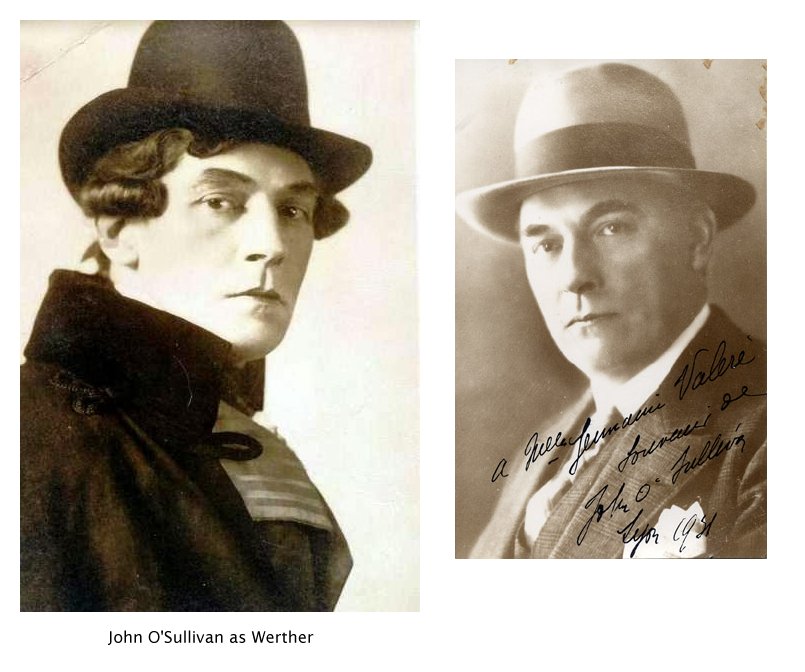 |
PAUL PAYAN (1878–1959) Paul Payan attended the Paris Conservatory from 1904–1906. There, he studied with Jacques Isnardon (opéra-comique), Léon Melchissédec (opera) and Auguste de Martini (singing). Albert Carré, Director of the Opéra-Comique, engaged Payan and he made his debut there on 6 September 1907 as the First Philosopher in Louise. His lengthy career at the Comique encompassed dozens of secondary roles including 16 creations. Less regularly, he appeared in important roles such as Sarastro (Die Zauberflöte), Lothario (Mignon), Vulcain (Philémon et Baucis), and Basilio (Il Barbiere di Siviglia). Payan also sang at many French prvincial opera houses where he had great success. His work outside of France included the Chicago Opera (1921–1922), the Colón (1924), and Covent Garden (1928–1929). His extensive discography includes acoustic recordings for French HMV, Aerophone, Perfectaphone, and Odeon; nine four-minute Edison cylinders; and 16 electric sides for French Odeon. 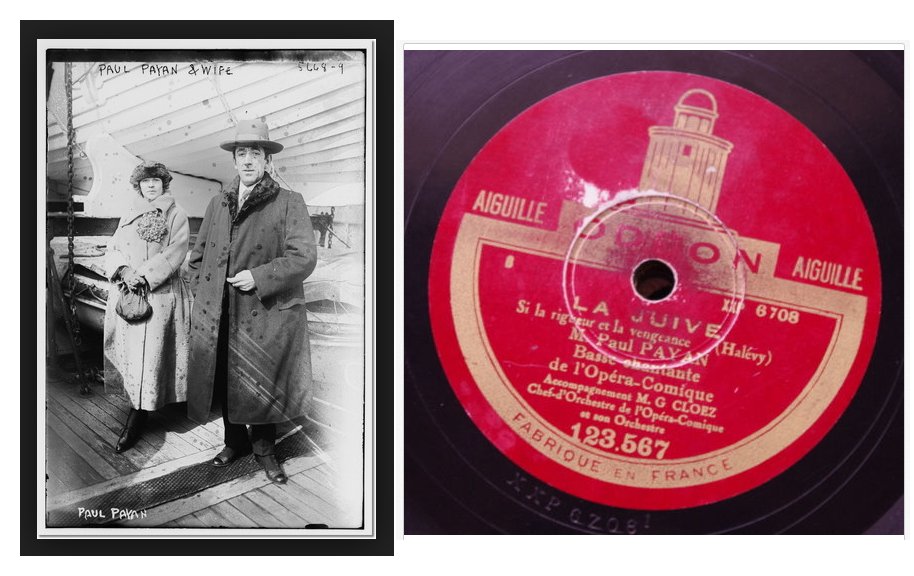 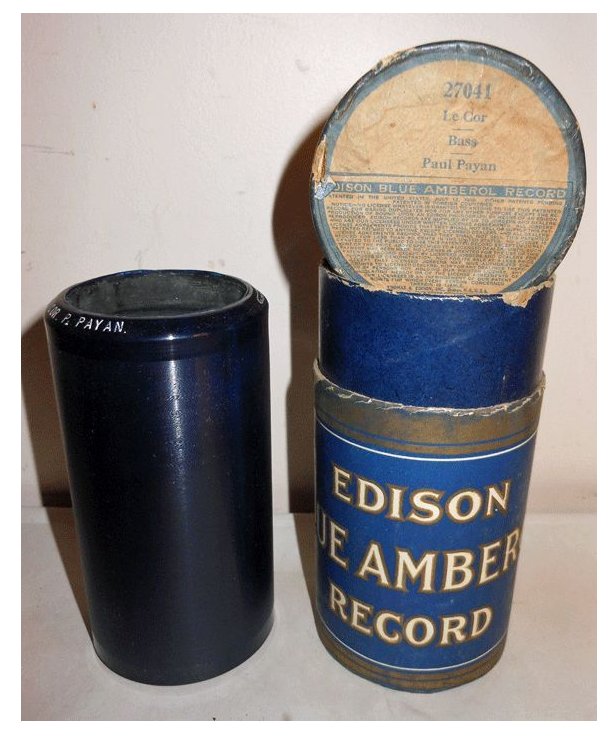 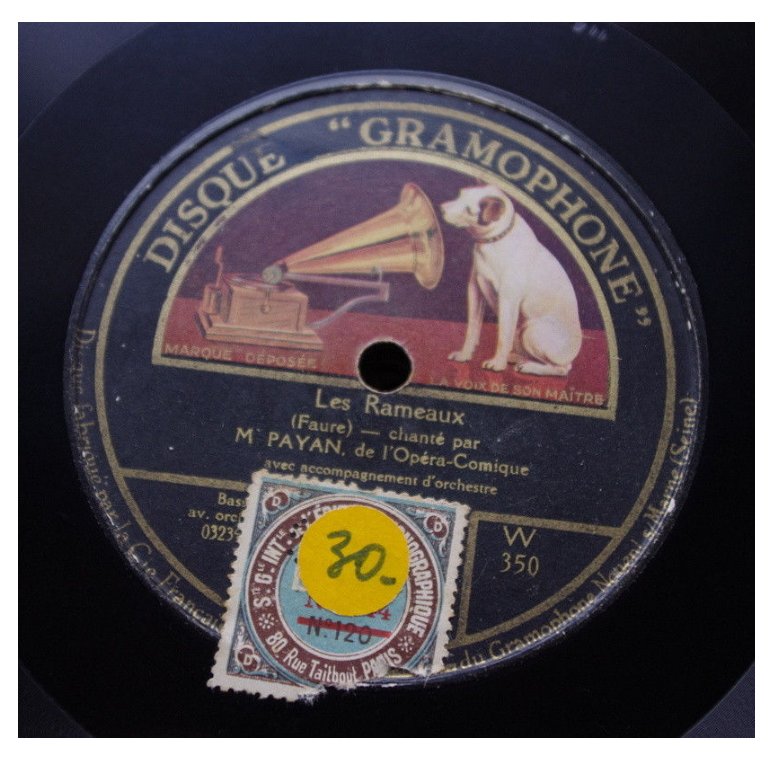 |
Maurice
Renaud
(circa 24 July 1861 – 16 October 1933), was a cultured French operatic
baritone. He enjoyed an international reputation for the superlative
quality of his singing and the brilliance of his acting.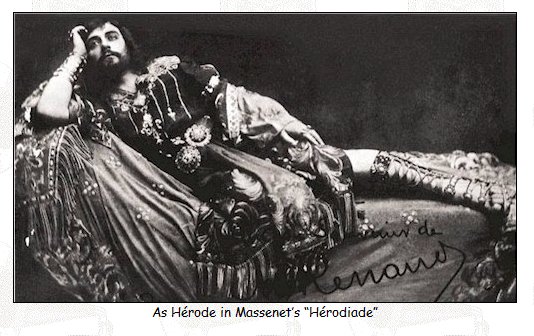 Renaud
was born in Bordeaux, as Maurice Arnold Croneau. The year of his birth
is cited in different reference works as 1860, 1861 or 1862 but the
middle option is the one most commonly given. He studied for a year at
the Paris Conservatoire, and then at the Brussels Conservatoire under
Joseph Cornelis and Henri Warnots. Renaud
was born in Bordeaux, as Maurice Arnold Croneau. The year of his birth
is cited in different reference works as 1860, 1861 or 1862 but the
middle option is the one most commonly given. He studied for a year at
the Paris Conservatoire, and then at the Brussels Conservatoire under
Joseph Cornelis and Henri Warnots.He made his début at the Théâtre Royal de la Monnaie, Brussels, in 1883 and remained with that company until 1890, singing in the premières of Ernest Reyer's Sigurd in 1884 and in his Salammbô in 1890, opposite Rose Caron in both. He would re-appear at the Monnaie also in the period 1908-14. In October 1890 he joined the Opéra-Comique, making his debut as Karnak in Lalo's Le roi d'Ys, and also singing title roles in Don Giovanni and Der fliegende Holländer and Scarpia in Tosca. The following year he moved to the Opéra, making his debut as Nelusko in Meyerbeer's L'Africaine. He continued to appear at the Opéra regularly until 1914. Renaud first traveled to the United States in 1893, singing initially at the French Opera House in New Orleans and on a tour that included Boston and Chicago. His London début occurred during the Diamond Jubilee Gala at Covent Garden in June 1897. He sang in the Second Act of Tannhäuser with Emma Eames and Ernest van Dyck and in the Fourth Act of Les Huguenots with Albert Alvarez and Pol Plançon. Further performances at Covent Garden in 1897 included Don Giovanni with Ada Adini, Zélie de Lussan, and Marcel Journet. Renaud performed regularly in London until 1904 and made occasional appearances thereafter. Casts for these performances were often extraordinary: Carmen with Emma Calvé, Emma Eames, and Albert Saléza; Don Giovanni with Lilli Lehmann, Lillian Nordica or Emmy Destinn, Suzanne Adams, Zélie de Lussan and Edouard de Reszke; Manon with Mary Garden; Rigoletto with Nellie Melba or Selma Kurz, Enrico Caruso, and Marcel Journet. Renaud toured extensively, appearing at Saint Petersburg, Berlin, Monte Carlo, where he sang in the premières of Massenet's Le jongleur de Notre-Dame (1902) and Chérubin (1905). In 1902 he sang Méphistophélès in Raoul Gunsbourg's staging of Berlioz' La damnation de Faust, both in Monte Carlo and at La Scala with Toscanini conducting. 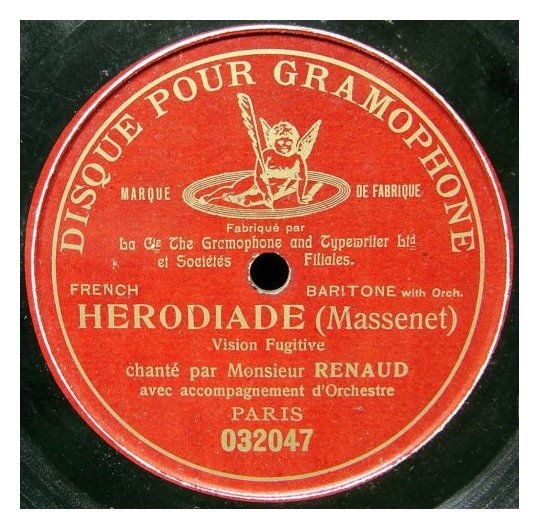 Maurice
Grau, general manager of the Metropolitan Opera, signed a contract with
Renaud, but various conflicts prevented the baritone from making his
début there before the turn of the century. When Heinrich
Conried
succeeded Grau, he reneged on the contract with Renaud. The artist sued
and won a substantial settlement. Maurice
Grau, general manager of the Metropolitan Opera, signed a contract with
Renaud, but various conflicts prevented the baritone from making his
début there before the turn of the century. When Heinrich
Conried
succeeded Grau, he reneged on the contract with Renaud. The artist sued
and won a substantial settlement.In 1906, Oscar Hammerstein I signed Renaud for the Manhattan Opera House, at the urging of Nellie Melba, who loved his striking good looks and elegant Jean de Reszke-like persona. It is ironic then that Renaud's greatest triumphs at the Mannhattan company would be associated with Mary Garden, a lady not notably known for her interest in male pulchritude. Renaud's debut there was in a memorable December 1906 Rigoletto with Melba and Alessandro Bonci as the Duke. Then in November 1907 Mary Garden made her debut at the Manhattan in Massenet's Thaïs, with Renaud as Athanaël. W. J. Henderson wrote that "His Athanaël has never been rivaled. No one else succeeded in creating the same impression of intensity." Renaud's greatest parts at the Manhattan included Don Giovanni, Scarpia, Germont, Hérode in Hérodiade, and the three villains in The Tales of Hoffmann. After Hammerstein was bought out in 1910, Renaud joined the Met, making his debut as Rigoletto on 25 November opposite Melba and Florencio Constantino. He sang with the company for two seasons, making his final appearance in March 1912 as Valentin in Gounod's Faust. Maurice Renaud occasionally performed with the Boston and Chicago-Philadelphia companies during his final years in America. On 21 November 1910, he appeared as Scarpia with Carmen Melis, later Renata Tebaldi's teacher, prompting the Boston critic Horatio Parker to write, "...this was as vivid and racking a performance of Tosca since it first came to the stage!" In his final London performances in 1911 at Hammerstein's London Opera House he sang in Hérodiade, Rigoletto, Tales of Hoffmann and Nouguès' Quo Vadis. During the Great War, Renaud gave concerts for the troops and was wounded at the front when he and others in a trench took an artillery hit. He was left an invalid. After the War he was awarded the Légion d'honneur by the French government. In April 1919, after appearing at a Paris Opéra gala, Renaud finally retired. He appeared in a silent film in 1920. He died in Paris. Maurice Renaud made 52 extant records, 45 of them for The Gramophone Company (the forerunner of HMV) and seven for Pathé. Issued between 1901 and 1908, many of them duplicate (or even triplicate) the same favourite pieces, meaning that he actually recorded only 16 arias and five songs. As the duplications were issued, earlier versions were deleted, so that some of these items are now, over 100 years later, exquisitely rare. With one exception, everything is sung in French. There are no duets or ensembles. Regrettably, arias from many of his most celebrated operatic roles were not committed to disc, but what he did record is sufficient to demonstrate his greatness as a singer and interpretive artist. 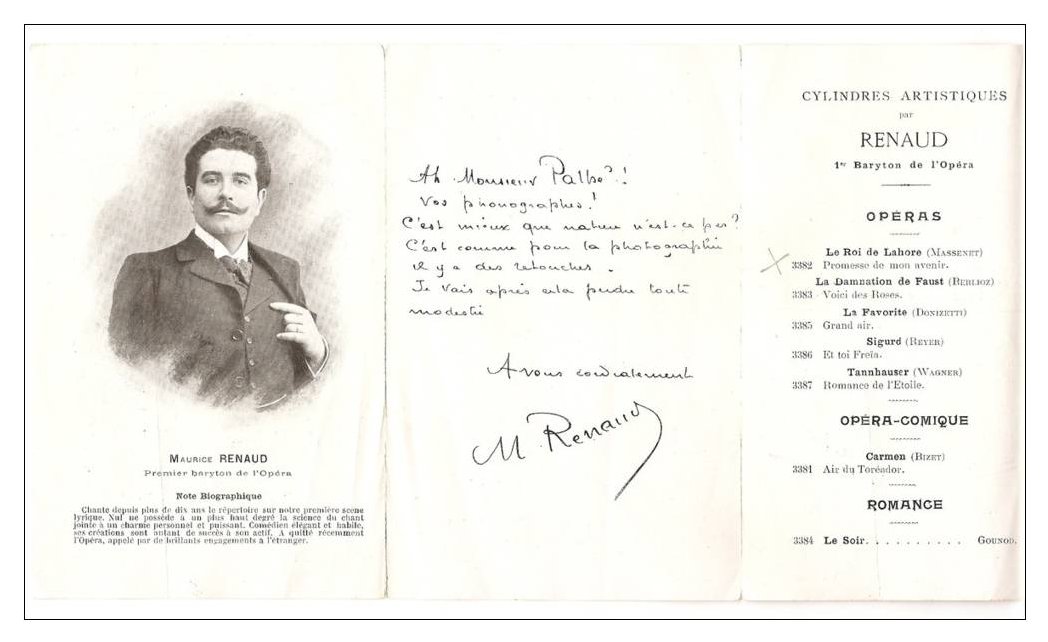 Maurice Renaud was a handsome man, trim and erect, with regular features, deep-set eyes, wavey chestnut-coloured locks and a magisterial handlebar mustache that completed the picture of virile magnetism. He was a fine figure of a singer, a convincing actor on stage, praised by all the most exacting critics on two continents. He was very much a baryton-noble in the tradition of such legendary Paris Opéra singers as Jean-Baptiste Faure (painted so masterfully by Degas) and Jean Lassalle. His voice was a luxury item of great beauty and almost ideal richness and weight for any rôle in the French operatic repertory. To Italian and German parts he brought an elegance and nobility nurtured in the school of dramatic declamation of the Académie nationale de musique, related to that of the Comédie Française and the whole historic conception of tragic and heroic performance in French literary theater. He was also a first-rate bel canto master, utterly accomplished in matters of vocal production and breathing. This combination of declamatory and vocal command gave his singing a unique authority and brilliance. It can be stated with confidence that very, very few artists have stood on his level. As the noted New York critic Henry Krehbiel wrote: "Where Renaud sits, there is the head of the table." |
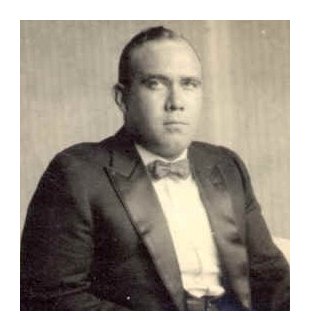 Robert Edward Ringling Birth: Aug. 16, 1897 Death: Jan. 3, 1950 Opera Singer. He made his Chicago debut as Tonio in Pagliacci. Best known in Wagnerian parts, he had a repertoire of 104 roles which he sang in Chicago from 1927-1939. Among those roles was De Brétigny in Manon in 1930. Major parts included Telramund in Lohengrin, Amonasro in Aïda, Faninal in Rosenkavalier, Capulet in Roméo et Juliette, Pizarro in Fidelio, Alfio in Cavalleria Rusticana, and Kothner in Meistersinger. He also sang Springer in Bartered Bride, Marco in Gianni Schicchi, and Bindo Altovito in Lorenzacio. He was later the president of the Ringling Bros-Barnum and Bailey Combined Circus. 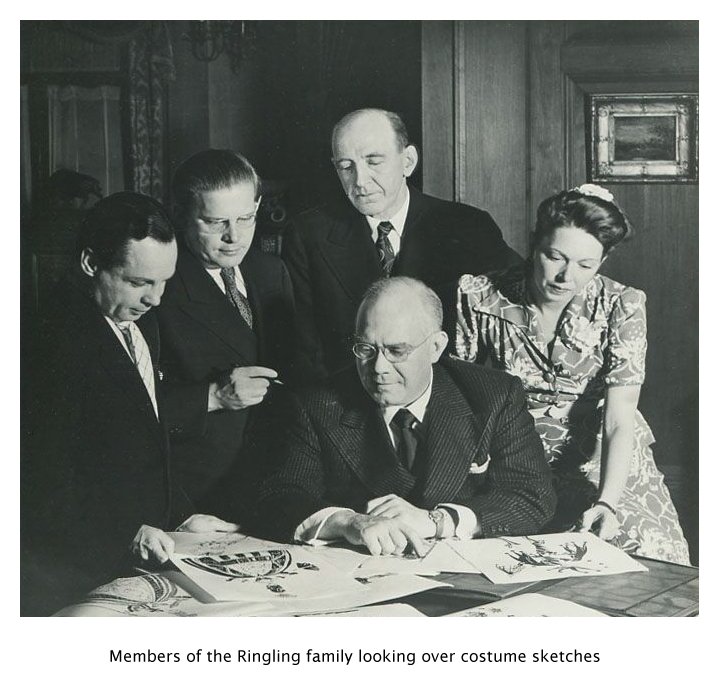 |
Theodore
Ritch (Odessa, 1894–1943) was a Russian tenor. During the 1920s
he was tenor of the Chicago Opera.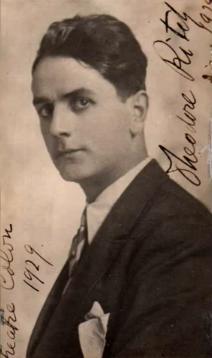 He retired in Paris, where he appears to have evaded the
rafle du Vél' d'hiv
in July 1942, but was arrested in 1943 and sent to Drancy. He died on a
train headed for a concentration camp, presumably Auschwitz, in Poland. He retired in Paris, where he appears to have evaded the
rafle du Vél' d'hiv
in July 1942, but was arrested in 1943 and sent to Drancy. He died on a
train headed for a concentration camp, presumably Auschwitz, in Poland.In Chicago in 1926-27 he was the Italian Tenor in Der Rosenkavalier with Raisa and Kipnis, and in 1929-30, (as noted in the Dutch bio below), he sang Leopold in La Juive with Raisa, Marshall, and Kipnis. He also sang the King of the Fools in Louise with Garden, Maison, Claessens, and Vanni-Marcoux. The following season (1930-31), besides Ramon in La Navarraise (as shown in the chart on the first page of this presentation), he was Gaston in Camille with Garden and Hackett, and also Cassio in Otello with Marshall, Muzio, and Vanni-Marcoux. Recordings exist of arias from Tosca and Manon. --------- [The following is from the Opera Nederland website] De tenor Theodore Ritch werd in 1894 in Odessa geboren. Hij maakte zijn operadebuut in Rusland, maar vertrok na de revolutie van 1917. Er is geen informatie waar hij de tien jaar daarna zong. In 1927 zong hij in Parijs in Maria Kusnetsova’s Russische Opera ensemble en trok hij met hen door Europa. In 1928 zong Ritch de rol van Dmitri in ‘Boris Godunov’ aan de Parijse Opera. In 1929 trad hij op in het Teatro Colon in Buenos Aires en in Covent Garden en in hetzelfde jaar zong hij in de Engelse première van ‘Sadko’ in het Lyceum Theater in London. In het seizoen 1929/30 zong hij in Chicago de rol van Leopold in ‘La Juive’ met Rosa Raisa, Charles Marshall en Alexander Kipnis. In 1932 zong hij de rol van Vladimir in ‘Prince Igor’ in Rome. Nadat hij zich teruggetrokken had van de bühne vestigde Ritch zich in Parijs om les te geven. In 1943 werd hij door de Duitsers gearresteerd en naar het Franse concentratiekamp Drancy gedeporteerd. Theodore Ritch stierf op transport naar een vernietigingskamp in Polen. |
Titta
Ruffo
(9 June 1877 - 5 July 1953), born as Ruffo Titta Cafiero, was an
Italian opera star who had a major international singing career. Known
as the "Voce del leone" ("voice of the lion"), he was greatly admired,
even by rival baritones, such as Giuseppe De Luca, who said of Ruffo:
"His was not a voice, it was a miracle" (although not often published
is the second part of De Luca's conclusion "...which he [Ruffo] bawled
away..."), and Victor Maurel, the creator of Verdi's Iago and Falstaff.
Maurel said that the notes of Ruffo's upper register were the most
glorious baritone sounds he had ever heard. Indeed Walter Legge, the
prominent classical record producer, went so far as to call Ruffo "a
genius".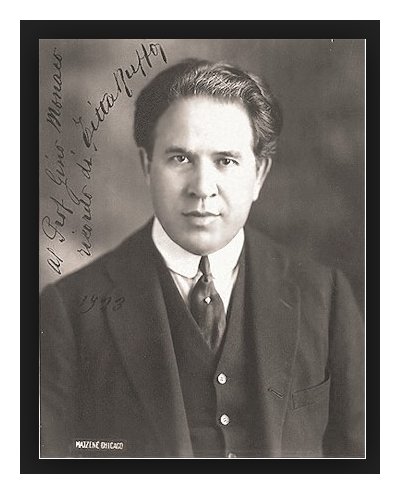 Writing
in the Gramophone magazine in 1928, the often acerbic British critic
and future record producer, Legge, lauded Ruffo's singing, recalling a
recital that he had heard the baritone give six years earlier in
London. Legge said that: "From his first phrase the audience was
vanquished by the overwhelming beauty of his voice — manly, broad,
sympathetic, of unsurpassed richness. Such ease of production, such
abundance of ringing high Gs! But more: Ruffo's infinite subtlety,
variety of tone-colour, interpretive insight and sincerity, his
magnificent control, stupendous breathing powers, and impeccable
phrasing stamped him as a genius." Writing
in the Gramophone magazine in 1928, the often acerbic British critic
and future record producer, Legge, lauded Ruffo's singing, recalling a
recital that he had heard the baritone give six years earlier in
London. Legge said that: "From his first phrase the audience was
vanquished by the overwhelming beauty of his voice — manly, broad,
sympathetic, of unsurpassed richness. Such ease of production, such
abundance of ringing high Gs! But more: Ruffo's infinite subtlety,
variety of tone-colour, interpretive insight and sincerity, his
magnificent control, stupendous breathing powers, and impeccable
phrasing stamped him as a genius."Born Ruffo Titta in Pisa (he reversed his forename and surname for the stage), Ruffo was the son of an engineer. He studied voice with several teachers, but he was an independent thinker and, basically, his vocal method was self-taught. Ruffo made his operatic debut in 1898 at the Teatro Constanzi in Rome as the Herald in Wagner's Lohengrin. After a slow start, his career took off in the early 1900s and he quickly achieved international renown due to the power and ardency of voice and acting. His other major debuts occurred in the following venues and years: Buenos Aires (1902), London (1903), Milan (1904), Lisbon (1907), the Paris Opéra (1911) and São Paulo [Teatro Municipal] (1911). Ruffo made his American debut in Philadelphia in 1912 and sang extensively in Chicago. He reached the New York Metropolitan Opera relatively late in his career, in 1922, as Figaro in The Barber of Seville, having enlisted in the Italian army during World War I. Ruffo was never a "house baritone" or a resident singer with any opera company; he was a nomadic star in his own right and received top billing — and top fees — wherever he sang. Ruffo was the only male opera singer of his time who could compete, in terms of celebrity and fees, with Caruso. Surprisingly, they sang together infrequently and made only one commercially issued recording: an electrifying performance of the Oath Duet from Giuseppe Verdi's Otello. Ruffo's repertoire included most of the major baritone roles in French and Italian opera, including among others Rigoletto, Di Luna, Amonasro, Germont, Tonio, Rossini's Figaro, Valentin, Iago, Carlo (in both Ernani and La forza del destino), Nabucco, Vasco, Don Giovanni, Barnaba, Scarpia, Marcello, and Renato in Un ballo in maschera. He was also renowned for his interpretations of several baritone parts in operas that are largely forgotten today, namely, the title roles in Ambroise Thomas's Hamlet and Franchetti's Cristoforo Colombo plus Cathcart in Leoncavallo's Zazà and Neri in Giordano's La cena delle beffe. Ruffo's forceful singing style was perhaps not conducive to vocal longevity, and his vocal decline began relatively early (after about 20 years spent at the top of his profession). Perhaps the seeds for Ruffo's early decline were sown in the fact that he was largely self-taught. Ruffo himself seemed to recognize this and he refused to teach voice after his retirement, stating: "I never knew how to sing; that is why my voice went by the time I was fifty. I have no right to capitalize on my former name and reputation and try to teach youngsters something I never knew how to do myself." He retired in 1931, staying for several years in Switzerland and Paris. He wrote an autobiography, La mia parabola, which was translated into English in 1995 as "My Parabola" |
| Tito
Schipa
(Italian pronunciation: [ˈskipa]; born Raffaele Attilio Amedeo Schipa;
27 December 1888 – 16 December 1965) was an Italian tenore di grazia. Schipa was born Raffaele Attilio Amedeo Schipa in Lecce into an Arbëreshë family; his birthday was recorded as January 2, 1889 for military conscription purposes. He studied in Milan and made his operatic debut at age 21 in 1910 at Vercelli. He subsequently appeared throughout Italy and in Buenos Aires in Argentina. In 1917, he created the role of Ruggiero in Puccini's La rondine. In 1919, Schipa traveled to the United States, joining the Chicago Opera Company. He remained with the Chicago company until 1932, whereupon he appeared at the New York Metropolitan Opera from 1932 to 1935, and again in 1941. He also sang at the San Francisco Opera, beginning in 1924. 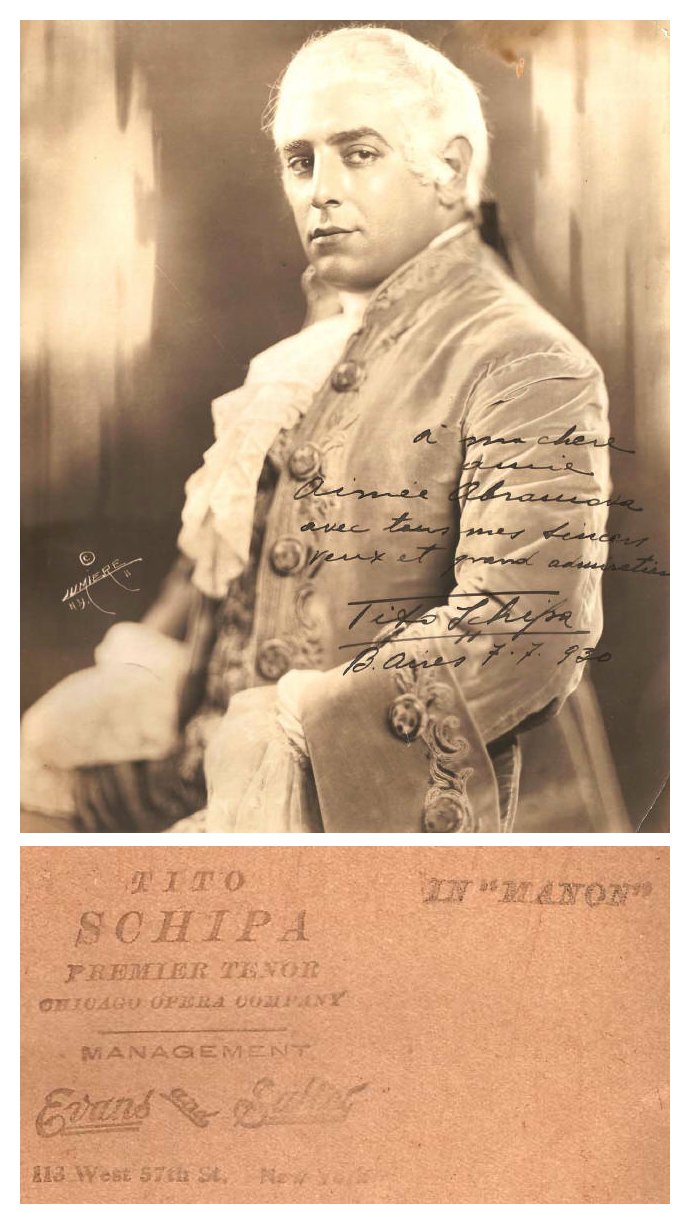 From 1929 to 1949 he performed regularly in Italy, including at La Scala, Milan and the Rome Opera. He returned to Buenos Aires to sing in 1954. In 1957, he toured the Soviet Union. Schipa's artistry is preserved on film. For example, in 1929 he appeared in a Vitaphone movie short, singing "M'appari tutt'amor" from Flotow's opera Martha. Schipa's stage repertoire, which in his early career had encompassed a wide range of Verdi and Puccini roles, eventually contracted to about 20 congenial Italian and French operatic roles, including Massenet's Werther, Donizetti's L'elisir d'amore and Cilea's L'arlesiana. In concert, Schipa performed a preferred array of lyrical operatic arias and songs, including Neapolitan and Spanish popular songs. Schipa made numerous audio recordings of arias and songs during his career, beginning in Italy in 1913. His recorded output included a famous 78-rpm set of Donizetti's Don Pasquale, made in 1932. This is still in circulation on CD. 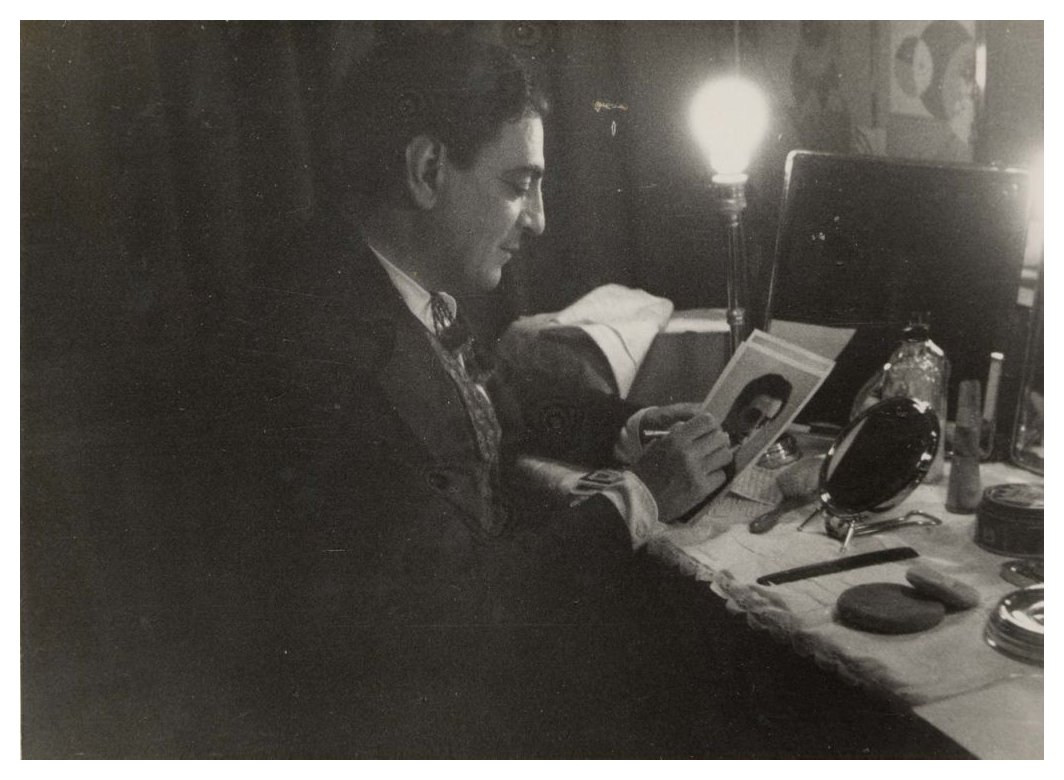 Like his contemporary Richard Tauber, Tito Schipa was also a conductor, a tradition carried on today by Plácido Domingo. Although he undertook concert engagements until 1962, Schipa retired from the operatic stage in 1958 to teach voice, firstly in Budapest. He died from diabetes in 1965 at the age of 77 in New York City, while teaching there. He was a National Patron of Delta Omicron, an international professional music fraternity. 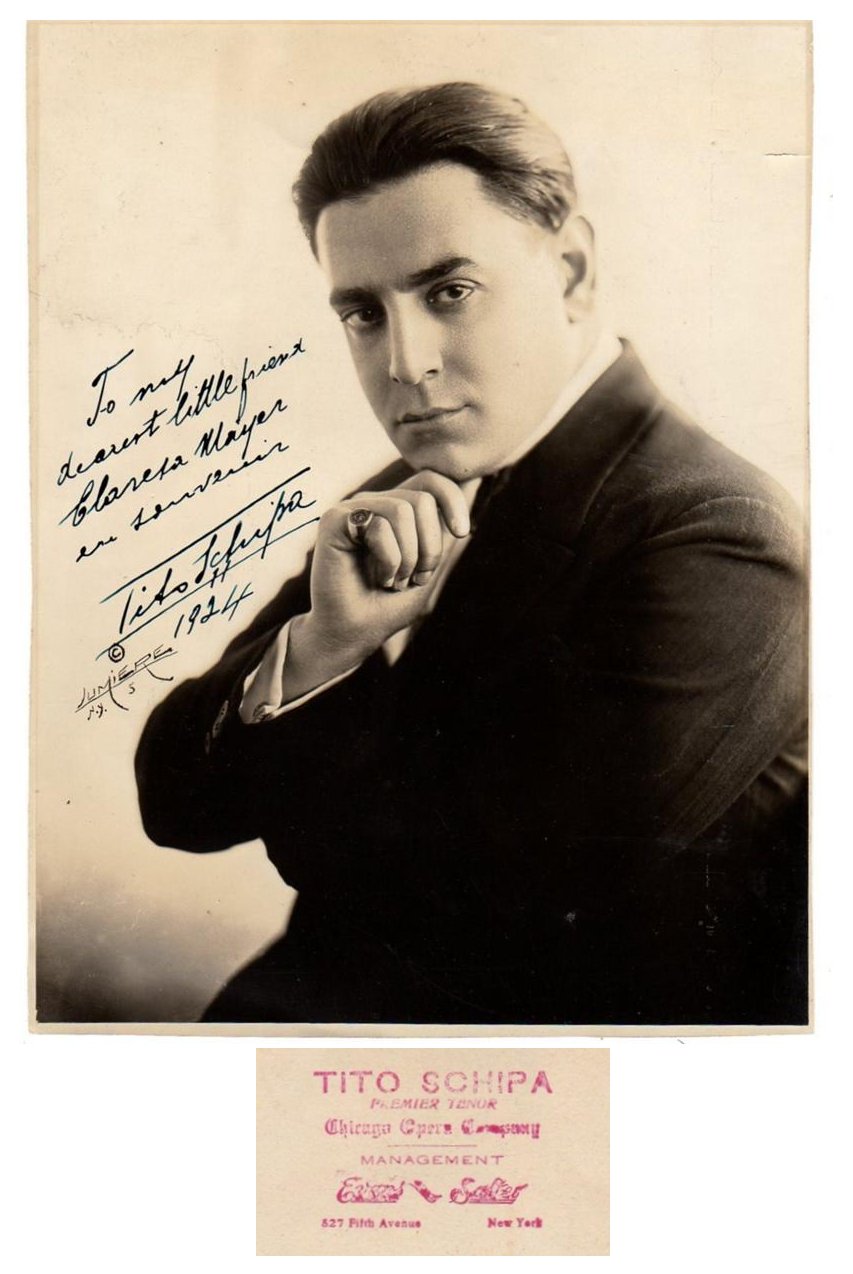 |
| Josef
Schwarz (1880- November 10, 1926) He was born in Riga to Jewish parents who had to bring up ten children. He grew up in poverty and became a young tailor but his vocal talent was soon discovered. He met a rich family who realized his potential and he was able to study singing with Adolf Robinson in Vienna. He made his debut at Linz in 1900 as Amonasro. Subsequently he toured with enormous success and returned to his home town Riga at the Imperial Opera in St. Petersburg. He was invited at the Vienna Volksoper and later he became member of the Imperial Vienna Opera where he remained an admired member of the ensemble from 1909 to 1915. After the sudden demise of the popular Leopold Demuth he had to take over the latter’s roles. Very soon triumphant acclaim followed, especially when he partnered Enrico Caruso, who often made guest appearances in Vienna. His repertory included roles such as Amfortas, Wanderer, Wolfram, Scarpia, Germont-père, Escamillo, Renato and Valentin. After a guest appearance in Berlin in 1915, the singer decided to terminate his contract with the Vienna Opera and moved to Berlin where he was hailed as “second Battistini.” He soon became one of the most splendid and popular members of the ensemble. His psychological study of Iago made theatre history in Berlin. In 1921 he toured the United States, and for several years he was associated with the Civic Opera Company in Chicago and was also immediately engaged at the Met. His singing was enhanced by his superb stage presence. His histrionic ability caused his style to be compared to Chaliapin’s! By the time of 1925 his voice was in decline. It was said that his addiction to alcohol and consequent failing health undermined his vocal technique. He died the following year of kidney desease. 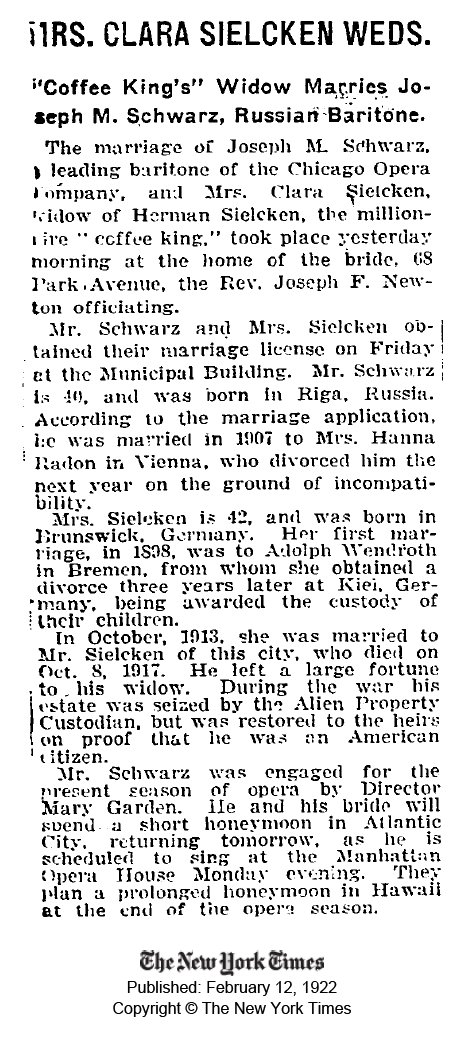 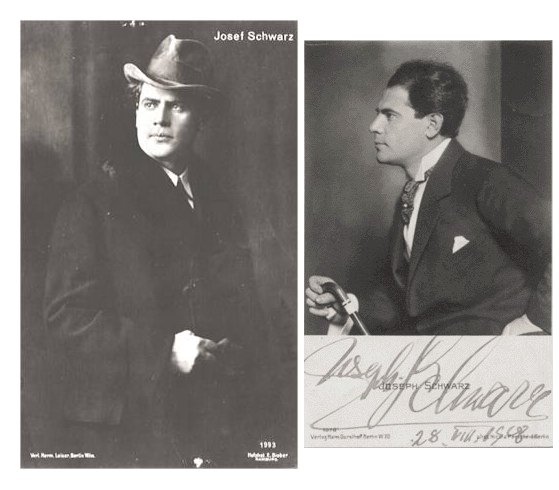 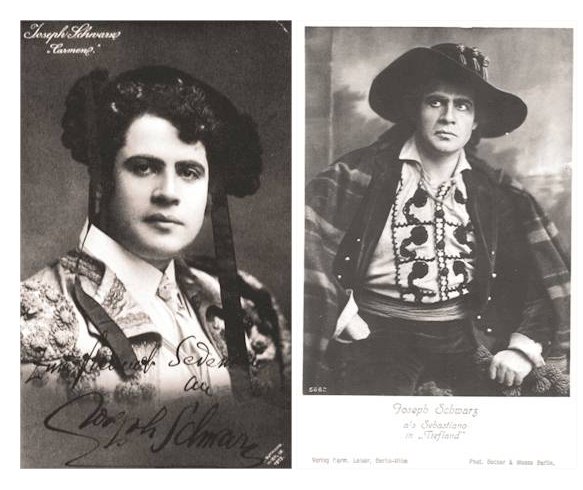 |
| Henri
Scott
was born at Coatesville, Pennsylvania on April 8, 1872. He was intended
for a business career but became interested in music, at first in an
amateur way, in Philadelphia. Encouraged by local successes he went to
study voice with Oscar Sanger, remaining with him for upwards of eleven
years. He was fortunate in making appearances with the 'Philadelphia
Operatic Society,' a remarkable amateur organization giving
performances of grand opera on a large scale. With this organization he
made his first stage appearances as Ramphis in 'Aïda,' in 1897. He
had
his passage booked for Europe, where he was assured many fine
appearances, when he accidentally met Oscar Hammerstein who engaged him
five years; and under this manager he made his professional debut as
Ramphis at the Manhattan Opera House in New York, in 1909. Hammerstein,
a year thereafter, terminated his New York Performances by selling out
of the Metropolitan Opera Company. Mr. Scott then went to Rome where he
made his first appearance in 'Faust,' with great success. He was
immediately engaged for the Chicago Opera Company where, during three
years, he sang some thirty-five different roles. In 1911, he was
engaged as a leading Basso by the Metropolitan, where he remained for
many seasons. He has sung on tour with the Thomas Orchestra, with
Caruso and at many famous festivals. He has appeared with success in
over one hundred cities in the United States and Canada. In response to
many offers he went into vaudeville where he has sung to hundreds of
thousands of Americans, with immense success. He died April 2,
1942. Full name: Henri Guest Thomas Scott 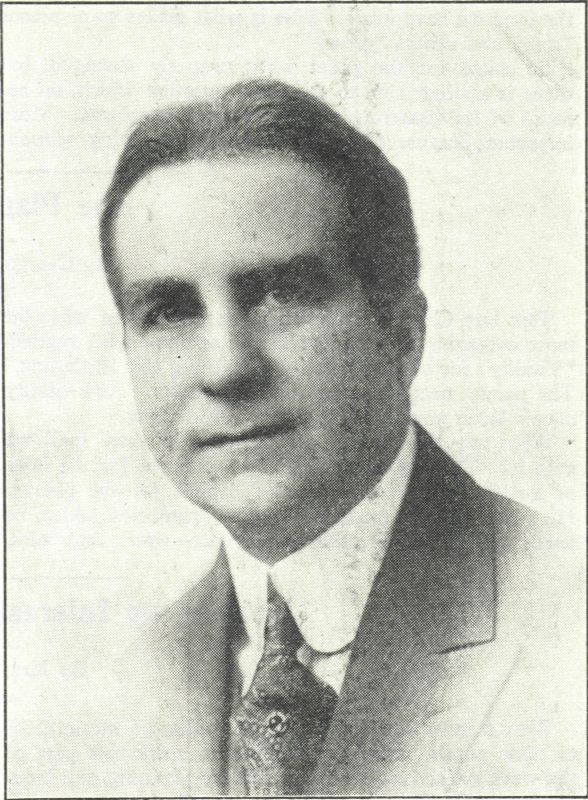 [Photo taken in 1921]
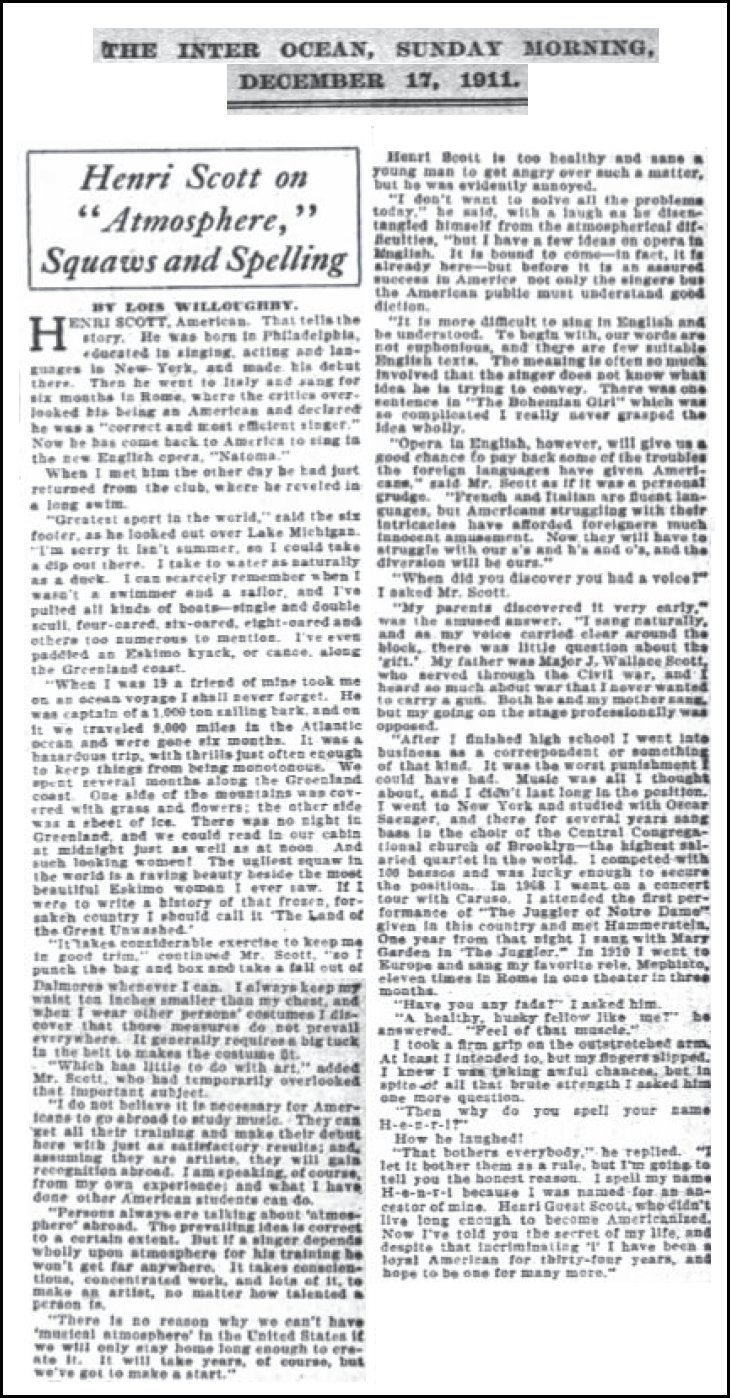 * * * * * 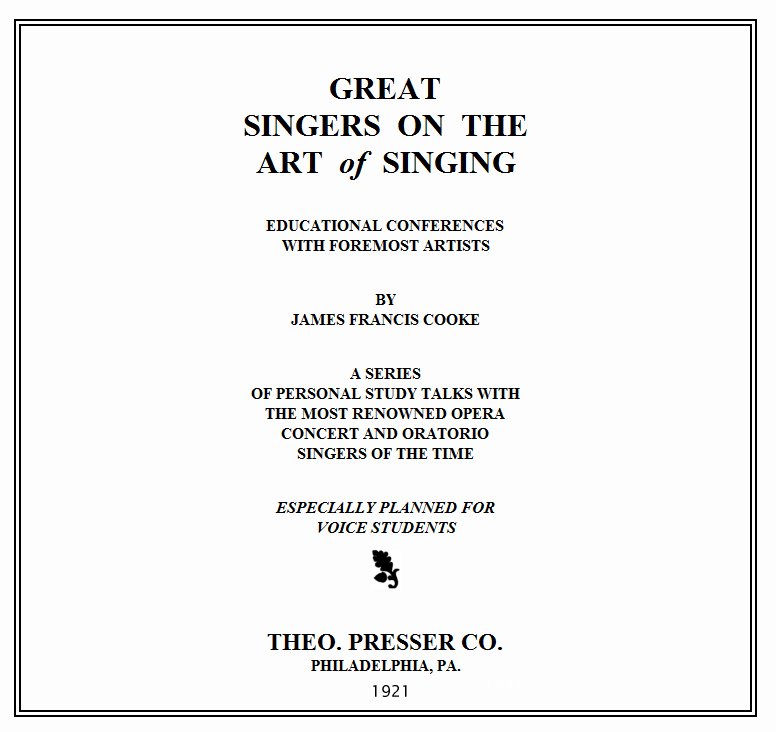 THE
SINGER'S LARGER MUSICAL PUBLIC
HENRI SCOTT Like every American, I resent the epithet, "the masses," because I have always considered myself a part of that mysterious unbounded organization of people to which all democratic Americans feel that they belong. One who is not a member of the masses in America is perforce a "snob" and a "prig." Possibly one of the reasons why our republic has survived so many years is that all true Americans are aristocratic, not in the attitude of "I am as good as everyone," but yet human enough to feel deep in their hearts, "Any good citizen is as good as I." Why Grand Opera is Expensive
Music in America should be the property of everybody. The talking machines come near making it that, if one may judge from the sounds that come from half the homes at night. But the people want to hear the best music from living performers "in the flesh." At the same time, comparatively, very few can pay from two to twenty dollars a seat to hear great opera and great singers. The reason why grand opera costs so much is that the really fine voices, with trained operatic experience, are very, very few; and, since only a few performances are given a year, the price must be high. It is simply the law of supply and demand. There are, in America, two large grand opera companies and half a dozen traveling ones, some of them very excellent. There are probably twenty large symphony orchestras and at least one hundred oratorio societies of size. To say that these bodies and others purveying good music, reach more than five million auditors a year would possibly be a generous figure. But five million is not one-twentieth of the population of America. What about the nineteen-twentieths? On the other hand, there are in America between two and three thousand good vaudeville and moving picture houses where the best music in some form is heard not once or twice a week for a short season, but several times each day. Some of the moving picture houses have orchestras of thirty-five to eighty men, selected from musicians of the finest ability, many of whom have played in some of the greatest orchestras of the world. These orchestras and the talking machines are doing more to bring good music to the public than all the larger organizations, if we consider the subject from a standpoint of numbers. A Revolution in Taste
The whole character of the entertainments in moving picture and vaudeville theaters has been revolutionized. The buildings are veritable temples of art. The class of the entertainment is constantly improving in response to a demand which the business instincts of the managers cannot fail to recognize. The situation is simply this: The American people, with their wonderful thirst for self-betterment, which has brought about the prodigious success of the educational papers, the schools and the Chautauquas, like to have the beautiful things in art served to them with inspiriting amusement. We, as a people, have been becoming more and more refined in our tastes. We want better and better things, not merely in music, but in everything. In my boyhood there were thousands of families in fair circumstances who would endure having the most awful chromos upon their walls. These have for the most part entirely disappeared except in the homes of the newest aliens. It is true that much of our music is pretty raw in the popular field; but even in this it is getting better slowly and surely. If in recent years there has been a revolution in the popular taste for vaudeville, B. F. Keith was the "Washington" of that revolution. He understood the human demand for clean entertainment, with plenty of healthy fun and an artistic background. He knew the public call for the best music and instilled his convictions in his able followers. Mr. Keith's attitude was responsible for the signs which one formerly saw in the dressing rooms of good vaudeville theaters, which read: Profanity of any kind, objectionable or suggestive remarks, are forbidden in this theater. Offenders are liable to have the curtain rung down upon them during such an act. Fortunately these signs have now disappeared, as the actors have been so disciplined that they know that a coarse remark would injure them with the management. Vaudeville is on a far higher basis than much so-called comic opera. Some acts are paid exceedingly large sums. Sarah Bernhardt received $7000.00 a week; Calve, Bispham, Kocian, Carolina White and Marguerite Sylvia, accordingly. Dorothy Jordan, Bessie Abbott, Rosa Ponselle, Orville Harold and the recent Indian sensation at the Metropolitan, Chief Caupolican, actually had their beginnings in vaudeville. In other words, vaudeville was the stepping-stone to grand opera. Singing for Millions
Success in this new field depends upon personality as well as art. It also develops personality. It is no place for a "stick." The singer must at all times be in human touch with the audience. The lofty individuals who are thinking far more about themselves than about the songs they are singing have no place here. The task is infinitely more difficult than grand opera. It is far more difficult than recital or oratorio singing. There can be no sham, no pose. The songs must please or the audience will let one know it in a second. The wear and tear upon the voice is much less than in opera. During the week I sing in all three and one-half hours (not counting rehearsals). When I am singing Mephistopheles in Faust I am in a theater at least six hours—the make-up alone requires at least one and one-half hours. Then time is demanded for rehearsals with the company and with various coaches. The Art of "Putting it Over"
Thus the vaudeville singer who is genuinely interested in the progress of his art has ample time to study new songs and new rôles. In the jargon of vaudeville, everything is based upon whether the singer is able "to put the number over." This is a far more serious matter than one thinks. The audience is made up of the great public—the common people, God bless them. There is not the select gathering of musically cultured people that one finds in Carnegie Hall or the Auditorium. Therefore, in singing music that is admittedly a musical masterpiece, one must select only those works which may be interpreted with a broad human appeal. One is far closer to his fellow-man in vaudeville than in grand opera, because the emotions of the auditors are more responsive. It is intensely gratifying to know that these people want real art. My greatest success has been in Lieurance's Indian songs and in excerpts from grand opera. Upon one occasion my number was followed by that of a very popular comedienne whose performance was known to be of the farcical, rip-roaring type which vaudeville audiences were supposed to like above all things. It was my pleasure to be recalled, even after the curtain had ascended upon her performance, and to be compelled to give another song as an encore. The preference of the vaudeville audience for really good music has been indicated to me time and again. But it is not merely the good music that draws: the music must be interpreted properly. Much excellent music is ruined in vaudeville by ridiculous renditions. How to Get an Engagement
Singers have asked me time and again how to get an engagement. The first thing is to be sure that you have something to sell that is really worth while. Think of how many people are willing to pay to hear you sing! The more that they are willing to pay, the more valuable you are to the managers who buy your services. Therefore reputation, of course, is an important point to the manager. An unknown singer can not hope to get the same fee as the celebrated singer no matter how fine the voice or the art. Mr. E. Falber and Mr. Martin Beck, who have been responsible for a great many of the engagements of great artists in vaudeville and who are great believers in fine music in vaudeville, have, through their high position in business, helped hundreds. But they can not help anyone who has nothing to sell. The home office of the big vaudeville exchange is at Forty-seventh and Broadway, N.Y., and it is one of the busiest places in the great city. Even at that, it has always been a mystery to me just how the thousands of numbers are arranged so that there will be as little loss as possible for the performers; for it must be remembered that the vaudeville artists buy their own stage clothes and scenery, attend to their transportation and pay all their own expenses; unless they can afford the luxury of a personal manager who knows how to do these things just a little better. The singer looking for an engagement must in some way do something to gain some kind of recognition. Perhaps it may come from the fact that the manager of the local theater in her town has heard her sing, or some well-known singer is interested in her and is willing to write a letter of introduction to someone influential in headquarters. With the enormous demands made upon the time of the "powers that be," it is hardly fair to expect them to hear anyone and everyone. With such a letter or such an introduction, arrange for an audition at the headquarters in New York. Remember all the time that if you have anything really worth while to sell the managers are just as anxious to hear you as you are to be heard. There is no occasion for nervousness. Excellent Conditions
Sometimes the managers are badly mistaken. It is common gossip that a very celebrated opera singer sought a vaudeville engagement and was turned down because of the lack of the musical experience of the manager, and because she was unknown. If he wanted her to-day his figure would have to be several thousand dollars a week. The average vaudeville theater in America is far better for the singer, in many ways, than many of the opera houses. In fact the vaudeville theaters are new; while the opera houses are old, and often sadly run down and out of date. Possibly the finest vaudeville theater in America is in Providence, R. I., and was built by E. F. Albee. It is palatial in every aspect, built as strong and substantial as a fort, and yet as elegant as a mansion. It is much easier to sing in these modern theaters made of stone and concrete than in many of the old-fashioned opera houses. Indeed, some of the vaudeville audiences often hear a singer at far better advantage than in the opera house. The singer who realizes the wonderful artistic opportunities provided in reaching such immense numbers of people, who will understand that he must sing up to the larger humanity rather than thinking that he must sing down to a mob, who will work to do better vocal and interpretative thinking at every successive performance, will lose nothing by singing in vaudeville and may gain an army of friends and admirers he could not otherwise possibly acquire. |
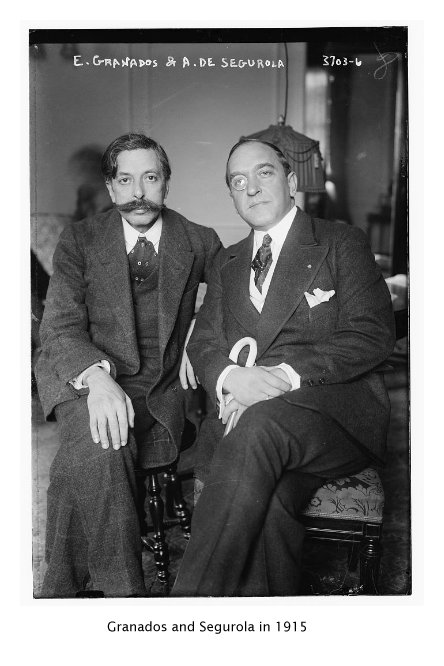 Andrés de Segurola studied with Varvaro in
Barcelona and probably made his debut there in 1896. In 1899 and 1901
he performed at the Teatro Politeama in Buenos Aires. After he had
excited the first sensation in Italy and France, in 1901 he was engaged
by the Metropolitan Opera in New York where he made his debut in
Verdi’s ‘’Aida’’. Since 1903 he appeared with success at La Scala in
Milan, at the Teatro Regio in Parma and in other Italian theatres. In
1905 he appeared at the opera theatre of Havana, in 1907 at the opera
house of Boston and in 1908 at the Manhattan Opera House in New York.
At the MET he sang also in the premieres of the operas ‘’La Fanciulla
del West’’ (10. 12. 1910), ‘’Gianni Schicchi’’ (14. 12. 1918),
‘’Madeleine’’ of Victor Herbert (24. 1. 1914), ‘’Madame
Sans-Gêne’’ of Giordano (25. 1. 1915) as well as in 1912 in the
American première of E. Wolf-Ferrari’s ‘’Le donne curiose’’, in
1913 in ‘’Boris Godunov’’ (as Warlaam), in 1918 in the American
première of Mascagni’s ‘’Lodoletta’’ and in 1917 in ‘’Marouf’’
of Henri Rabaud. In 1913 he guested in Parma appearing at the Teatro
Regio in Verdi’s operas. In 1910 he sang at the Grand Opéra in
Paris as Mephistofele in Gounod’s ‘’Faust’’, in 1931 in San Francisco
Opera as Sharpless in ‘’Madame Butterfly’’. In 1931 he sang
unexpectedly in the USA some baritone parts (Marcello in ‘’La
Bohème’’, Sharpless in ‘’Madame Butterfly’’). In the same 1931
he sat down as a pedagogue in Hollywood. He performed in America also
as an actor appearing together with Grace Moore in ‘’One night of
love’’. Andrés de Segurola studied with Varvaro in
Barcelona and probably made his debut there in 1896. In 1899 and 1901
he performed at the Teatro Politeama in Buenos Aires. After he had
excited the first sensation in Italy and France, in 1901 he was engaged
by the Metropolitan Opera in New York where he made his debut in
Verdi’s ‘’Aida’’. Since 1903 he appeared with success at La Scala in
Milan, at the Teatro Regio in Parma and in other Italian theatres. In
1905 he appeared at the opera theatre of Havana, in 1907 at the opera
house of Boston and in 1908 at the Manhattan Opera House in New York.
At the MET he sang also in the premieres of the operas ‘’La Fanciulla
del West’’ (10. 12. 1910), ‘’Gianni Schicchi’’ (14. 12. 1918),
‘’Madeleine’’ of Victor Herbert (24. 1. 1914), ‘’Madame
Sans-Gêne’’ of Giordano (25. 1. 1915) as well as in 1912 in the
American première of E. Wolf-Ferrari’s ‘’Le donne curiose’’, in
1913 in ‘’Boris Godunov’’ (as Warlaam), in 1918 in the American
première of Mascagni’s ‘’Lodoletta’’ and in 1917 in ‘’Marouf’’
of Henri Rabaud. In 1913 he guested in Parma appearing at the Teatro
Regio in Verdi’s operas. In 1910 he sang at the Grand Opéra in
Paris as Mephistofele in Gounod’s ‘’Faust’’, in 1931 in San Francisco
Opera as Sharpless in ‘’Madame Butterfly’’. In 1931 he sang
unexpectedly in the USA some baritone parts (Marcello in ‘’La
Bohème’’, Sharpless in ‘’Madame Butterfly’’). In the same 1931
he sat down as a pedagogue in Hollywood. He performed in America also
as an actor appearing together with Grace Moore in ‘’One night of
love’’.---------------- There is a recording of Caruso singing the BASS of the "Coat Song" in La Bohéme, Act IV. It was never intended for public release and only distributed to a few of Caruso's friends. Recorded on the 23rd of February 1916. Here's the story: the MET was performing the opera in Philadelphia with the soprano Frances Alda, the baritone Antonio Scotti, the bass Andrés de Segurola and Caruso as tenor, of course. When Andrés de Segurola was about to sing the aria, he whispered: "I lost my voice, I can't sing." Caruso said: "Don't worry. Just stand still and move your lips and I'll sing it for you." And so he did with his back to the audience and according to Alda absolutely marvellously. The audience applauded De Segurola and never noticed it was Caruso singing. Also the critics of the press didn't notice the swap. 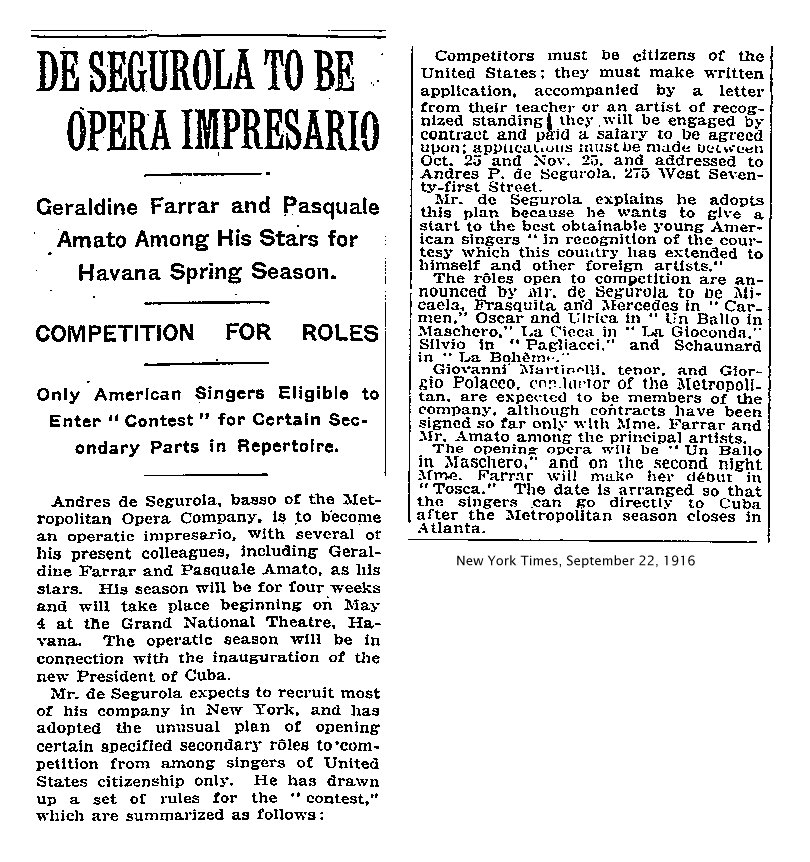 |
| Paul
Seveilhac [The following text is from a biography of Pauline Donalda] During her first season at Covent Garden, Donalda met another male opera singer who became an important figure in her life -- baritone Paul Seveilhac. He debuted at Covent Garden in 1901 and first performed opposite Donalda in Covent Garden's 1905 production of Gounod's Faust. In an interview with Ruth Brotman, Donalda described her first encounters with the young baritone. "I was introduced to Paul by my good friends the Salignacs. We would often all meet at a French family's home to play poker for a little relaxation. After a few weeks of sitting by and watching, I decided to learn to play the game since I was in love with Seveilhac and wanted to be good company. Actually I had no card sense at all and had little time to learn." 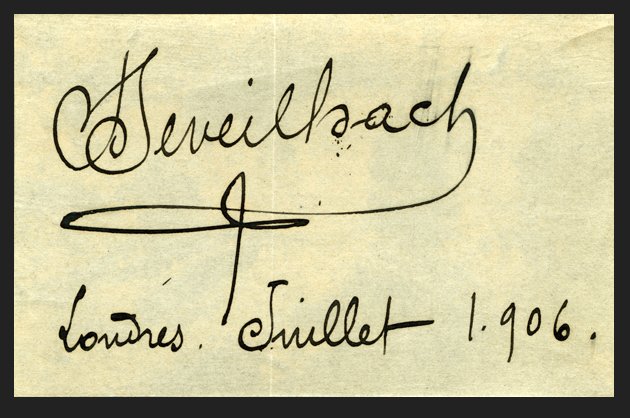 Seveilhac was of a different faith than Donalda and her parents strongly discouraged their ensuing relationship. Eventually, her troubled personal life coupled with an increasingly hectic performing schedule, began to take its toll. She lost a lot of weight, developed a bad cough and was ordered by her doctor to go to a retreat in the mountains and avoid singing and talking for six months. Donalda followed his instructions, but suffered immensely during this time. Happily, she made a full recovery and never experienced severe chest trouble again. She returned to Covent Garden in April of 1906 and one month later, despite her families' reservations, married Paul Seveilhac. 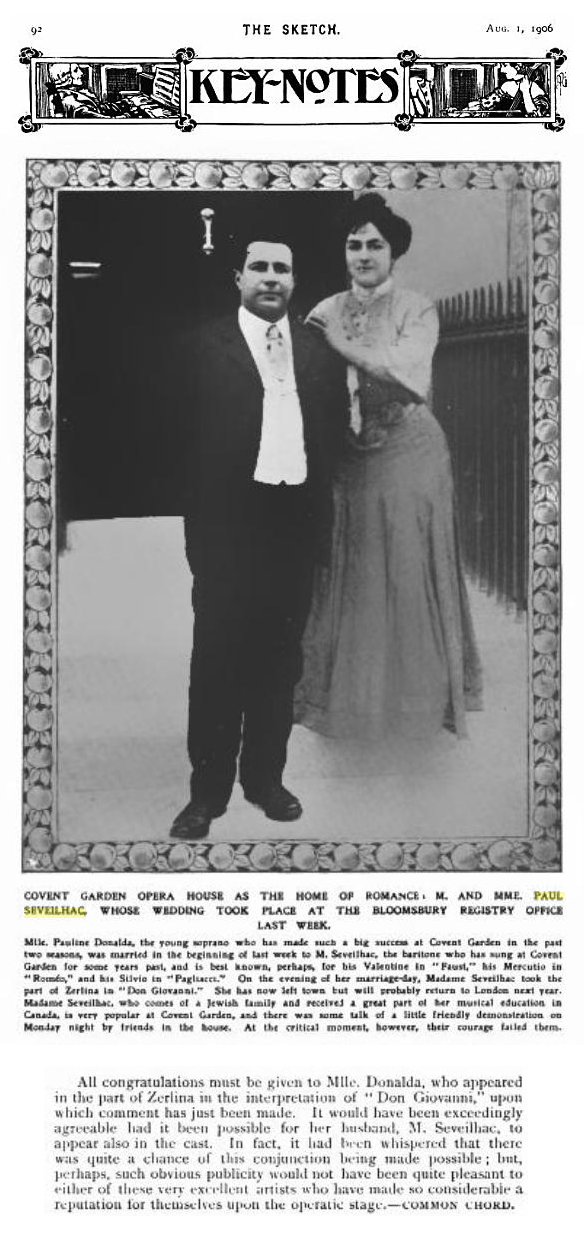 When the First World War broke out in 1914, Donalda was visiting Montréal. She did not return to Europe until 1917. These years were difficult for Donalda, as her husband, three brothers and nephew were at the front. In an interview with The American Hebrew, she described how difficult it was for her to continue performing. "I have tried again and again to forget that at any moment, yes, this very moment, one or all of my dear ones may be stricken. I have told myself that my career is at stake, that I must sing. But it has only been now and then, mainly at concerts for the relief of our brave 'Tommies' that I have been able to appear at public performances." By the time Donalda returned to Europe in 1917, her marriage to Seveilhac was falling apart. They separated, divorced and shortly afterwards, Donalda married Danish tenor Mischa Leon. This marriage also ended some years later. Donalda commented on the difficulties of balancing a singing career and marriage saying, "From my own personal experience, I most certainly do not think a singing career and marriage mix well at all. If a career is to be successful . . . one must be ready to simply give everything, sacrifice everything to it, everything." 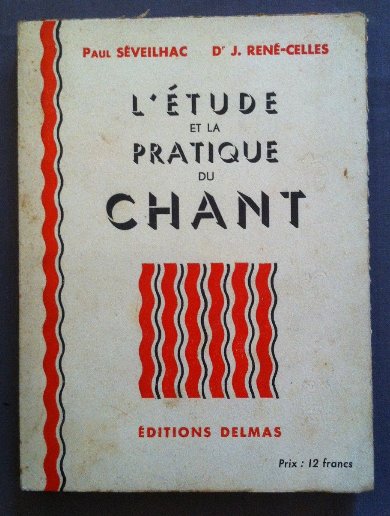 |
| John
Charles Thomas (September 6, 1891 – December 13, 1960) was a
popular American opera, operetta and concert baritone. John Charles Thomas was born in Meyersdale, Pennsylvania. He was the son of a Methodist minister of Welsh descent while his mother, of German immigrant stock, had been an amateur singer. After studying initially for a medical career, Thomas won a scholarship to the Peabody Institute in Baltimore in 1910. He remained there for two years, receiving vocal tuition from Adelin Fermin. In 1912, Thomas left the Peabody and toured briefly with a musical troupe. He then went to live in New York City, where he performed with a Gilbert and Sullivan operetta company before being contracted by the Shubert brothers to perform in the show The Peasant Girl, which opened in March 1913. For the next nine years, he starred in a series of hit Broadway musicals including Her Soldier Boy, Maytime, Naughty Marietta, and Apple Blossoms (with Fred and Adele Astaire). Thomas sang in a concert performance of Rimsky-Korsakov's opera Sadko at New York's Carnegie Hall in December 1924. His debut in a fully staged opera occurred in March 1925, as Amonasro in a production of Verdi's Aïda, presented by the semi-professional Washington National Opera. Thomas was earning a great deal of money singing on Broadway but he wanted to gain more experience in opera. During the 1922-28 period, he spent part of each year in Europe, polishing his singing technique and appearing under contract at La Monnaie opera house in Brussels for the seasons of 1925-27. He would return to La Monnaie for 25 more performances in 1928, eight in 1930 and four in 1931. Even more importantly, he appeared with the famous Russian bass Feodor Chaliapin in productions of Faust at the Royal Opera House, Covent Garden, London, in July 1928. He continued to give recitals in the United States during this period and, in 1923, acted in a silent film, Under the Red Robe, directed by Alan Crosland. He made recordings, too, for the Vocalion label (1920–24) and Brunswick Records (1924–29), before signing with RCA Victor in 1931. Thomas also became a pioneer of radio broadcasts, in both New York and Florida. From 1929-32 he was a member of the Philadelphia Grand Opera Company, and in 1930 made one appearance with the Philadelphia Civic Opera Company. He accepted engagements with the Washington National, San Francisco, Chicago and Philadelphia opera companies, and in 1934, to satisfy a public demand, he was signed by the Metropolitan Opera in New York City. He would remain at the Met until 1943, performing opposite such stars as the soprano Rosa Ponselle. In the tough Great Depression years of the 1930s, he established himself as one of the most sought-after singers in America, with both a classical-music following and a considerable popular audience. His concerts normally offered selections from both repertoires: classical and operatic to begin, and American art songs and humorous "character" songs to close. He also appeared regularly on commercial radio programs. These included Five-Star Theater (in 1932-33 with the Joseph Bonime Orchestra), the Vince Radio Program (1934–36), the Ford, General Motors and The Magic Key of RCA shows (1937–40) and the Coca Cola Show (1940–41). 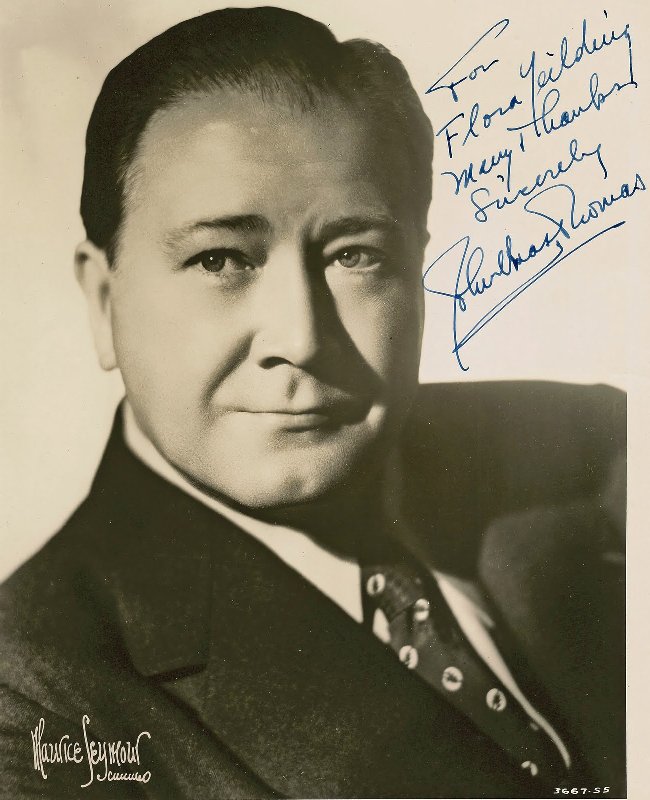 In 1938, he helped Edwin Lester launch the Los Angeles Civic Light Opera, appearing in the company's very first production in Blossom Time. This work was derived from a Viennese operetta Das Dreimäderlhaus, with music arranged from that of Schubert and adapted for American audiences by Dorothy Donnelly and Sigmund Romberg. Thomas sang regularly in operettas with the LACLO until 1942, starring in productions of The Gypsy Baron, H.M.S. Pinafore, The Chocolate Soldier and Music in the Air. He now divided his private time between residences in Easton, Maryland, and Palm Beach, Florida, pursuing an active life as a sportsman. Golfing, yachting, racing speedboats and deep-sea fishing counted among his favourite pastimes. The Second World War made concert touring inconvenient, and very high taxes made it non-remunerative. Thomas was duly engaged to star on the Westinghouse Radio Program in 1943-46, accompanied by the Victor Young Orchestra. He probably reached his widest audience during this period, although his practice of performing songs exclusively in English has perhaps left him less well-remembered by today's musical "purists" than he should be. Nevertheless many songs tailored for him to sing have gone on to become standards, such as the version of "The Lord's Prayer" by Albert Hay Malotte and the arrangement of "Home on the Range" by David W. Guion. In 1947-48, Thomas undertook a long and demanding tour of Australia and New Zealand, where he played to crowded theatres. He retired bit by bit from the concert stage after 1950, and settled in Apple Valley, California in 1955 with his wife Dorothy. He died there in December 1960 from cancer. Owing to his high-spending lifestyle, the fortune that he had earned through singing was largely dissipated at the time of his death. His home in Apple Valley has been designated as one of the town's historic sites. John Charles Thomas left a large pool of audio recordings, many of which sold extremely well in their day and have been transferred in recent times to compact disc. Only a handful of these recordings, however, are devoted to opera arias. His operatic voice is probably best appreciated in commercial offerings such as "Nemico della patria" from Andrea Chénier, and "C’en est fait… Salomé demande" from Hérodiade. However, live broadcast recordings of "Per me giunto" from Don Carlos, "Vien Leonora" from La favorite and "Il balen" from Il trovatore display his brilliant top notes and bel canto capabilities. He sang hymns, art songs, ballads, cowboy tunes, introspective German lieder, and shanties. Thomas belonged to a remarkable sequence of exceptionally gifted American operatic baritones whose neatly overlapping careers stretched in an unbroken line from the 1920s through to the 1960s. They included Richard Bonelli, Lawrence Tibbett, Arthur Endrèze (who was based in Paris), Leonard Warren and Robert Merrill. His was an essentially lyric voice, which, while not "light", was more notable for its free top register than for its lower range. It was particularly suited to the French operatic repertoire, in which he was seldom heard in the United States apart from his Athanaël in Massenet's Thaïs. It had remarkable flexibility, which was enhanced by Thomas's energy and expressiveness, particularly in his repertoire of popular material. In operatic work, however, this skill could be shown to good effect in trills and runs. Notable examples of his technical expertise are displayed his versions of "Il balen" from Il trovatore, and the "Drinking Song" from Hamlet. In common with a lot of singers of his inter-war generation, Thomas's voice was highly distinctive. In part, this may have been due to his early career on Broadway. He knew how to "sell" a song—to build a stirring aria to a climax that would bring audiences to their feet. While the voice was always unmistakably his, it changed noticeably in character over time. His early recordings display a darker tonal hue, and the voice is stiffer, as though he were imitating the stentorian Italian baritone of a previous generation, Titta Ruffo. By 1931, and certainly by 1934, he had found the more fluid, natural vocal style for which he is best remembered. From the late 1940s into the '50s, his vibrato began to widen, though it never became an unpardonable flaw in his singing technique, and the voice grew somewhat thicker and heavier in tone. |
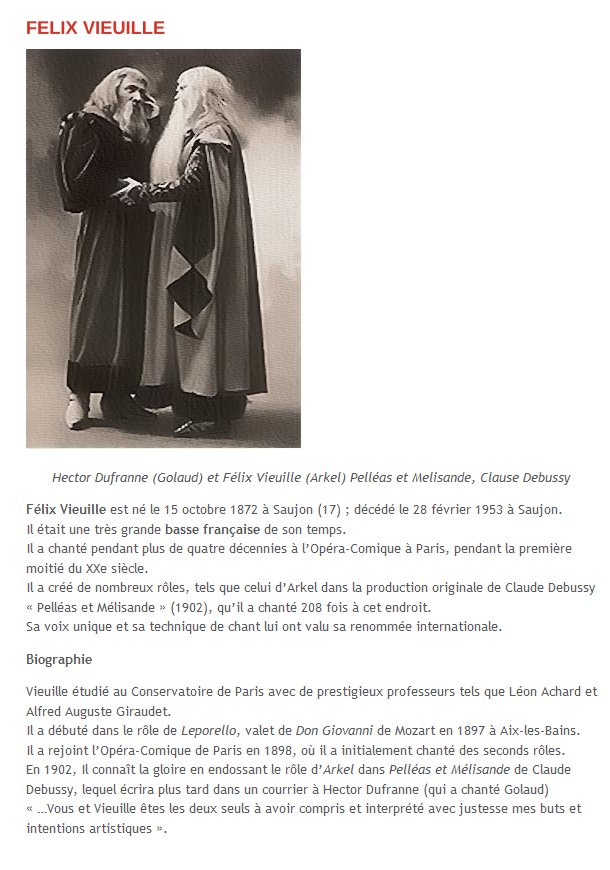
Edmond
Warnery
was with the Chicago Grand Opera from 1910-14, and the Chicago Opera
Association in the season 1919-20 in various roles both large and
small. Being a member of the company, he would perform both
leading
and secondary roles within days of each other. Among his major
efforts
were Pelléas, Narraboth, Hoffmann, Faust, Wilhelm Meister in Mignon (also the smaller role of
Laerte), Canio, L'Heure Espagnol,
and Noël by Erlanger,
and
smaller roles in Louise, Jewels of the Madonna, and Madame Chrysanthemum. He sang
Trin in La Fanciulla del West
in Chicago just a few days after the world premiere in New York, also
Basilio in The Marriage of Figaro,
the Ballet Master in Manon Lescaut,
and Marcellus in Hamlet.
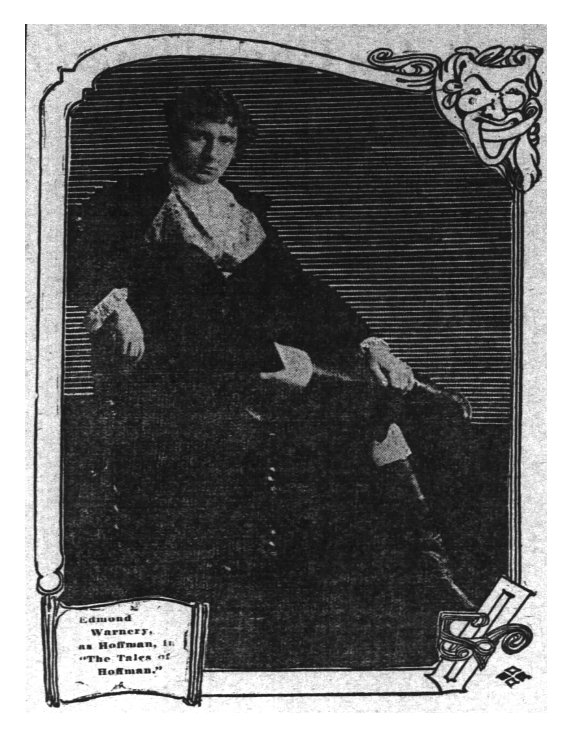 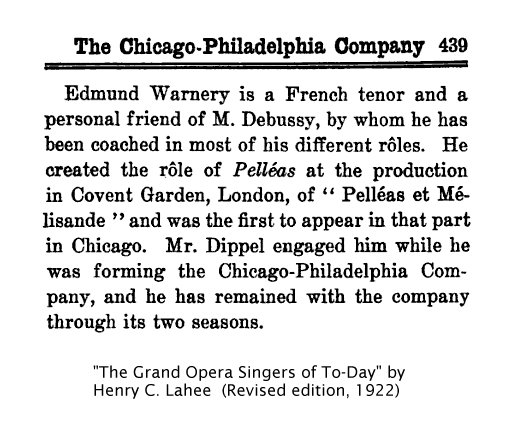 His Massenet parts included Nicias in Thaïs, Pandolfe in Cendrillon, Guillot in Manon, and he created the role of Rodriguez in Don Quichotte in Monte Carlo in 1910. He took part in the Gala Coronation Season at Covent Garden in 1911, portraying Pelléas, Trin in Fanciulla del West, and a minor role in Louise. 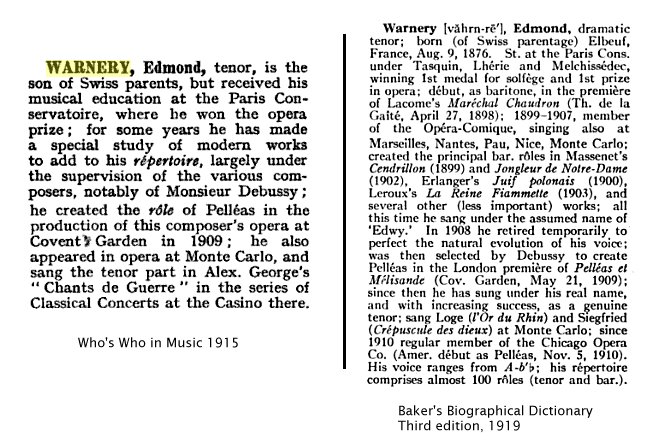 Below are a few excerpts from reviews which appeared in the Chicago Inter Ocean by their music critic Eric DeLamarter. [Besides being their critic from 1901-1914, composer and organist DeLamarter would later be Assistant and then Associate Conductor with the Chicago Symphony from 1918-36.] The charge of specializing in one kind ot music cannot be laid upon Cleofonte Campanini. Yesterday's program, the fifth in the series of the Sunday afternoon concerts, was begun with a performance of a Haydn symphony in D. From Debussy's "La Mer" played a couple of weeks ago to this chic little classic is a far cry indeed, but tbe audience's response to both was instantaneous. The flowing, medollc line of the first movement, the formality and naive simplicity of the andante, the humor of the minuet and the rollicking verve of the finale were set forth with excellent effect. Some few passages disturbed the fiddlers' sense of rhythm at times, bat the symphony as a whole was charming. Notable among the soloists of tbe afternoon were Gustave Huberdeau and Edmond Warnery. The former sang the Tambour Major's aria from Thomas' "Le Caid" with xcellent effect. His smooth, resonant voice showed to good advantage, and his bearers expressed their delight vociferously. This was meet and right. M. Warnery confirms with his every appearance the former estimates placed upon his work. His voice is an organ of beautiful timbre, his enunciation is a marvel, but the striking feature of his interpretations is their subtlety. It is a bit tiresome to write of him each time he sings that his sense of light and shade, his phrasing and his nice differentiation of mood marks his work with peculiar charm, but pertinent criticism compels tbe observation. Azael's recitative and aria from Debussy's "L'Enfant Prodigue" would not be considered a bid for popular favor under ordinary conditions, yet his success with it was pronounced. Alice Zeppilli appeared after the intermission with an aria from Massenet's "Manon," which was received more cheerfully than it deserved, and Hector Dafranne vouchsafed a rather strident Interpretation of Wagner's "The Evening Star"' from "Tannhauser." The second section of the program contained, with the solo numbers, Weber's "Invitation to the Dance", and the final trio from the last act of "Faust." [Dec 5, 1910] *
* *
* *
When Edmond Warnery is on the bill, one expects to hear something which will reveal artistic thought and poety. His work on this occasion fulfilled such expectation. [December 18, 1911] *
* *
* *
OPERA
AUDIENCE
APPLAUDS
"THAÏS"
Mary Garden in Lyric Romance by Jules Massenet Is Well Received at the Auditorium Theater BILL TO BE REPEATED TUESDAY Finished Art of Edmond Warnery as "Nicias" Is One of the Chief Delights of the Performance "THAÏS" In French. Lyric romance in three acts by Jules Massenet. ATHANAËL - HECTCR DUFRANNE; NICIAS - EDMOND WARNERY; PALEMON - GUSTAVE HUBERDEAU; A SERVANT, CONSTANTIN NICOLAY; THAÏS, MARY GARDEN; CROBYLE, EDNA DARCH; MYRTALE, MINNIE EGENER; ALBINE, LOUISE BERAT; GENERAL MUSICAL DIRECTOR, CLEOFONTE CAMPANINI By Eric DeLamarter Mary Garden's Thaïs, heard tor the first time this season at the Auditorium yesterday afternoon, was applauded by an audience that filled the theater. So great was the public's interest that it will be repeated Tuesday night and "Louise" withdrawn. The performance was excellent. The stage settings were woefully bad. The cast, however, with Mary Garden at its head, gave as smooth, as fervid an interpretation as we have heard here. Edmond Warnery as Nicias, and Hector Dufranne, as Athanaël, were the other stalwarts of the performance. Cleofonte Campanlnl conducted. Miss Garden's sdea of the courtezan Thaïs is nothing new to contemplate. Her costumes seem to change a bit, however. They become more evanescent with time, and the speculation as to what would happen if the single hook-and-eye at the back were to part aroused more than enough interest to the scene in Thaïs' home, already caloric. Miss Garden puts her faith in them, however, and in that faith acts feverishly, seductively, abundantly all over the stage. Her singing of the Massenet music would not delight the lover of either tone or technique but that's not a newsy remark. EDMOND WARNERY STARS. The finished art of Edmond Warnery was one of the chief delights of the performance. Mr. Warnery, as thoroughly a master in a vocal sense as he is an opera actor, seeks out the elements in this personage Nicias which will combine into an impression of patrician dissipation, of fine reliability. [January 26, 1913] *
* *
* *
TITA
RUFFO
SCORES
TRIUMPH
By
ERIC
DELAMARTER
One of the numerous patron deities whose worship demands frequent special opera matinees fell upon yesterday as a fitting date for Titta Ruffo's last appearance in "Thaïs." Meanwhile, in the nooks of the temple, the acolytes whisper that it was Mr. Ruffo's final appearance in the role of Athanaël in this country. He has had enough. Never more an Italian evangelist busied with the wiles of a French-Scotch-American charmer. So goes the gossip, anyway. And that gossip, with the word-of-mouth concerning the other "Thaïs" performance of last week, helped to attract a capacity house to the Auditorium yesterday afternoon. There was great and persevering applause. All the features of a regular "Thaïs" performance came to pass. The cast was unchanged excepting for Edmond Warnery's appearance as Nlclas, a role admirably suited to the talents of this discriminating and skillful, singing actor. His interpretation, graceful, patrician, imaginative, has found favor in other seasons, and his success was pronounced again yesterday. [Chicago Inter-Ocean, Dec 31, 1913] |
Now the conductors (in the order of their appearance)
and then the Administrators, as listed in the
third column at the top of the previous page
|
Titles held by opera conductors in Chicago
Clefonte Campanini - General Musical Director 1910-1913; General Director 1913-1919 Gino Marinuzzi - Musical Director 1920-1921 Girogio Polacco - Musical Director 1921-1930 |
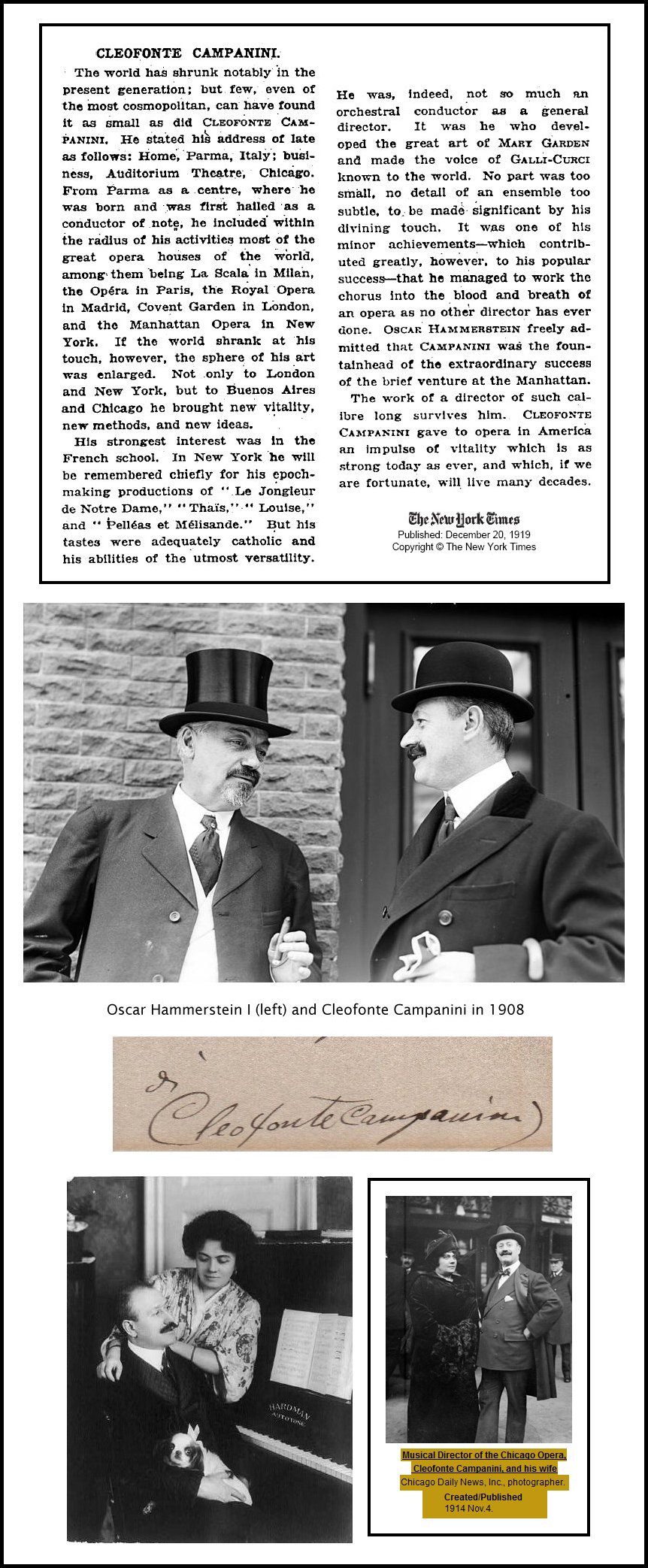
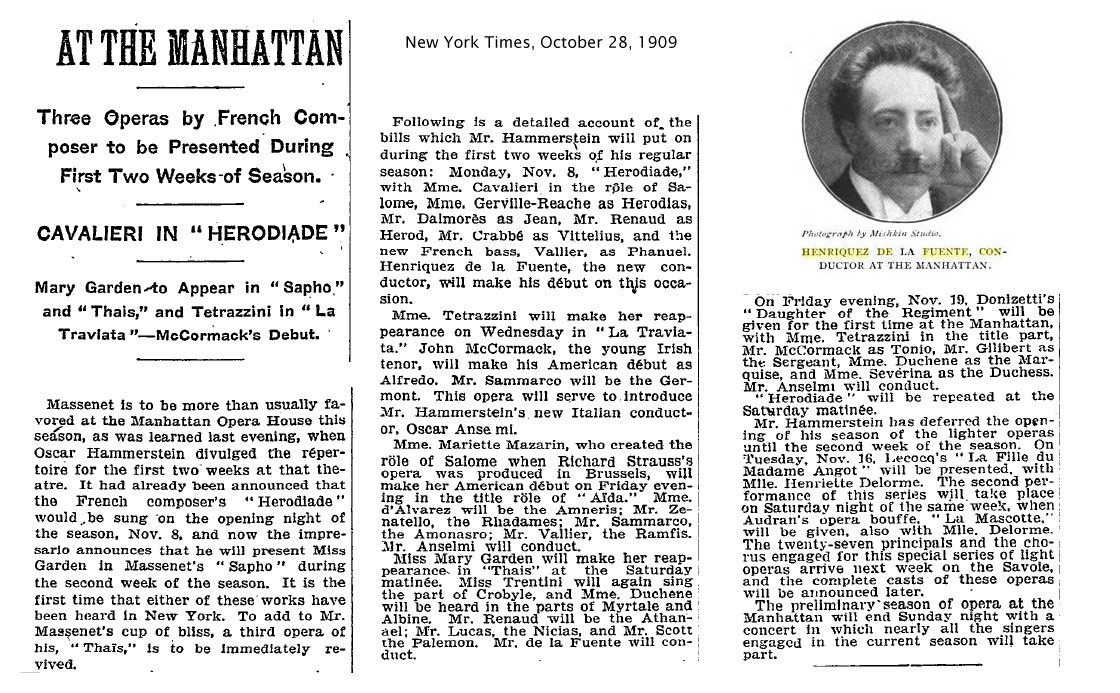
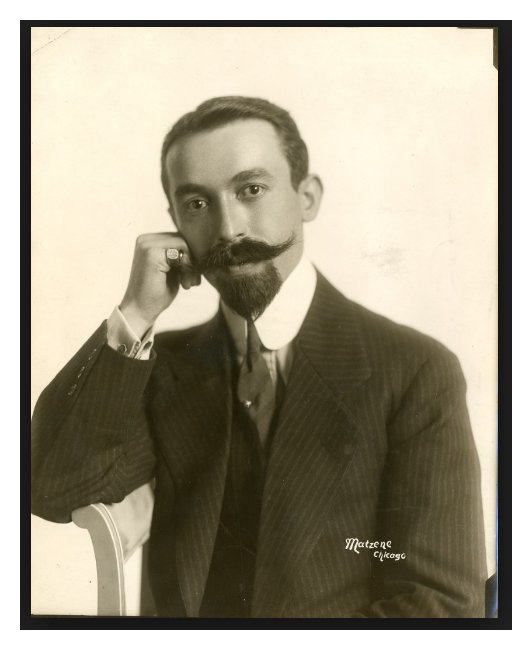 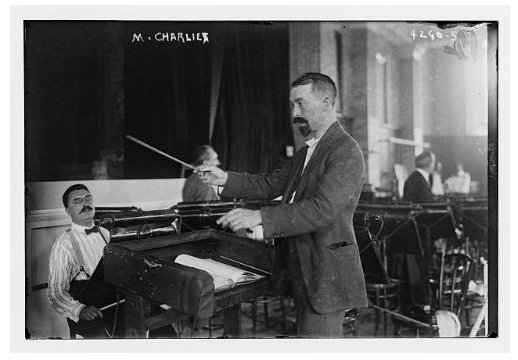 CHARLIER, Marcel [From the International Who's Who in Music of 1918] Conductor; b. Liege; mus. ed. Liege Cons.; at the age of sixteen received medals for piano playing, harmony and composition. First engaged as accompanist at the Theatre de la Monnaie, Brussels, where he was soon promoted to conductor; then cond. at Covent Garden, London, where his ability so impressed Cleofonte Campanini that when the latter went to America he engaged Charlier for the staff of the Manhattan Opera House, New York, as conductor of French operas; continued under Campanini to the end of the Manhattan Opera venture, since then as cond. of French operas Chicago Opera. Address: Auditorium Theatre, Chicago, Ill. |
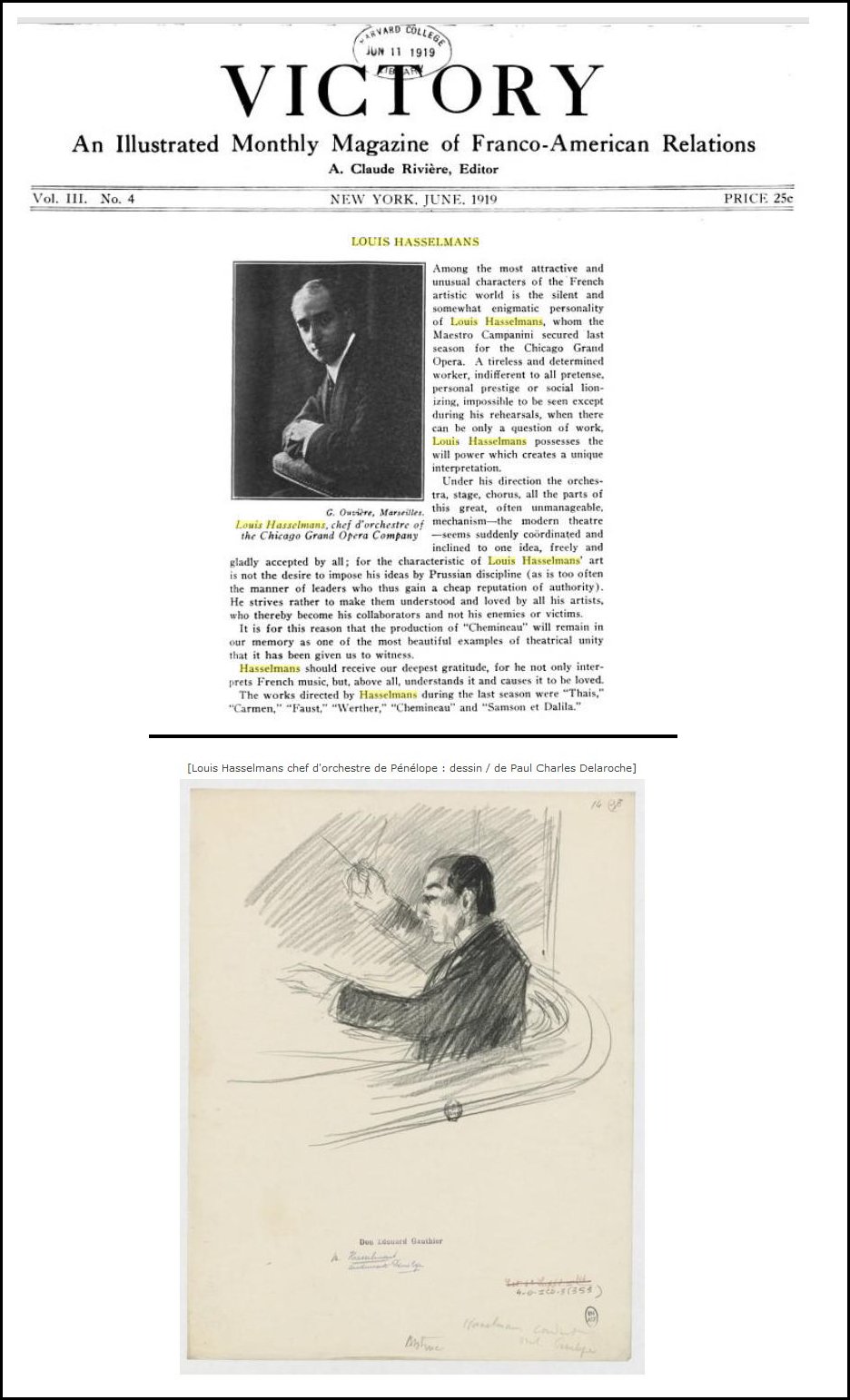
Gino
Marinuzzi
(24 March 1882 – 17 August 1945) was an Italian conductor and composer,
particularly associated with the operas of Wagner and the Italian
repertory.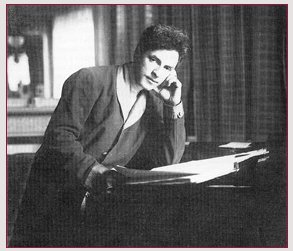 Marinuzzi
was born and studied in Palermo, and began his
career there as well, conducting the local premieres of Tristan und Isolde in 1909, and Parsifal
in 1914. He then appeared in Rome and Milan, where he conducted several
local premieres (mostly Wagner operas) and many revivals of rarely
performed operas such as Lucrezia
Borgia, La straniera, Beatrice di Tenda and L'incoronazione di Poppea. In 1930
he conducted the world premiere of Ildebrando Pizzetti's Lo straniero. Marinuzzi
was born and studied in Palermo, and began his
career there as well, conducting the local premieres of Tristan und Isolde in 1909, and Parsifal
in 1914. He then appeared in Rome and Milan, where he conducted several
local premieres (mostly Wagner operas) and many revivals of rarely
performed operas such as Lucrezia
Borgia, La straniera, Beatrice di Tenda and L'incoronazione di Poppea. In 1930
he conducted the world premiere of Ildebrando Pizzetti's Lo straniero.He made guest appearances at the Paris Opéra, the Royal Opera House in London, and the Monte Carlo Opera, where he conducted the world premiere of Puccini's La rondine in 1917. He was artistic director of the Chicago Opera Association from 1919 to 1921, and the Rome Opera from 1928 to 1934. He was reputed for his "grand style" inherited from the post-romantic tradition. He left a noted recording of La forza del destino from 1941, with Maria Caniglia, Galliano Masini, Carlo Tagliabue, Ebe Stignani, Tancredi Pasero, and Saturno Meletti. He died in Milan in 1945, aged 63. His son Gino Marinuzzi Jr (7 April 1920, in New York City – 1996) was also a conductor and composer of music for films. 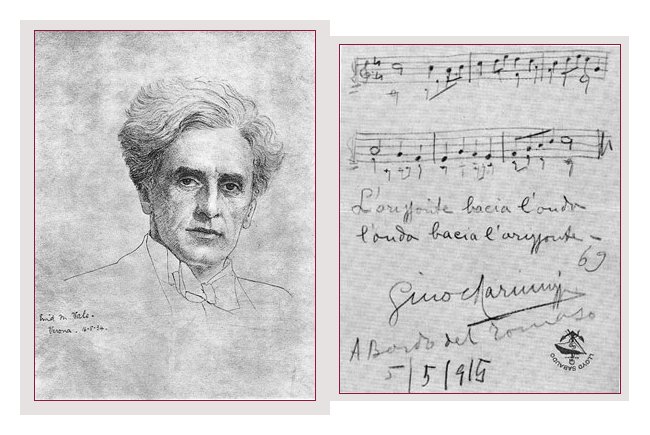 |
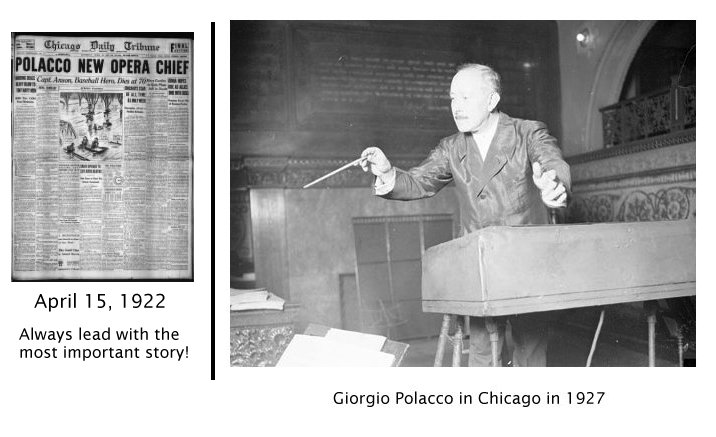 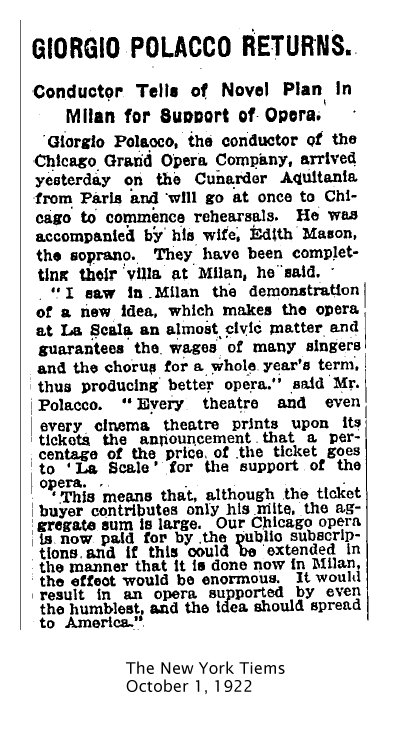 Giorgio
Polacco was born in Venice, Italy in 1875 into an Italian Jewish
family. Giorgio
Polacco was born in Venice, Italy in 1875 into an Italian Jewish
family.He studied with Nicoló Coccon at the Marcello Conservatory in Venice and with Coromaro and Galli at the Milan Conservatory He had a prestigious career in conducting the most important orchestra of Europe and Latin America. From 1915 to 1917, he worked at the Metropolitan Opera Theatre in New York, after the tenure of Arturo Toscanini. In 1918 he began to conduct at the Chicago Opera Association. In 1921 he was music director and conductor of the Chicago Civic Opera. He held the position until 1930. In 1919 Edith Mason married Giorgio Polacco. In 1921 she became one of the leading singers of the Chicago Opera Association. She divorced Polacco on July 21, 1929. [EDITH MASON GETS DIVORCE IN CHICAGO; Prima Donna of Civic Opera Wins Decree From Giorgio Polacco, Director. "HEARTBROKEN," HE SAYS She Asserts She Did Her Duty, but Will Be Happy to Appear With Him Again in Performances. Plans to Appear With Him. Alleges He Nagged Her.] She remarried Polacco on May 15, 1931. They divorced again on April 22, 1937. In the interval between these marriages Miss Mason became the wife of Maurice A. Bernstein of Chicago and divorced him. Polacco died in New York, NY in 1960. 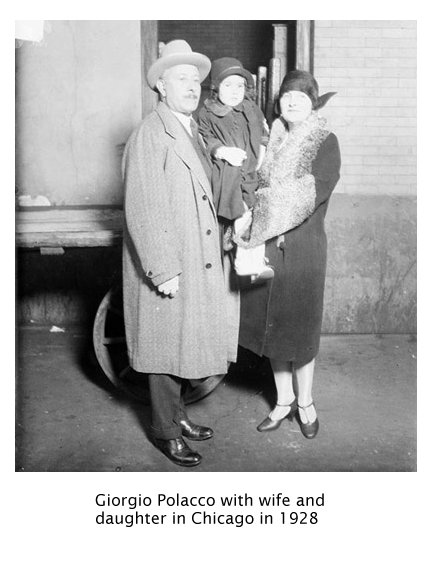 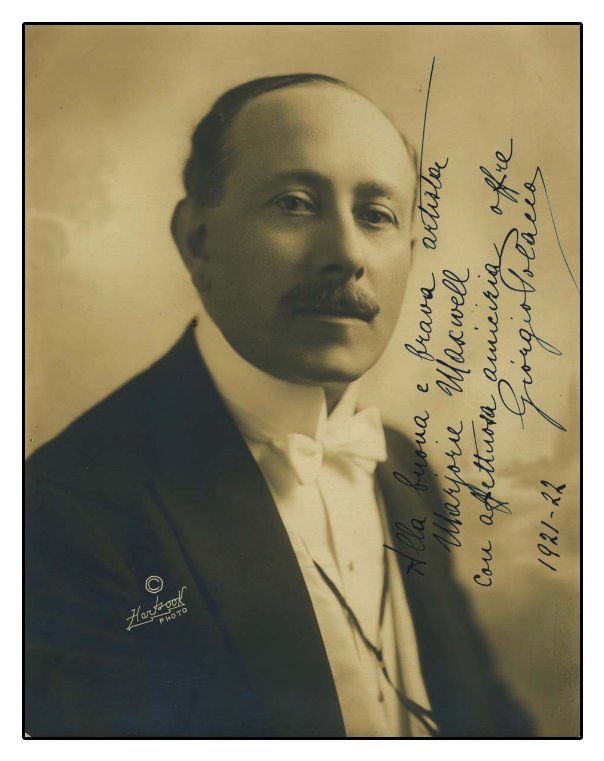 |
MORANZONI, Roberto Dizionario Biografico degli Italiani - Volume 76 (2012) di Andrea Stefano Malvano MORANZONI, Roberto. - Nacque a Bari il 5 ottobre 1880 da genitori di origine veneziana: Giovanni, maestro della banda militare nel corpo d’armata locale, e Amalia Martini. Ricevette i primi insegnamenti dal padre, dimostrando spiccate attitudini musicali; quindi si iscrisse al liceo musicale Gioachino Rossini di Pesaro, allora diretto da Pietro Mascagni, il quale riconobbe in Moranzoni un talento da coltivare. Nel 1900 suggellò il conseguimento del diploma in composizione con un Inno a Rossini per soli, coro e orchestra, che raccolse il plauso della commissione d’esame. Ma nel liceo pesarese si distinse soprattutto nella direzione d’orchestra, a tal segno che l’anno seguente Mascagni gli affidò la bacchetta per alcune repliche della sua opera Le maschere al teatro Costanzi di Roma. L’evento decretò l’affermazione di Moranzoni, che ricevette subito scritture da altri enti nazionali e internazionali: in particolare dal teatro dell’opera dell’Aquila (1902-03), dal teatro Dal Verme di Milano (1903) e dall’Opera nazionale di Budapest (1906). A Budapest avvenne l’incontro col soprano Maria Camporelli, che sposò a Varese il 15 luglio 1907. Nel 1910 al politeama Chiarella di Torino diresse Madama Butterfly di Puccini, Aida di Verdi e Lohengrin di Wagner, e al teatro Coccia di Novara di nuovo Madama Butterfly. Nello stesso periodo ricevette diverse proposte di ingaggio dagli Stati Uniti; fu in particolare la Boston Opera Company a insistere per la firma di un contratto come direttore stabile. Moranzoni accettò e il 12 novembre 1910 debuttò dirigendo in un sol giorno Tosca di Puccini (recita diurna) e Lucia di Lammermoor di Donizetti (serale). Lavorò a Boston per più di sei anni, fino al 6 gennaio 1917, dirigendo complessivamente 16 recite di Aida, 14 di Tosca, 13 di Pagliacci, 9 di Madama Butterfly e di Cavalleria rusticana, 8 di Lucia di Lammermoor e della Bohème, 7 dell’Amore dei tre re e del Trovatore, 6 di Otello e della Traviata, 5 dei Gioielli della Madonna, 4 del Barbiere di Siviglia, 3 di Rigoletto, 2 di Martha e del Segreto di Susanna, una della Gioconda, di Andrea Chénier e di Iris. Grazie alla collaborazione di Moranzoni, la Boston Opera Company conquistò una notevole fama internazionale, culminata in una tournée del 1914 a cui partecipò anche la compagnia di cantanti dell’Opéra di Parigi. Negli stessi anni Moranzoni ricevette inviti da molti enti lirici statunitensi, ma si trovò spesso costretto a rifiutare per onorare il contratto con Boston. Nel 1917 decise infine di accettare l’offerta della Metropolitan Opera House di New York, forse il massimo ente lirico statunitense (gestito da un impresario famoso, Giulio Gatti-Casazza); il 12 novembre 1917 vi debuttò con Aida. La collaborazione durò fino al 1924, dando vita a numerosi allestimenti di successo, tra cui ben 47 recite di Madama Butterfly, 46 di Tosca, 38 di Aida, 36 di Cavalleria rusticana, 28 di Pagliacci, 22 dell’Amore dei tre re, 20 della Traviata, 19 di Rigoletto, 18 di Zazà e di Mefistofele, 10 dell’Oracolo e del Trittico, 8 di Loreley. A New York Moranzoni non si dedicò solo alle opere di repertorio, ma ebbe anche l’intelligenza artistica e la competenza tecnica per portare in scena alcune prime mondiali o americane. In questo senso si colloca la collaborazione con Puccini, che volle affidare proprio al direttore barese la prima assoluta del Trittico (ossia Il tabarro, Suor Angelica e Gianni Schicchi) avvenuta al Metropolitan il 14 dicembre 1918; per l’occasione Moranzoni non esitò ad attraversare l’Oceano Atlantico, in quel momento insidiato dai sottomarini tedeschi, pur di ricevere direttamente dalle mani del compositore, a Torre del Lago, la partitura appena completata. Da allora i due rimasero legati da un sentimento di amicizia. Il Trittico, tuttavia, non fu l’unica prima mondiale diretta a New York da Moranzoni, che il 12 marzo 1919 diresse tre atti unici messi in scena nella stessa sera: Shanewis di Charles Wakefield Cadman (libretto di Nellie Richmond Eberhart), The legend di Joseph Breil (libretto di Jacques Byrne) e The temple dancer di John Hugo (libretto di Jutta Bell- Ranski); e il 12 gennaio 1918 la prima esecuzione americana di Lodoletta di Mascagni (libretto di Giovacchino Forzano), opera che diresse poi altre 7 volte a New York. Negli anni trascorsi a New York, Moranzoni portò gli spettacoli del Metropolitan in tournée a Brooklyn, Filadelfia, Atlanta, Cleveland e Rochester. Nel 1924 decise di proseguire la carriera americana alla Lyric Opera di Chicago, dove debuttò come direttore stabile il 6 novembre 1924 con Tosca. Anche qui fu accolto con entusiasmo da pubblico e critica, tanto che il contratto gli venne prorogato più volte, fino al 1939. A Chicago Moranzoni mise in cartellone quasi esclusivamente opere di repertorio, con 20 recite di Aida, 19 del Barbiere di Siviglia, 18 di Cavalleria rusticana, di Tosca, della Bohème e di Otello, 15 di Martha, 14 del Trovatore, 12 di Rigoletto e di Madama Butterfly, 10 dell’Amore dei tre re, 8 di Lucia di Lammermoor e di Gianni Schicchi, 6 di Thaïs e di Risurrezione, 5 dell’Elisir d’amore, di Pagliacci e della Gioconda, 4 di Mefistofele, 3 della Traviata, dell’Oracolo, di Monna Vanna, di Linda di Chamounix e di Conchita, 2 di Don Pasquale, di Lakmé e delle Nozze di Figaro, una di Andrea Chénier. 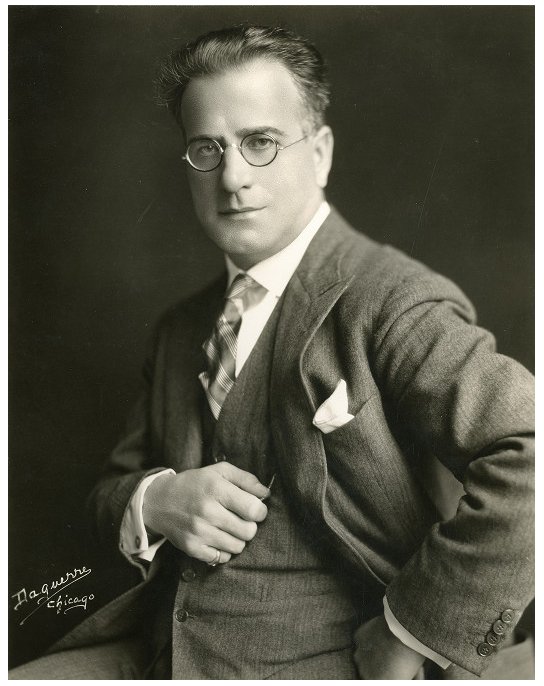 Dopo aver diretto, il 17 dicembre 1939, un’ultima rappresentazione di Aida, il direttore barese si imbarcò alla volta dell’Europa nei primi giorni del 1940, scegliendo la sua nuova residenza a Milano. Qui si ritirò dalla carriera di direttore d’orchestra e si occupò di didattica, dedicandosi in particolare alle lezioni di canto: pur non essendo cantante, difatti, aveva acquisito notevole competenza in materia grazie al duraturo impegno nel teatro d’opera, nonché alla collaborazione con artisti quali Enrico Caruso, Geraldine Farrar, John McCormack, Giovanni Martinelli, Tito Schipa, Claudia Muzio, Beniamino Gigli, Jan Kiepura, Jussi Björling. Negli anni milanesi tenne fitti rapporti epistolari con molti dei musicisti incontrati in America, così come con i dirigenti degli enti per cui aveva lavorato per circa trent’anni. Furono proprio questi ultimi a convincerlo a tornare a Chicago nel 1946 per dirigere le due recite di Tosca e le due della Traviata che chiusero definitivamente la sua carriera teatrale; dopodiché si ritirò in Brianza. Morì a Desio il 10 dicembre 1959 e fu sepolto nel cimitero di Varese. |
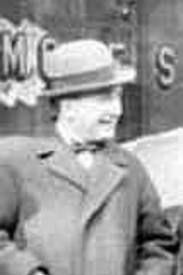 Gabriel
Grovlez,
French conductor and composer, was born in 1879 in Lille. He studied at
the Conservatoire de Paris with Lavignac, Gédalge and
Fauré, and taught
the piano for 10 years at the famous Schola Cantorum. From 1905 to 1908
he was choir leader and assistant conductor at the
Opéra-Comique, and
from 1914 to 1933 he was director of the Opéra. In addition to
his
official duties, he held guest conductor posts in Monte Carlo, Cairo,
Lisbon, Chicago and New York, and regularly worked as a music critic.
From 1939 until his death he lead a chamber music class at the
Conservatoire de Paris. Gabriel
Grovlez,
French conductor and composer, was born in 1879 in Lille. He studied at
the Conservatoire de Paris with Lavignac, Gédalge and
Fauré, and taught
the piano for 10 years at the famous Schola Cantorum. From 1905 to 1908
he was choir leader and assistant conductor at the
Opéra-Comique, and
from 1914 to 1933 he was director of the Opéra. In addition to
his
official duties, he held guest conductor posts in Monte Carlo, Cairo,
Lisbon, Chicago and New York, and regularly worked as a music critic.
From 1939 until his death he lead a chamber music class at the
Conservatoire de Paris.Grovlez was more successful as a conductor than as a composer. He premiered works by many contemporary composers, like Fauré's Dolly Suite, Albert Roussel's Le Festin de l'Araignée and Maurice Ravel's Ma Mère l'Oye. He also revived and conducted baroque operas by Lully, Monteverdi, Gluck and Rameau. His own oeuvre, which is largely forgotten today, includes operas, ballets, symphonic poems, songs and piano music in a style close to Debussy and Fauré. Grovlez died in 1944 in Paris. |
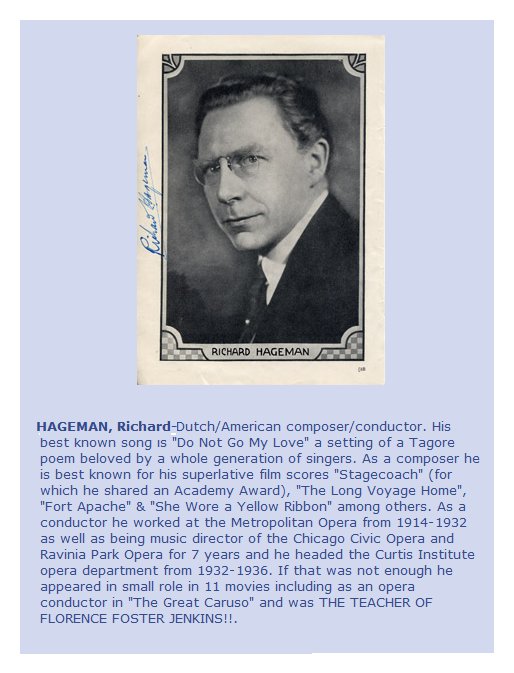
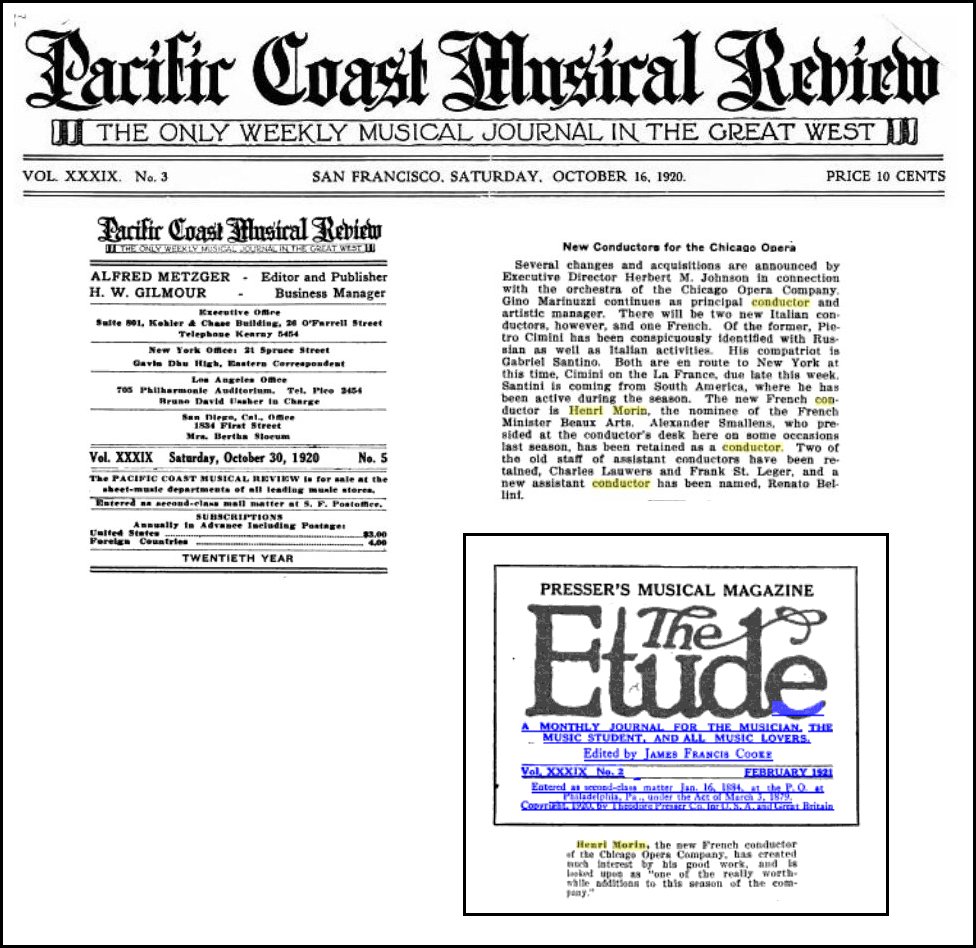
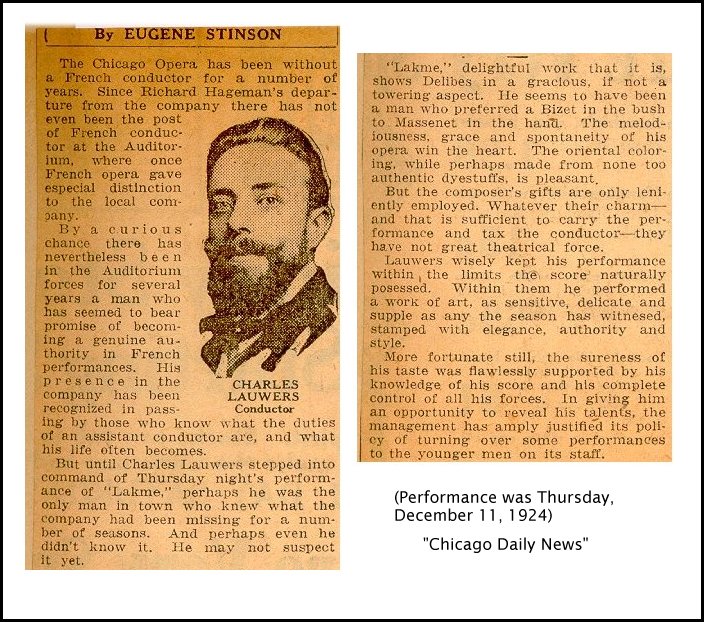
| Ettore
Panizza
(12 August 1875 – 27 December 1967) was an Argentinian conductor and
composer, one of the leading conductors of the early 20th century.
Panizza possessed technical mastery and was popular and influential
during his time, widely admired by Richard Strauss. Panizza was born in Buenos Aires, of Italian parents. His birth name was Héctor Panizza but throughout his career he was known as Ettore. Panizza studied first with his father, who was a cellist at the Teatro Colón, and later in Milan. He made his debut as assistant conductor at the Rome Opera in 1897. 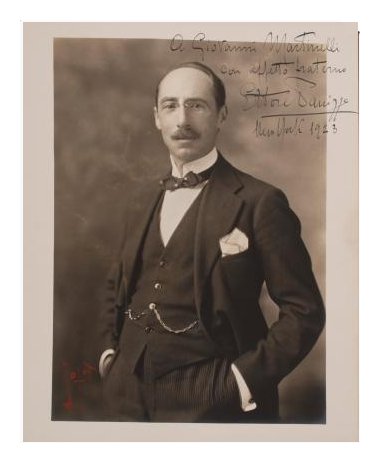 Ettore
travelled from Argentina to Italy to enter the Milan Conservatory,
where he studied piano, composition, harmony and counterpoint,
receiving the Conservatory’s first prize for composition upon
graduating. In 1899 he began a most distinguished career as a
conductor, initially in Italy at, amongst others, the opera houses of
Bologna, Naples, Palermo and Rome; and appearing also at Covent Garden
regularly between 1907 and 1914. By 1908 Panizza was conducting at La
Scala, Milan, reappearing there during World War I; and when, after the
war, a new management structure (an ente autonomo) was created at the
theatre, he conducted half of the first season’s productions (five out
of ten) alongside Toscanini, who conducted the balance and retained a
controlling influence over all of La Scala’s activities. In the same
year, 1921, Panizza recommended a distinguished opera conductor of the
future, Antonino Votto, to Toscanini as a répétiteur for
La Scala.
Throughout Toscanini’s period as chief conductor, which ended in 1929,
and beyond, until 1932, Panizza remained as a devoted assistant to him. Ettore
travelled from Argentina to Italy to enter the Milan Conservatory,
where he studied piano, composition, harmony and counterpoint,
receiving the Conservatory’s first prize for composition upon
graduating. In 1899 he began a most distinguished career as a
conductor, initially in Italy at, amongst others, the opera houses of
Bologna, Naples, Palermo and Rome; and appearing also at Covent Garden
regularly between 1907 and 1914. By 1908 Panizza was conducting at La
Scala, Milan, reappearing there during World War I; and when, after the
war, a new management structure (an ente autonomo) was created at the
theatre, he conducted half of the first season’s productions (five out
of ten) alongside Toscanini, who conducted the balance and retained a
controlling influence over all of La Scala’s activities. In the same
year, 1921, Panizza recommended a distinguished opera conductor of the
future, Antonino Votto, to Toscanini as a répétiteur for
La Scala.
Throughout Toscanini’s period as chief conductor, which ended in 1929,
and beyond, until 1932, Panizza remained as a devoted assistant to him.He was closely associated with La Scala in Milan (where he conducted Wagner's Ring in 1926), the Royal Opera House in London, the Metropolitan Opera in New York- where he succeeded Tullio Serafin as principal conductor of Italian repertoire, working for eight seasons, and mainly at the Teatro Colón in Buenos Aires where his opera Aurora was premiered during the inaugural season. Although not usually credited, he was the first to conduct Puccini's Turandot with the ending by Franco Alfano. The world premiere at La Scala on 25 April 1926 was conducted by Arturo Toscanini, who stopped at the point where Puccini had ceased writing before his death. Panizza conducted the second and later performances of the work as completed by Alfano. He worked at the Teatro Colón many seasons between 1908 and 1955. He also made guest appearances in Chicago, Vienna, Berlin and other European capitals. He heard British soprano Eva Turner in 1924 as Madama Butterfly and recommended her to Toscanini, launching her impressive international career. Among the many premieres he conducted were Francesca da Rimini by Riccardo Zandonai, Sly by Ermanno Wolf-Ferrari, and The Island God by Gian Carlo Menotti. [See Bruce Duffie's Interviews with Gian Carlo Menotti.] He also conducted many local premieres in London, New York, and Milan such as Mussorgsky's Khovanshchina and Respighi's La campana sommersa. Panizza composed four operas; Il fidanzato del mare (1897), Medioevo Latino (1900) conducted by Toscanini, Aurora (1908), his most successful work (the tenor aria "Alta en el cielo" in the second Spanish version became the patriotic song school children sing to the flag) and Bizancio (1939). |
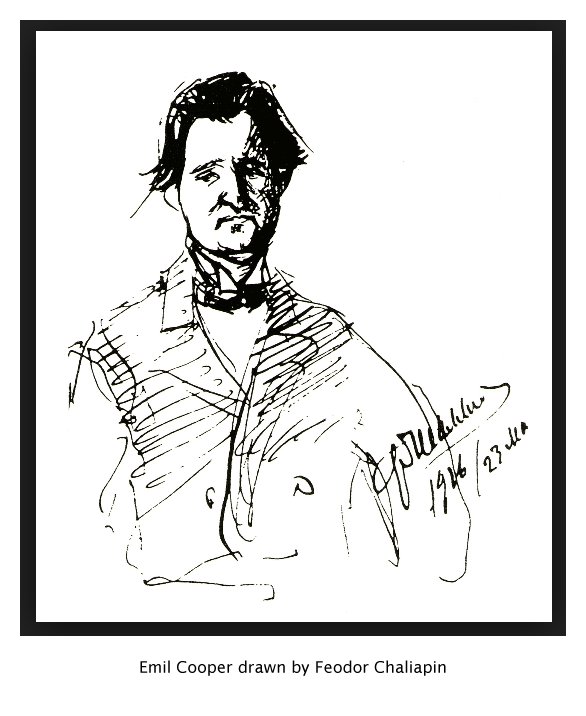 Emil Albertovich Cooper
(ru: Эмиль Альбертович Купер), also known as Emil Kuper (December 13
[OS December 1], 1877, Kherson – November 16, 1960, New York) was a
Russian conductor and violinist, of English ancestry. Emil Albertovich Cooper
(ru: Эмиль Альбертович Купер), also known as Emil Kuper (December 13
[OS December 1], 1877, Kherson – November 16, 1960, New York) was a
Russian conductor and violinist, of English ancestry.He graduated music school in Odessa as violinist and composer. Until 1898 he played recitals as violinist and learned conducting independently. He also studied conducting with Arthur Nikisch. In 1899 together with Leonid Sobinov and Feodor Chaliapin he performed on tour around Russia cities as operatic conductor. He conducted in a variety of locations in Russia, Western Europe and the USA during his career. He premiered Rimsky-Korsakov's opera The Golden Cockerel in 1909. Kuper / Cooper conducted the first performance of Reinhold Glière's epic Third Symphony, 'Ilya of Murom', on 23 March 1912. He also conducted Rimsky-Korsakov's Kashchey the Immortal in January 1917 at the Bolshoi Theatre in Moscow. Emil Cooper emigrated to the West in 1924. He was a long-time staff conductor at the Metropolitan Opera in New York. From 1944 until his death in 1960 Cooper conducted for Pauline Donalda's Opera Guild of Montreal. |
|
Finally, the administrators
|
Titles held by opera administrators in
Chicago
Harold McCormick - President 1910-1914, 1918-1922 Charles Gates Dawes - Vice President 1910-1914, 1918-1932 [1915-1918 there were no officers; McCormick and Dawes were Guarantors] Samuel Insull - President 1922-1932 [Guarantor 1915-1918; Board of Directors 1918-1922] Andreas Dippel - General Manager 1910-1913 Mary Garden - General Director 1921-1922 Herbert Witherspoon - Artistic Director 1930-31 |
| Oscar
Hammerstein I (8 May 1846 – 1 August 1919) was a businessman,
theater impresario and composer in New York City. His passion for opera
led him to open several opera houses, and he rekindled opera's
popularity in America. He was the grandfather of lyricist Oscar
Hammerstein II. Oscar Hammerstein I was born in Stettin (capital of the province of Pomerania), Kingdom of Prussia (now Szczecin, Poland), to German Jewish parents Abraham and Berthe Hammerstein. He took up the flute, piano, and violin at an early age. His mother died when he was fifteen years old. During his youth, Hammerstein's father desired him to continue with his education, wanting him to specialize in topics such as algebra, but Hammerstein desired to pursue music. After Oscar went skating in a park one day, his father found out and whipped him as punishment; this would spur Hammerstein to run away to North America. After selling his violin, Hammerstein ran away to Liverpool, and from there, took a three-month journey to the United States arriving in New York City in 1864. 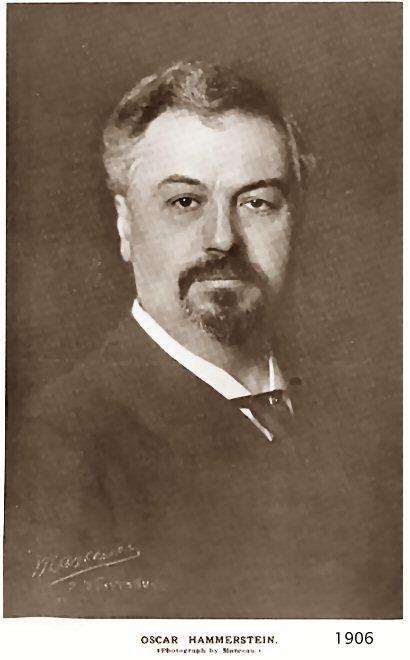 Hammerstein made ends meet initially by working at a
cigar factory on Pearl Street. He worked his way up to become a cigar
maker himself, and also founded the U.S Tobacco Journal. Hammerstein
would eventually become the owner of at least 80 patents, with most of
them being related to the machines he made for the cigar-making
process. Hammerstein's most well-known contribution to the cigar-making
process is adding an air-suctioning component to the traditional
cigar-making machines, and the component would hold down the tobacco
leaves firmly so that they could be cut more cleanly. Hammerstein made ends meet initially by working at a
cigar factory on Pearl Street. He worked his way up to become a cigar
maker himself, and also founded the U.S Tobacco Journal. Hammerstein
would eventually become the owner of at least 80 patents, with most of
them being related to the machines he made for the cigar-making
process. Hammerstein's most well-known contribution to the cigar-making
process is adding an air-suctioning component to the traditional
cigar-making machines, and the component would hold down the tobacco
leaves firmly so that they could be cut more cleanly.The initial machine only sold for $6,000, but later reinventions would boost his machine's worth to around $200,000. Another invention that Hammerstein created was a more efficient plumbing system for his sink when it had leaked one night. He also moonlighted as a theater manager in the downtown German theaters. He became wealthy industrializing cigar manufacturing, and his tobacco fortune provided the money he used to pursue his theater interests. Hammerstein built his first theater, the Harlem Opera House, on 125th Street in 1889, along with 50 housing developments. His second theater, the Columbus Theatre, was built in 1890 on the same street, featuring light theatrical productions. His third theater was the first Manhattan Opera House, built in 1893 on 34th Street. This failed as an opera house and was used, in partnership with Koster and Bial, to present variety shows. Hammerstein was displeased with the partnership to the point that it fell into bitterness: "When I get through with you, everybody will forget there ever was a Koster and Bial. I will build a house the likes of which has never been seen in the whole world.". He opened a fourth venue, the Olympia Theatre, on Longacre Square, where he presented a comic opera that he wrote himself, Santa Maria (1896). While it was positively received by the New York Times, Hammerstein's personal experience was less than peaceful, with the production being plagued by monetary issues with the cast and stage set. In the end, Hammerstein had profited only one-tenth of the costs that were put into the Santa Maria production. Nine years later, Longacre Square was renamed Times Square, and the area had become, through his efforts, a thriving theater district. Hammerstein built three more theaters there, the Victoria Theatre (1898), which turned to vaudeville presentation in 1904 and was managed by his son, Willie Hammerstein; the Theatre Republic was built in 1900 and leased to eccentric producer David Belasco, in 1901, and the Lew Fields Theatre for Lew Fields (half of the Vaudeville team Weber and Fields, and the father of lyricist Dorothy Fields), in 1904. He wrote a musical called Punch, Judy & Co. in 1903. Hammerstein also opened Hammerstein's Roof Garden above the Victoria and Republic theatres. In 1906, Hammerstein, dissatisfied with the Metropolitan Opera's productions, opened an eighth theater, his second Manhattan Opera House, to directly (and successfully) compete with it. He opened the Philadelphia Opera House in 1908, which, however, he sold early in 1910. He produced contemporary operas and presented the American premieres of Louise, Pelleas et Melisande, Elektra, Le Jongleur de Notre Dame, Thaïs, and Salome, as well as the American debuts of Mary Garden and Luisa Tetrazzini. Since the star soprano Nellie Melba was disenchanted with the Metropolitan, she deserted it for Hammerstein's company, rescuing it financially with a successful season. He also produced the successful Victor Herbert operetta Naughty Marietta in 1910. Hammerstein became famous during his opera years for putting noticeably large budgets out for his productions, Santa Maria being one example. More often than not, he would fall into financial trouble within a short period of time. The New York Times conducted an interview with Hammerstein, and when the interviewer asked him about his financial habits, Hammerstein responded: "Financially, I never undertake anything without plenty of ammunition. I am never afraid of being ambushed in this account. I decided that my preliminary contracts should be drawn up provisionally upon my success in securing the great stars. I always contemplated an honorable retreat." In the end, Hammerstein's high-quality productions were ultimately too expensive to sustain, and by his fourth opera season, he was going bankrupt. The costs at the Metropolitan, too, were skyrocketing, as the Metropolitan spent more and more in order to effectively compete. Hammerstein's son Arthur negotiated a payment of $1.2 million from the Metropolitan in exchange for an agreement not to produce grand opera in the United States for 10 years. With this money, Hammerstein built his tenth theater, the London Opera House, in London, where he again entered competition with an established opera house, Covent Garden's Royal Opera House. He had run through his money in two years and thereupon returned to America. During a trip to Paris, a special cable was sent to him out of curiosity asking whether he wanted to quit opera in New York, given that during his 1909-1910 opera seasons in New York and Philadelphia, Hammerstein had failed in successfully maintaining audiences in his two venues in each city. He simply responded by saying, "[Opera in New York is] what I'm here for. I can't say anymore." With money obtained selling the sole booking rights to the Victoria Theatre, he built his eleventh and final theatre, the Lexington Opera House. Unable to present opera there, he opened it as a movie theatre, selling it shortly thereafter. On April 28, 1910, Hammerstein officially ended producing opera, opting to solely focus on dramatic productions. All of his contracts and buildings of operation were turned over to the Metropolitan Opera Company. Hammerstein contracted kidney problems and paralysis, eventually permanently falling into a coma. He died in 1919 in Lenox Hill Hospital at Park Avenue and 77th Street in Manhattan. His contractual ban on presenting opera was due to expire in 1920; at his death he was busy planning his return to the opera stage. |
Andreas
Dippel (30 November 1866 – 12 May 1932) was a German-born
operatic tenor and impresario .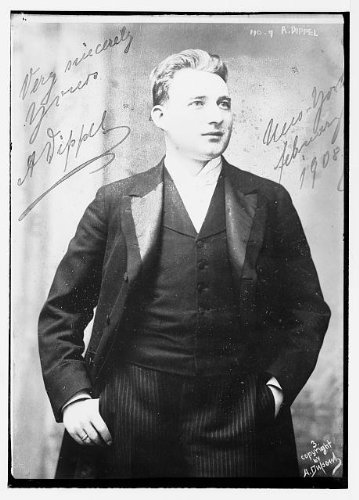 Born Johann Andreas Dippel in Kassel, Germany, he
initially trained for a banking career there, but also studied singing.
He made his stage debut in 1887 at the Bremen Stadttheater as Lionel in
Flotow's opera Martha and
continued to study singing with Julius Hey (Berlin), Alberto Leoni
(Milan) and Johann Ress (Vienna). He sang sang several smaller roles in
Bayreuth in 1889, and become a member of the Vienna State Opera in
1893. He sang there until 1898 in 27 roles, including Marcello in the
Vienna premiere of Leoncavallo's La
bohème. During that period he also sang in London's Royal
Opera House and at the New York Metropolitan Opera. Born Johann Andreas Dippel in Kassel, Germany, he
initially trained for a banking career there, but also studied singing.
He made his stage debut in 1887 at the Bremen Stadttheater as Lionel in
Flotow's opera Martha and
continued to study singing with Julius Hey (Berlin), Alberto Leoni
(Milan) and Johann Ress (Vienna). He sang sang several smaller roles in
Bayreuth in 1889, and become a member of the Vienna State Opera in
1893. He sang there until 1898 in 27 roles, including Marcello in the
Vienna premiere of Leoncavallo's La
bohème. During that period he also sang in London's Royal
Opera House and at the New York Metropolitan Opera.Dippel made his debut at the Metropolitan Opera on 26 November 1890 in the title role of Alberto Franchetti's Asrael for its United States premiere. He appeared with the company 392 times including three other US premieres – Antonio Smareglia's Il vassalo di Szigeth (1890), Ernest II, Duke of Saxe-Coburg and Gotha's Diana von Solange (1891), and Richard Strauss' Salome (1907). His final appearance at the Met was as Froh in Das Rheingold on 13 April 1908. Over his entire career as a tenor, he sang 150 roles, ranging from Don Ottavio in Mozart's Don Giovanni to a wide variety of Wagnerian parts, including the leading tenor roles in Lohengrin and Die Meistersinger von Nürnberg. He was known for his willingness to step into roles when his colleagues were ill and substituted for Jean de Reszke on several occasions. In 1908, Dippel became the joint manager of the Metropolitan Opera with Giulio Gatti-Casazza. He resigned his post in 1910, and from 1910 to 1913 managed the Philadelphia-Chicago Grand Opera Company, after which he formed the Dippel Opera Comique Company. The Dippel Opera Comique Company produced the Broadway premiere of Lilac Domino at the 44th Street Theatre on 28 October 1914. It ran for 109 performances and then toured the US. Rather less successful was Dippel's next Broadway production, The Love Mill, which opened at the 48th Street Theatre on 17 February 1918 and closed five weeks later after 52 performances. Dippel had his own opera school at the Ithaca Conservatory of Music in the 1920s, and in his later years, worked in the movie industry as a voice coach and musical advisor. Andreas Dippel died of heart disease at the age of 65 in Hollywood, California on 12 May 1932. |
Harold
Fowler McCormick (May 2, 1872 — October 16, 1941) was an
American businessman. He was chairman of the board of International
Harvester Company and a member of the McCormick family.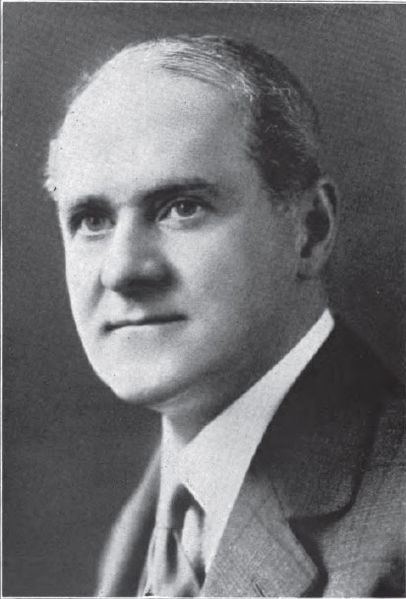 Harold was born on May 2, 1872 to inventor Cyrus Hall
McCormick (1809—1884) and Nancy Fowler (1835—1923).[2] In 1895 he
married Edith Rockefeller (1872—1932), the youngest daughter of
Standard Oil co-founder John Davison Rockefeller (1839—1937) and
schoolteacher Laura Celestia "Cettie" Rockefeller (1839—1915). Harold
and Edith had five children (the eldest two died young) before
divorcing in December 1921. He became the third inaugural trustee of
the Rockefeller Foundation. He was also a trustee of the
Rockefeller-created University of Chicago. Harold was born on May 2, 1872 to inventor Cyrus Hall
McCormick (1809—1884) and Nancy Fowler (1835—1923).[2] In 1895 he
married Edith Rockefeller (1872—1932), the youngest daughter of
Standard Oil co-founder John Davison Rockefeller (1839—1937) and
schoolteacher Laura Celestia "Cettie" Rockefeller (1839—1915). Harold
and Edith had five children (the eldest two died young) before
divorcing in December 1921. He became the third inaugural trustee of
the Rockefeller Foundation. He was also a trustee of the
Rockefeller-created University of Chicago.As an officer of the Aero Club of Illinois, founded February 10, 1910, McCormick became the third president in 1912, following Octave Chanute and James E. Plew. In 1914, McCormick, Plew, and Bion J. Arnold attempted to form a commuter airline which they announced would begin service in May, "using seaplanes to ferry passengers between various North Shore suburbs and Grant Park and the South Shore Country Club. Lake Shore Airline, which had two seaplanes, was intended to be a profit-making venture charging a steep twenty-eight-dollar round-trip fare between Lake Forest and downtown Chicago on four daily scheduled circuits. However, Chicago's irregular weather, especially the crosswinds, made a shamble of schedules, and the airline disappeared before the end of the year." After his divorce from Edith, Harold married opera singer Ganna Walska. They divorced in 1931. During the transition period between these two women, McCormick sought to fortify himself by undergoing an operation by Serge Voronoff, a surgeon who specialized in transplanting animal glands into aging men with impotency. He resided at 1000 Lake Shore Drive in Chicago. Harold became chairman of the board of International Harvester Company in 1935, replacing his older brother Cyrus Jr. He died on October 16, 1941. Orson Welles claimed that McCormick's lavish promotion of his second wife's opera career—despite her renown as a terrible singer—was a direct influence on the screenplay for Citizen Kane, wherein the titular character does much the same for his second wife. (Samuel Insull, Thomas Edison's private secretary and later president of a utilities holding empire that included Commonwealth Edison, built the Chicago Civic Opera House for his wife, Gladys Wallis, and was another influence, along with actresses Hope Hampton and Marion Davies.) |
| Charles Gates Dawes (August 27,
1865 – April 23, 1951) was an American banker and politician who was
the 30th Vice President of the United States (1925–1929). For his work
on the Dawes Plan for World War I reparations he was a cowinner of the
Nobel Peace Prize in 1925. Dawes served in the First World War, was the
Comptroller of the Currency, the first director of the Bureau of the
Budget, and, in later life, the Ambassador to the United Kingdom. Dawes was born in Marietta, Ohio in Washington County, the son of an Civil War officer Rufus Dawes and Mary Beman Gates Dawes. He graduated from Marietta College in 1884, and from the Cincinnati Law School in 1886. 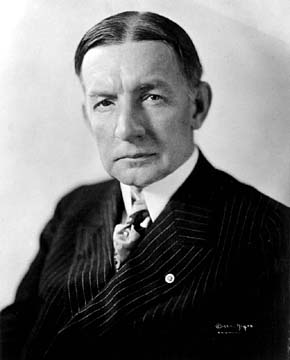 Dawes
was admitted to the bar in Nebraska, and he practiced in Lincoln,
Nebraska from 1887 to 1894. When Lieutenant John Pershing, the future
Army general, was appointed as a military instructor at the University
of Nebraska while attending its law school, he and Dawes became
acquainted and formed a lifelong friendship. Dawes
was admitted to the bar in Nebraska, and he practiced in Lincoln,
Nebraska from 1887 to 1894. When Lieutenant John Pershing, the future
Army general, was appointed as a military instructor at the University
of Nebraska while attending its law school, he and Dawes became
acquainted and formed a lifelong friendship.Dawes was the great-great-grandson of the Revolutionary War figure William Dawes and the son of Brigadier General Rufus Dawes, who commanded the 6th Wisconsin regiment of the Iron Brigade from 1863 to 1864 during the American Civil War. His brothers were Rufus C. Dawes, Beman Gates Dawes, and Henry May Dawes, all prominent businessmen or politicians. He also had two sisters, Mary B. and Betsy D. Dawes. In 1894, Dawes acquired interests in a number of Midwestern gas plants, and he became the president of both the La Crosse Gas Light Company in La Crosse, Wisconsin and the Northwestern Gas Light and Coke Company in Evanston, Illinois. Dawes was a self-taught pianist and a composer. His composition, "Melody in A Major" in 1912 became a well-known piano and violin song, and it was played at many official functions as his signature tune. It was transformed into the pop song "It's All in the Game" in 1951 when Carl Sigman added lyrics. Tommy Edwards' recording of "It's All in the Game" was a number one hit on the American Billboard record chart for six weeks in the fall of 1958. Edwards' version of the song also hit number one on the United Kingdom chart that year. Since then, it has since become a pop standard, recorded hundreds of times by artists including Cliff Richard, The Four Tops, Isaac Hayes, Jackie DeShannon, Van Morrison, Nat "King" Cole, Brook Benton, Elton John, Mel Carter,Donny and Marie Osmond, Barry Manilow, and Keith Jarrett. Dawes is the only Vice-President or winner of the Nobel Peace Prize to be credited with a No. 1 pop hit. ------- [The following is mostly from another source - dated December 24, 1923] Another Chicagoan who is a financier-musician is Charles Gates Dawes, recently director of the budget. Mr. Dawes helps to direct the Chicago Opera, plays a leading part in the management of the famous Chicago Symphony orchestra and has put many a budding artist in the way of becoming a celebrity. Mr. Dawes is a practical musician. When he was a youth in his home town of Marietta, O., he found that the local brass band was lame, because no one could play the flute. The boy showed the energetic qualities that were to distinguish him later in life by taking a course on the instrument and mastering it, thus completing the band's personnel. Besides the flute, Mr. Dawes plays the piano and composes, and there is many a song and march locked up in the Dawes desk. He composed a melody that Fritz Kreisler, the noted violinist, often played as an encore. Of Mr. Dawes' proteges, Francis McMillen, the violinist, has achieved national renown. ------- 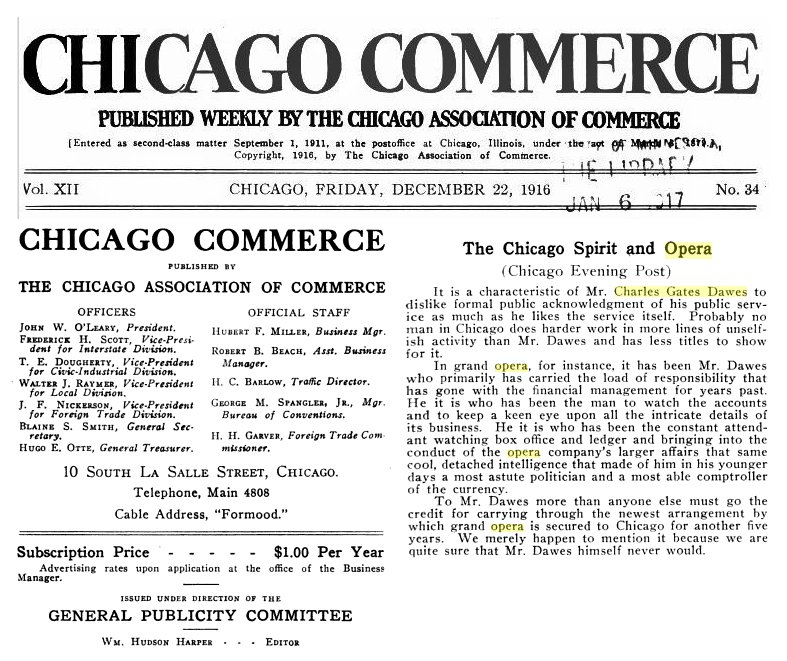 |
| Samuel
Insull (November 11, 1859 – July 16, 1938) was a British-born
American business magnate whose vast Midwest holding company empire
collapsed in the 1930s. He was an innovator and investor based in
Chicago who greatly contributed to creating an integrated electrical
infrastructure in the United States. Insull was notable for purchasing
utilities and railroads using holding companies. After his business
enterprises collapsed during the Great Depression he was accused of
profiting personally by selling worthless stock to unsuspecting
investors who trusted him because of his position and reputation. When
they collapsed in 1932, he fled to Europe; extradited in 1934, he
was tried three times for fraud, violation of bankruptcy laws, and
embezzlement but was acquitted each time. He was also responsible for the building of the Chicago Civic Opera House in 1929. Samuel Insull was born in London, the son of Samuel Insull, a tradesman and lay preacher who was active in the Temperance movement, and Emma Short. He had a brother Martin Insull. His career began as an apprentice clerk for various local businesses at age 14. He went on to become a stenographer at Vanity Fair. Through a newspaper ad, the 19 year old became the switchboard operator for the London office of Edison's telephone companies. When he learned of a job with Edison in the US, Insull indicated he would be glad to have it, provided it was as Thomas Edison's personal secretary. In 1881, at the age of 21, Insull emigrated to the US, complete with side whiskers to make him appear older than his years. In the decade that followed, Insull took on increasing responsibilities in Edison's business endeavors, building electrical power stations throughout the US. With several other Edison Pioneers, he founded Edison General Electric, which later became the publicly held company now known as General Electric. Insull rose to become vice-president of General Electric, but was unhappy at not being named its president. When the presidency went to someone else, Insull moved to Chicago as head of the Chicago Edison Company. Another consideration is that he was caught between opposing factions when J.P.Morgan combined Thomson-Houston and General Electric to form the new company. Those loyal to Edison accused Insull of selling out, and in fact he did welcome the infusion of capital from Vanderbilt, J.P.Morgan and others as necessary for the company's future development. Edison quickly forgave him, but others did not, and it seemed a good idea to get out of town. 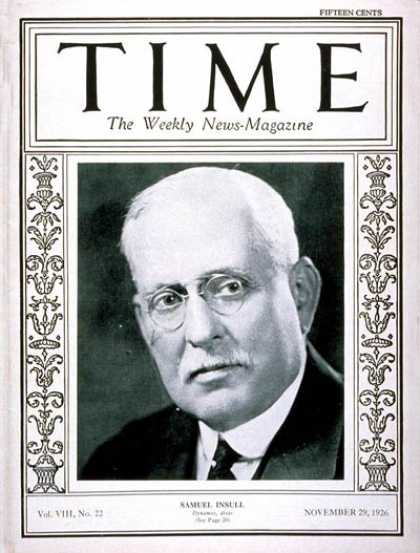 The Western Edison Light Co. was founded in Chicago in
1882, three years after Edison developed a practical light bulb. In
1887, Western Edison became the Chicago Edison Co. Insull left General
Electric and moved to Chicago in 1892, where he became president of
Chicago Edison that year. Chicago Edison was struggling, losing money,
until Insull discovered a way to make it profitable during a Christmas
visit to Brighton, England in 1894. To his surprise, he saw that the
shops were closed, but every light in them was burning; something that
never happened in the US. Finding the head of the town's electric
company, he asked him how this could happen and was told the secret to
it was not a flat rate bill, but use of a demand metered billing
system, measuring not only total power consumption, but a set of rates
for low-demand and high-demand electric use times. By 1897, Insull had
worked out his formulas enough to offer Chicago electric customers
two-tiered electric rates. With the new system, many homeowners found
their bills lowered by 32 percent within a year. In 1897, he
incorporated another electric utility, the Commonwealth Electric Light
& Power Co. In 1907, Insull's two companies formally merged to
create the Commonwealth Edison Co. As more people became connected to
the electric grid, Insull's company, which had an exclusive franchise
from the city, grew steadily. By 1920, when it used more than two
million tons of coal annually, the company's 6,000 employees served
about 500,000 customers; annual revenues reached nearly $40 million.
During the 1920s, its largest generating stations included one on Fisk
Street and West 22nd and one on Crawford Avenue and the Sanitary Canal. The Western Edison Light Co. was founded in Chicago in
1882, three years after Edison developed a practical light bulb. In
1887, Western Edison became the Chicago Edison Co. Insull left General
Electric and moved to Chicago in 1892, where he became president of
Chicago Edison that year. Chicago Edison was struggling, losing money,
until Insull discovered a way to make it profitable during a Christmas
visit to Brighton, England in 1894. To his surprise, he saw that the
shops were closed, but every light in them was burning; something that
never happened in the US. Finding the head of the town's electric
company, he asked him how this could happen and was told the secret to
it was not a flat rate bill, but use of a demand metered billing
system, measuring not only total power consumption, but a set of rates
for low-demand and high-demand electric use times. By 1897, Insull had
worked out his formulas enough to offer Chicago electric customers
two-tiered electric rates. With the new system, many homeowners found
their bills lowered by 32 percent within a year. In 1897, he
incorporated another electric utility, the Commonwealth Electric Light
& Power Co. In 1907, Insull's two companies formally merged to
create the Commonwealth Edison Co. As more people became connected to
the electric grid, Insull's company, which had an exclusive franchise
from the city, grew steadily. By 1920, when it used more than two
million tons of coal annually, the company's 6,000 employees served
about 500,000 customers; annual revenues reached nearly $40 million.
During the 1920s, its largest generating stations included one on Fisk
Street and West 22nd and one on Crawford Avenue and the Sanitary Canal.Insull began purchasing portions of the utility infrastructure of the city. When it became clear that Westinghouse's support of alternating current was to win out over Edison's direct current, Insull switched his support to AC in the War of Currents. His Chicago area holdings came to include what is now Federal Signal Corporation, Commonwealth Edison, Peoples Gas, and the Northern Indiana Public Service Company, and held shares of many more utilities. Insull also owned significant portions of many railroads, mainly electric interurban streetcar lines, including the Chicago North Shore and Milwaukee Railroad, Chicago Rapid Transit Company, Chicago Aurora and Elgin Railroad, Gary Railways, and Chicago South Shore and South Bend Railroad. He helped modernize these railroads and others. As a result of owning these diverse companies, Insull is credited with being one of the early proponents for regulation of industry. He saw that federal and state regulation would recognize electric utilities as natural monopolies, allowing them to grow with little competition and to sell electricity to broader segments of the market. He used economies of scale to overcome market barriers by cheaply producing electricity with large steam turbines. This made it easier to put electricity into homes. Samuel Insull also had interests in broadcasting. Through his long association with Chicago's Civic Opera, he thought the new medium of radio broadcasting would be a way to bring opera performances into people's homes. On hearing of the work of Westinghouse to establish a radio station in Chicago, he contacted the company. Together the two companies arranged for a radio station to be built in Chicago which would be operated jointly by Commonwealth Edison and Westinghouse. KYW's first home was the roof of the Edison Company building at 72 West Adams Street in Chicago, and it went on the air November 11, 1921. It was Chicago's first radio station. Though the partnership came to an end in 1926, with Westinghouse buying out Edison's interest in KYW, Insull's interest in broadcasting did not stop there. He formed the Great Lakes Broadcasting Company in 1927 and purchased Chicago radio stations WENR and WCBN; the two stations were merged on June 1, 1927, with Insull paying a million dollars for WENR alone. Insull moved the stations first into the Strauss Building, then into the Chicago Civic Opera House, where WENR became an affiliate of the NBC Blue Network. Insull's Great Lakes Broadcasting Company also included a mechanical television station, W9XR, which began in 1929 after the company installed the first 50,000 watt radio transmitter in Chicago for its two radio stations. When Insull's fortune started to fade, he sold both WENR and WCBN along with W9XR, to the National Broadcasting Company in March 1931. Two years after its purchase of the radio stations and the mechanical television station, NBC shut W9XR just as it had done with W9XAP, which came with its purchase of WMAQ (AM). On May 22, 1899, Samuel Insull married a "tiny, exquisitely beautiful and clever" Broadway ingénue actress whose stage name was (Alis) Gladys Wallis (1875–September 23, 1953). Her real name was Margaret Anna Bird. Gladys Wallis was popular with New York audiences and appeared in W. H. Crane's company first in the play For Money in 1892 and in his subsequent productions. Gladys played the role of Maggie Rolan in Brother John (1893); a New York Times reviewer listed her as one of the most popular players, one who "deserved quite all the applause [she] received." Prior to her marriage to Insull, Gladys also appeared on the New York stage in On Probation and Worth a Million. At the time of their marriage, Insull was 41 and Gladys was 24. She had been on the stage from childhood. The Insulls lived outside Libertyville, Illinois, in a Spanish Revival mansion with extensive grounds now known as the Cuneo Museum, in Vernon Hills. They also had an apartment at 1100 North Lake Shore Drive in the city and a furnished suite at the Civic Opera House. The Insulls had one son, Samuel Jr. Both husband and wife were patrons of the Arts; because of this Insull was instrumental in the building of Chicago's Civic Opera House, which opened November 4, 1929 with Aïda; the opera and its cast were chosen by Insull himself. Samuel Insull was also known for his charitable works in other areas; donating large sums of money to local hospitals and then calling on others with similar resources to do the same. He donated freely to African-American charities in Chicago, asking the wealthy to follow his example. At the time the US entered World War I, Insull was named head of the Illinois Defense Council by President Woodrow Wilson; his efforts sold over a million dollars of War Bonds. In Illinois, Insull had long battled with Harold L. Ickes over concerns that Insull was exploiting his customers. Upon the promotion of Ickes to Interior Secretary in 1933, Insull had a powerful foe in the Roosevelt administration. Insull controlled an empire of $500 million with only $27 million in equity. (Due to the highly-leveraged structure of Insull's holdings, he is sometimes wrongly credited with the invention of the holding company.) His holding company collapsed during the Great Depression, wiping out the life savings of 600,000 shareholders. This led to the enactment of the Public Utility Holding Company Act of 1935. Insull fled the country initially to France. When the United States asked French authorities that he be extradited, Insull moved on to Greece, where there was not yet an extradition treaty with the US. He was later arrested and extradited back to the United States by Turkey in 1934 to face federal prosecution on mail fraud and antitrust charges. He was defended by famous Chicago lawyer Floyd Thompson and found not guilty on all counts. According to The New York Times, Mr. and Mrs. Insull had arrived in Paris to see the Bastille Day festivities. Insull suffered from a heart ailment, and his wife Gladys had asked him not to take the Métro because it was bad for his heart. Nevertheless, Insull had made frequent declarations that he was "now a poor man" and descended a long flight of stairs at the Place de la Concorde station and died of a heart attack just as he stepped toward the ticket taker; he had 30 francs (eighty four cents) in his pocket at the time and was identified by a hotel laundry bill in his pocket. Insull was receiving an annual pension totaling $21,000 from three of his former companies when he died. Insull was buried near his parents on July 23, 1938 in Putney Vale Cemetery, London, the city of his birth. His estate was found to be worth about $1,000 and his debts totaled $14,000,000, according to his will. Everyone thought Edison and Insull were making a big mistake and that generators should be like furnaces, with one in every building, especially since these realized a quick return on investment. But Edison wired up Manhattan and Insull went West and wired up Chicago. Insull also invented the regulated monopoly, a uniquely American institution that included utility companies and later, AT&T. This came from a combination of his business persona and his political savvy. On the one hand, he abhorred the waste of competing power producers, whose inefficiency would often double the cost of production. On the other hand he believed in the citizen's right to fair treatment. So while he bought up rival companies and created a monopoly, he kept his prices low and campaigned vigorously for regulation. Although it is commonly thought to be a fictionalized biography of William Randolph Hearst, Orson Welles' film Citizen Kane is in part based on the life of Samuel and Gladys Insull. In June 1925, after a 26-year absence, Gladys Wallis Insull returned to the stage in a charity revival of The School for Scandal that ran two weeks in Chicago. When the performance was repeated on Broadway in October 1925, Herman J. Mankiewicz — then the third-string theatre critic for The New York Times — was assigned to review the production. After her opening-night performance in the role of Lady Teazle, drama critic Mankiewicz returned to the press room "full of fury and too many drinks," wrote biographer Richard Meryman: He was outraged by the spectacle of a 56-year-old millionairess playing a gleeful 18-year-old, the whole production bought for her like a trinket by a man Herman knew to be an unscrupulous manipulator. Herman began to write: "Miss Gladys Wallis, an aging, hopelessly incompetent amateur, opened last night in…" Then Herman passed out, slumped over the top of his typewriter. Mankiewicz resurrected the experience in writing the screenplay for Citizen Kane, incorporating it into the narrative of drama critic Jedediah Leland. After Kane's second wife makes her catastrophic opera debut, Leland returns to the press room drunk and passes out over the top of his typewriter after writing the first sentence of his review: "Miss Susan Alexander, a pretty but hopelessly incompetent amateur…" Like that of Samuel Insull, the life of Charles Foster Kane ends in bankruptcy and disgrace. 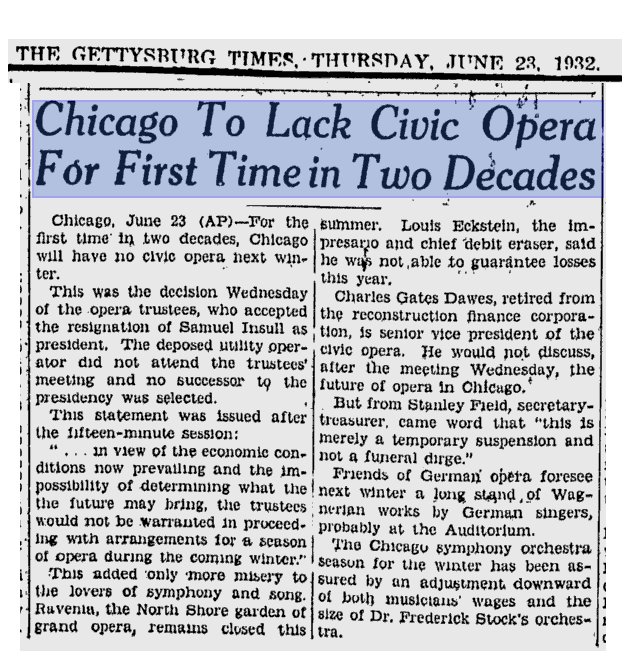 |
Herbert
Witherspoon (July 21, 1873 – May 10, 1935) was an American bass
singer and opera manager.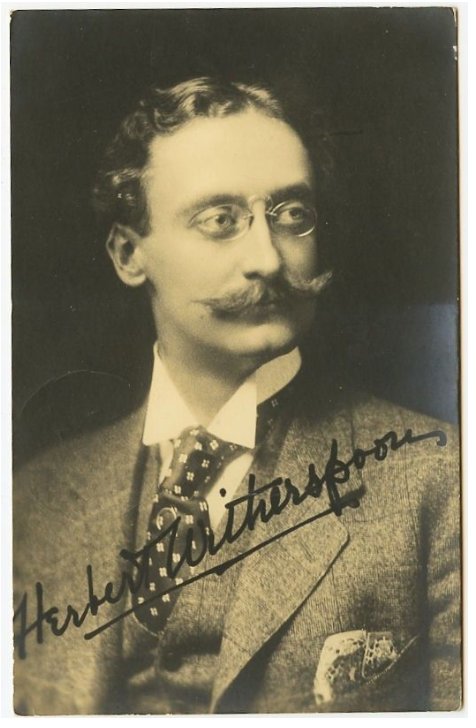 A native of Buffalo, New York, Herbert Witherspoon graduated from Yale University in 1895 where he had performed as a member of the Glee Club. After leaving school he studied music with Horatio Parker, Edward MacDowell, and Gustav Stoeckel. Witherspoon also studied singing with Walter Henry Hall and Max Treumann in New York. For further study he traveled to Europe. He worked in Paris with Jean-Baptiste Faure and Jacques Bouhy and in Milan with Francesco Lamperti and also studied in London and Berlin. Witherspoon made his singing debut in 1898 with a small company in New York, and soon was making many appearances in concert and in oratorios. On November 26, 1908, he made his debut with the Metropolitan Opera as Titurel in Richard Wagner's Parsifal. He remained on its roster until 1916, where he distinguished himself in such roles as Sarastro, King Marke, Pogner, the Landgrave, and Gurnemanz, at which point he chose to concentrate on teaching. One of his students was Mabel Garrison. Witherspoon made many recordings for the Victor Talking Machine Company between 1907-17. 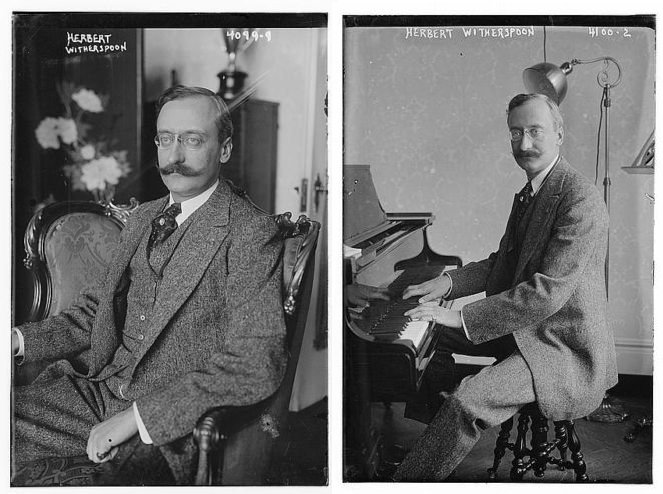 In 1922 Herbert Witherspoon founded the American Academy of Teachers of Singing, subsequently serving as its first president. In 1925 Witherspoon became president of the Chicago Musical College. In 1930 he became artistic director of the Chicago Civic Opera, and in 1931 took over as president of the Cincinnati Conservatory. On the strength of his work in these positions, Witherspoon was named to succeed Giulio Gatti-Casazza when the latter retired as General Manager of the Metropolitan. But barely six weeks into his term he collapsed dead at his desk from a heart attack while meeting with his assistant, Edward Ziegler. Witherspoon was succeeded as general manager by tenor Edward Johnson. Herbert Witherspoon published Singing: A Treatise for Teachers and Students (New York, 1925) and 36 Lessons in Singing for Teacher and Student (Chicago, 1930). 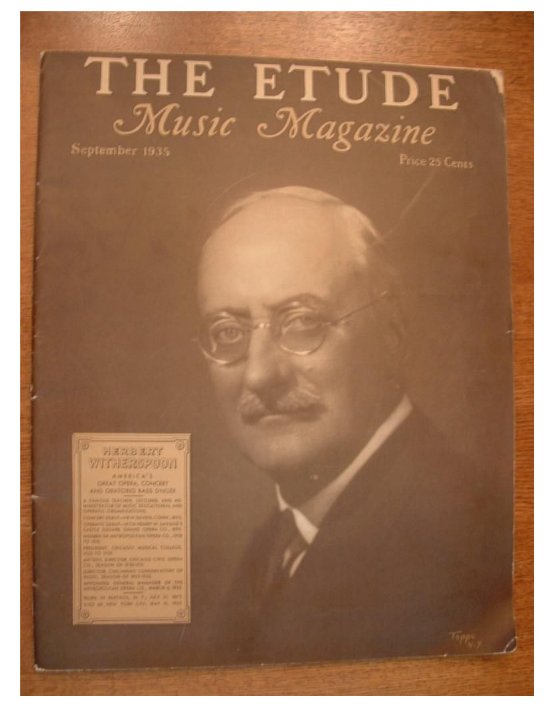 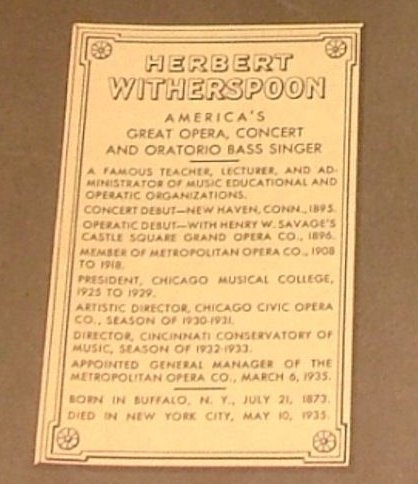 |
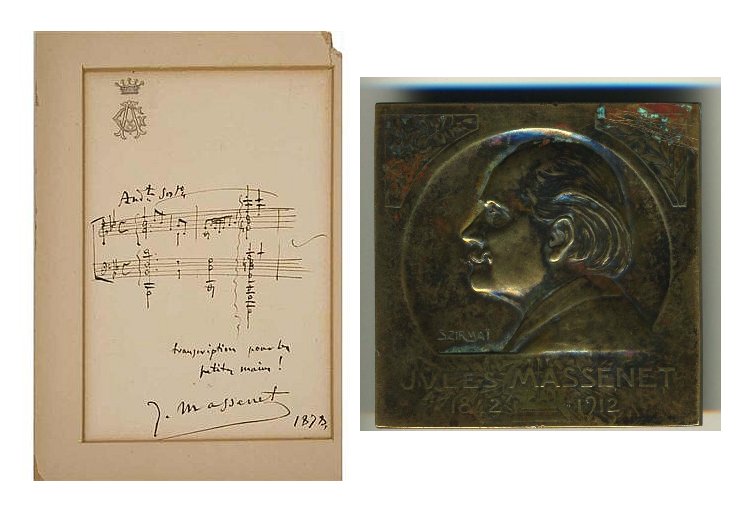
© 1984 Bruce Duffie [Text of article only]
The original article (including the chart) was published in the
Massenet Newsletter in January
of 1984. It was slightly re-edited, the photos and other
materials were added and it was
posted on this
website early in 2014.
To see a full list (with links) of interviews which have been transcribed and posted on this website, click here.
Award - winning broadcaster Bruce Duffie was with WNIB, Classical 97 in Chicago from 1975 until its final moment as a classical station in February of 2001. His interviews have also appeared in various magazines and journals since 1980, and he now continues his broadcast series on WNUR-FM, as well as on Contemporary Classical Internet Radio.
You are invited to visit his website for more information about his work, including selected transcripts of other interviews, plus a full list of his guests. He would also like to call your attention to the photos and information about his grandfather, who was a pioneer in the automotive field more than a century ago. You may also send him E-Mail with comments, questions and suggestions.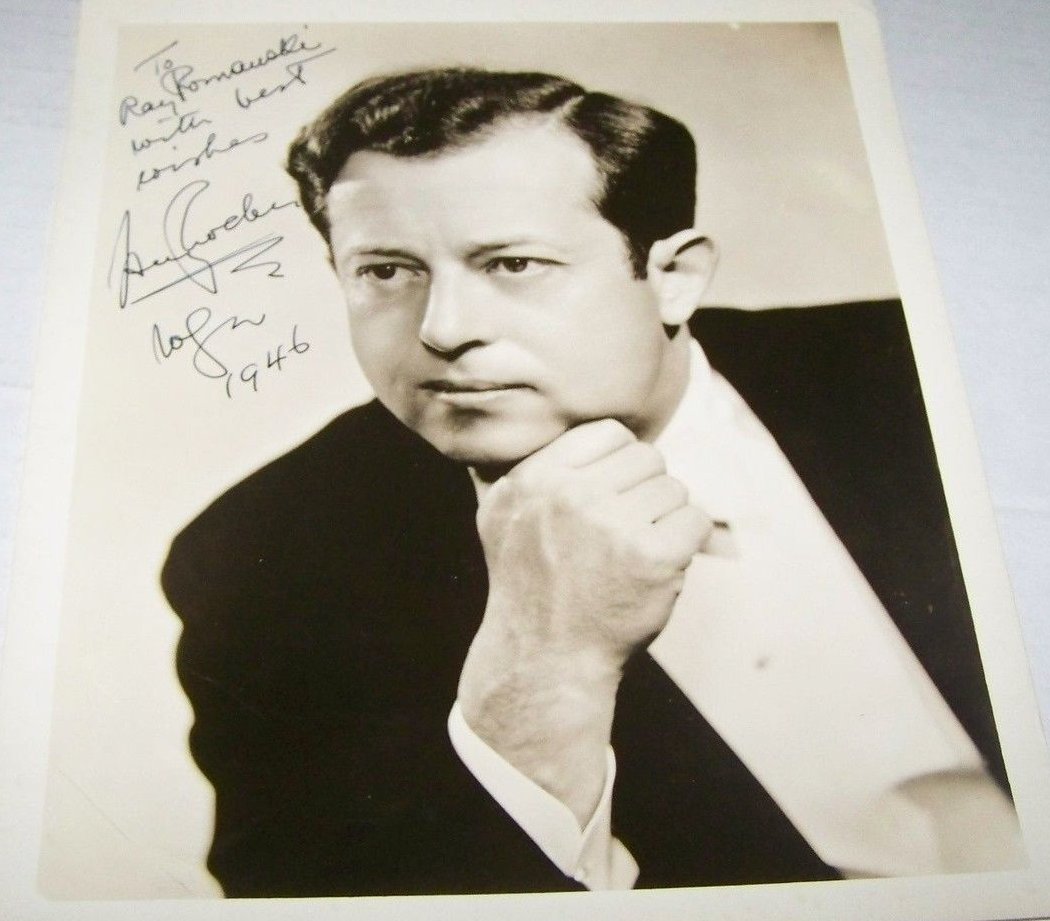
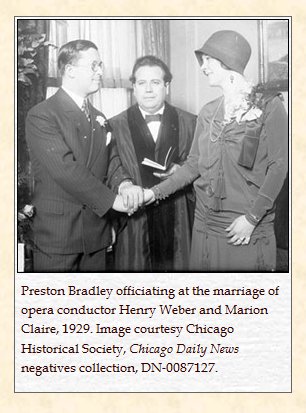 In 1929, he left Chicago to conduct at the Opera House
in Florence,
Italy, where he became the first American to conduct opera in Italy.
In 1929, he left Chicago to conduct at the Opera House
in Florence,
Italy, where he became the first American to conduct opera in Italy.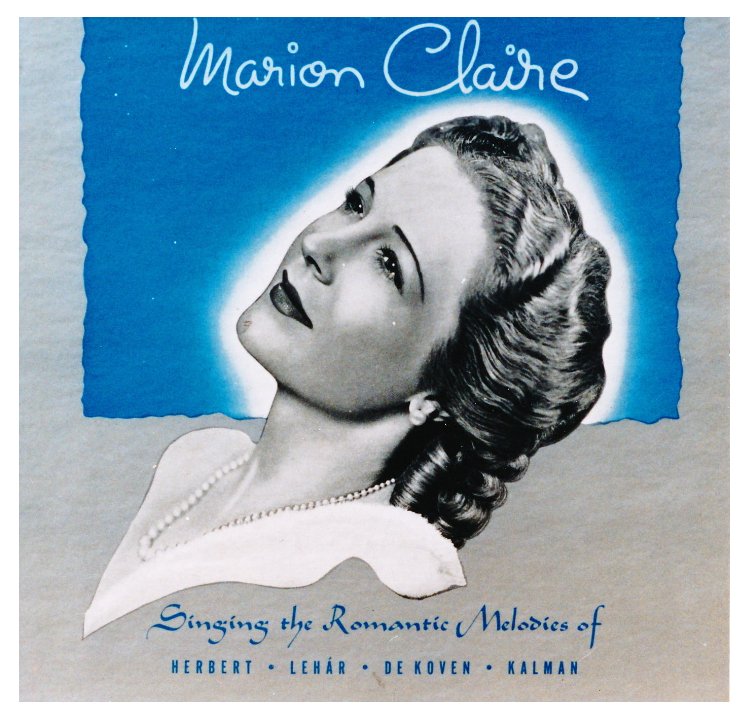
 Marion Claire
Marion Claire